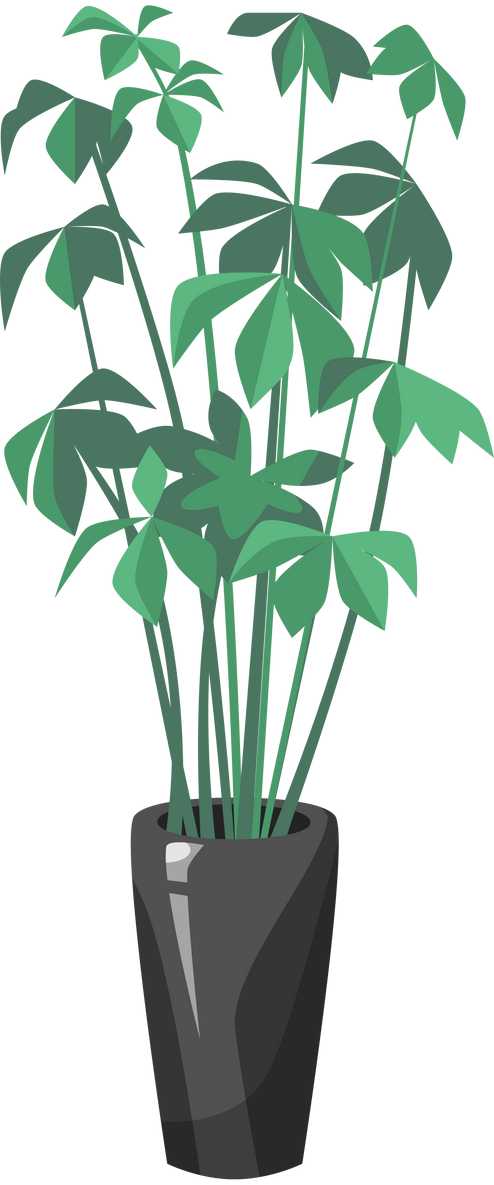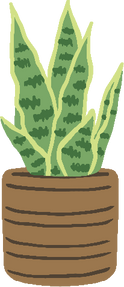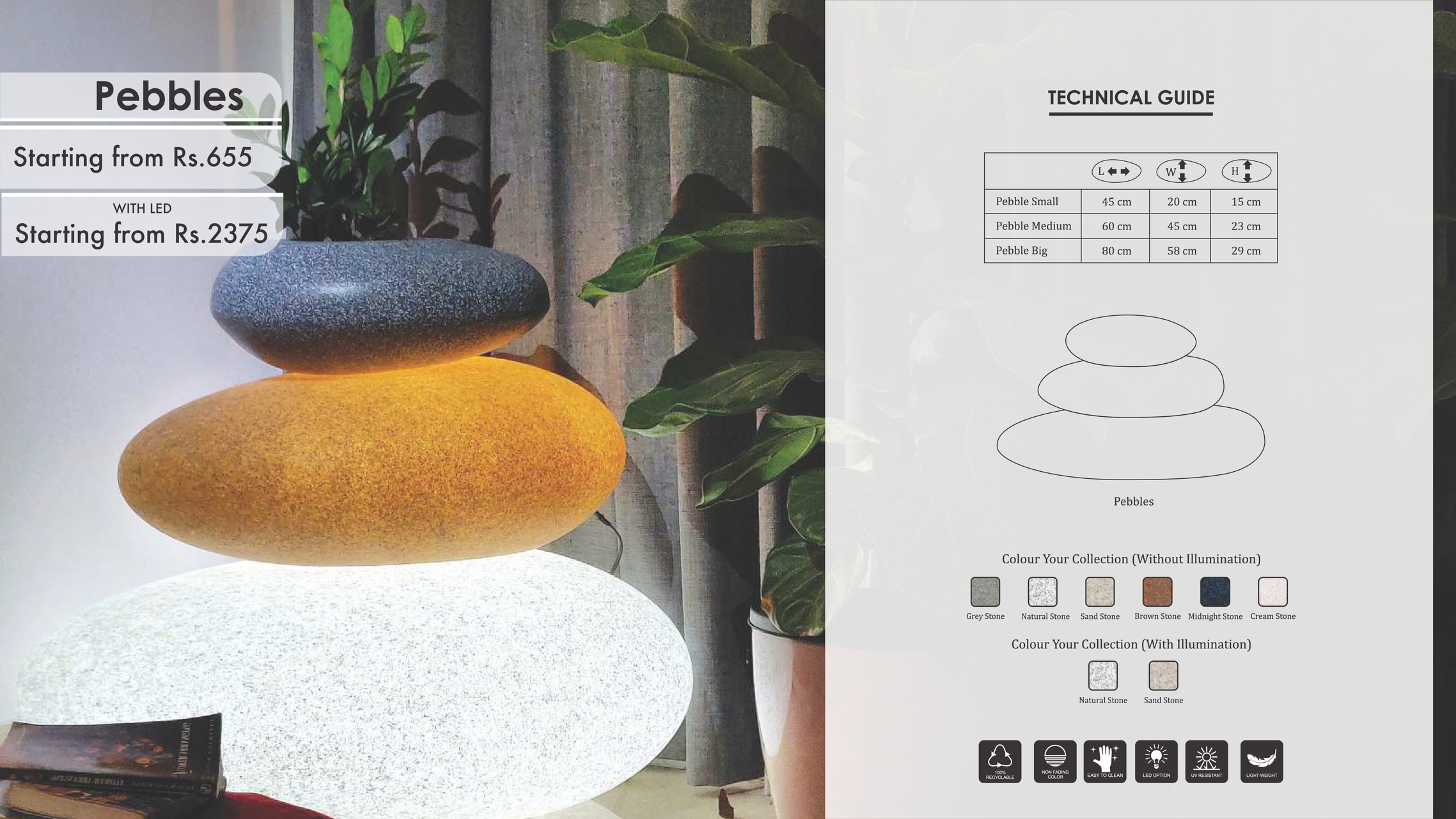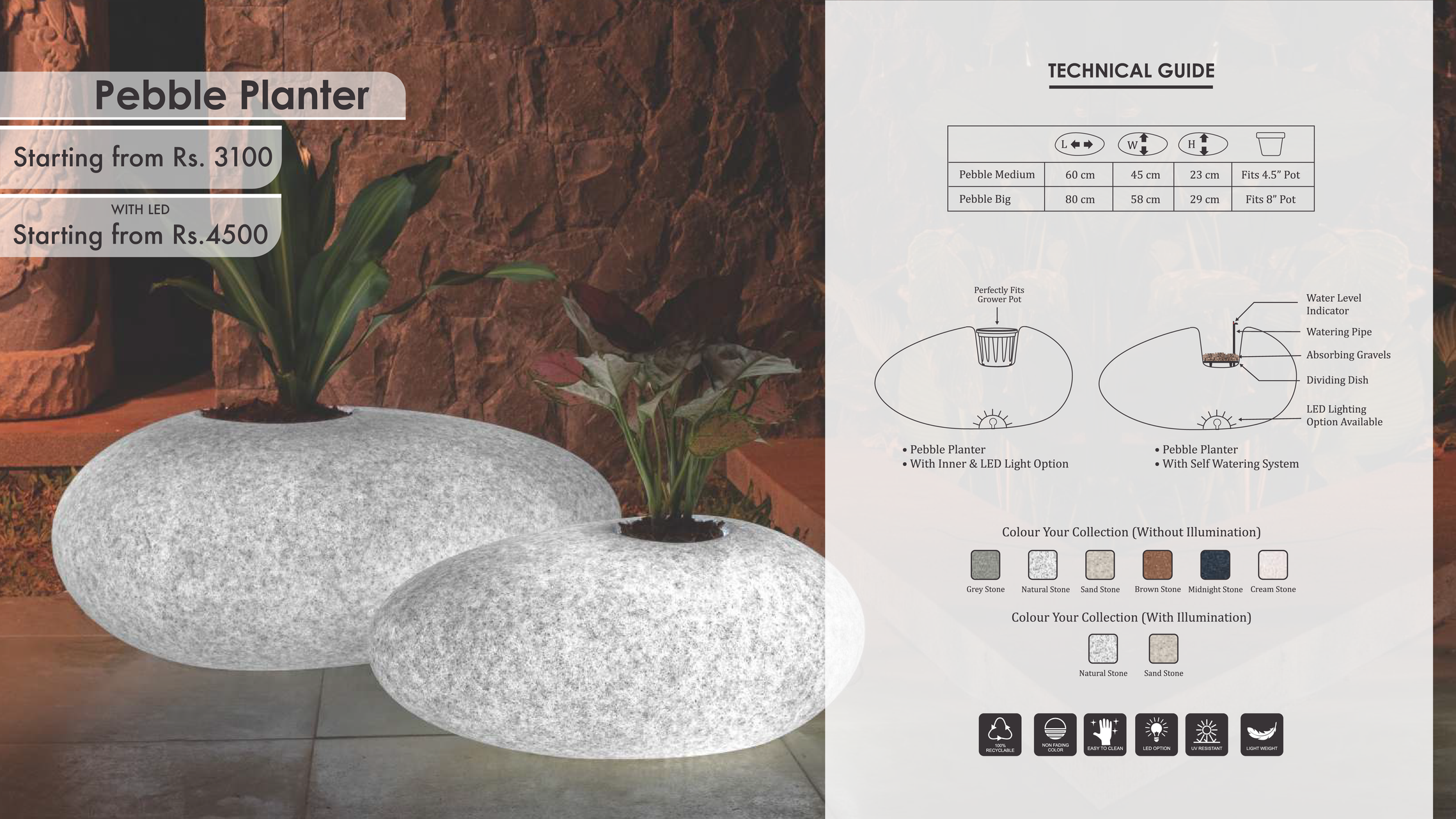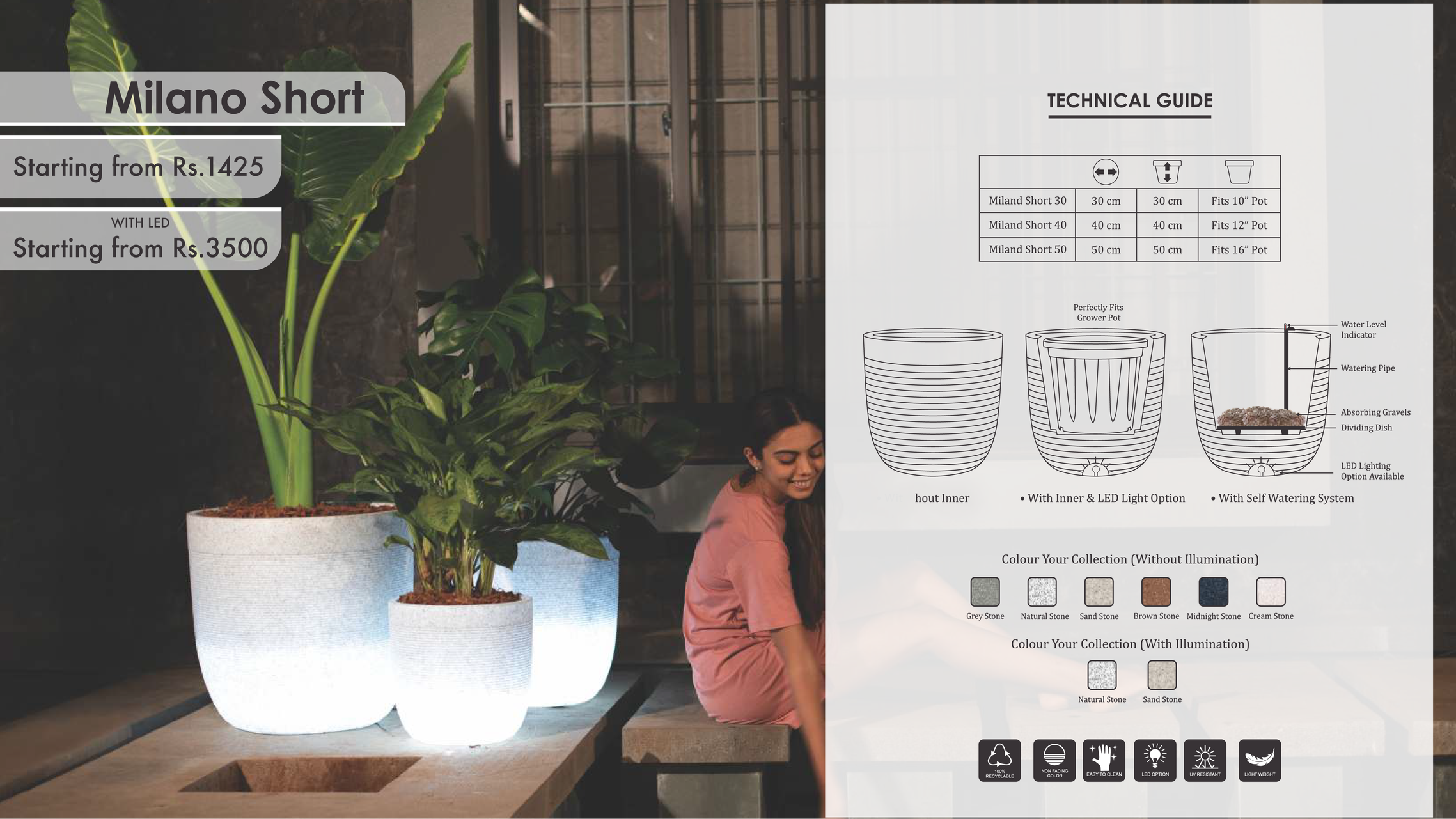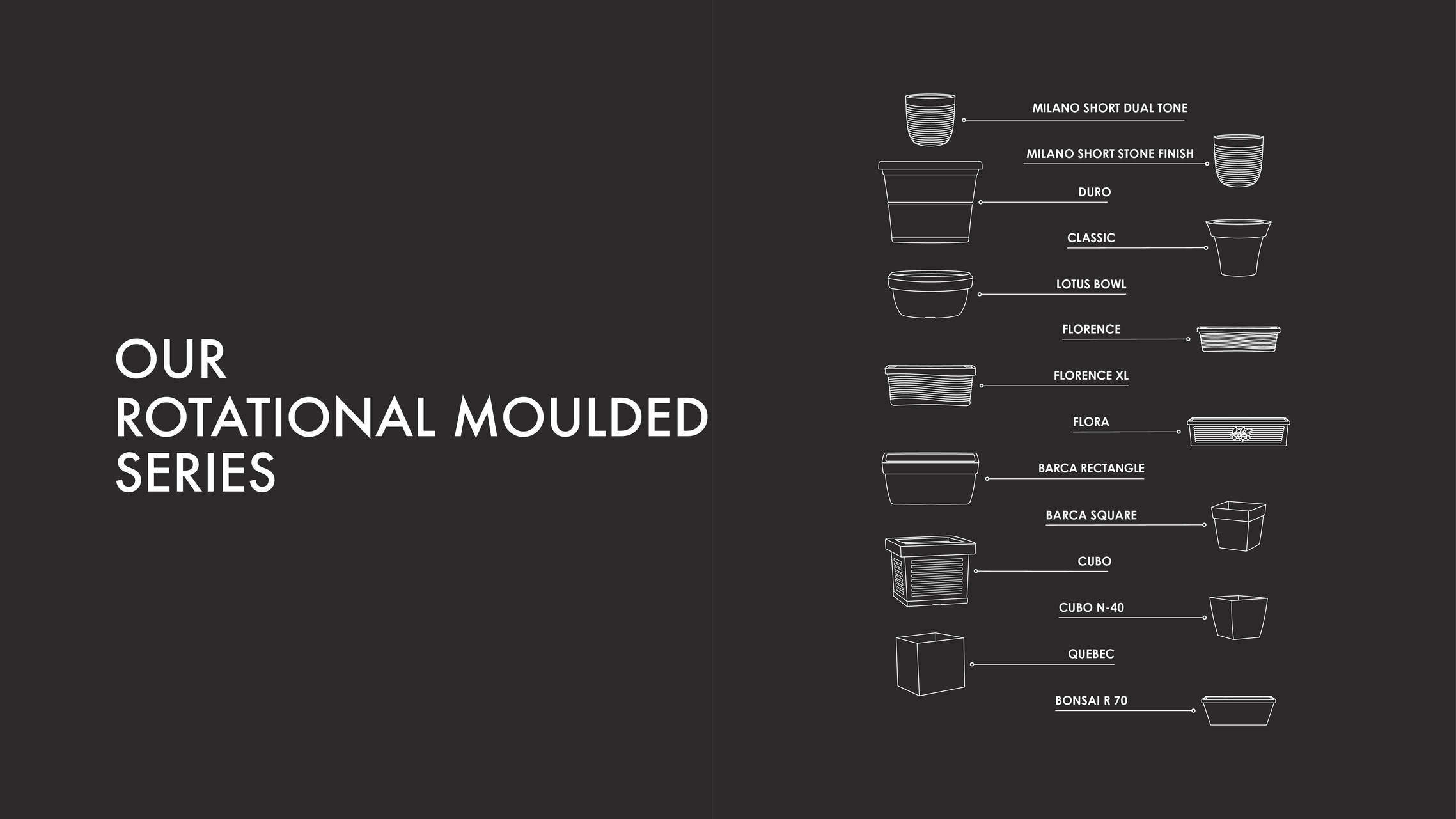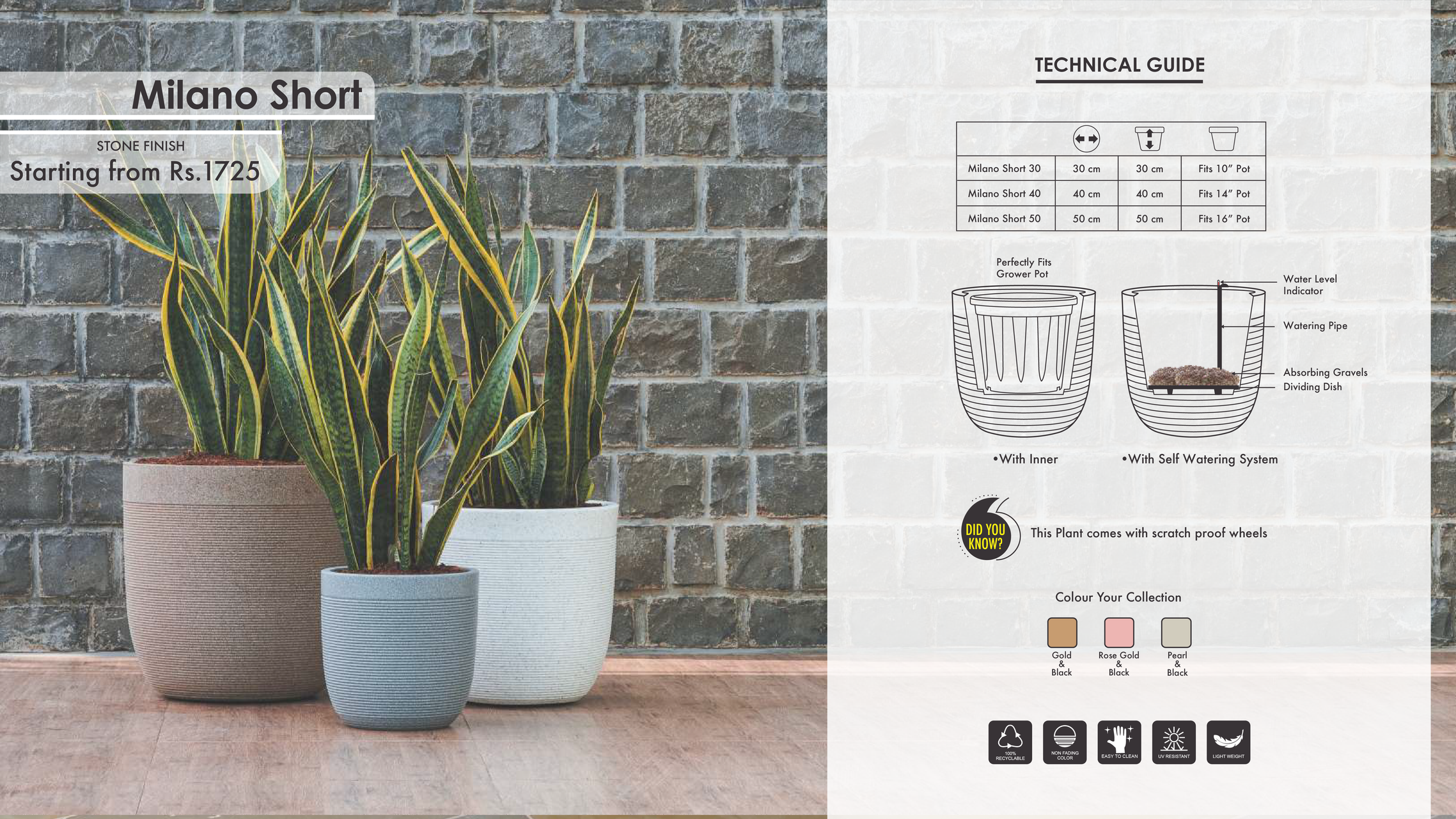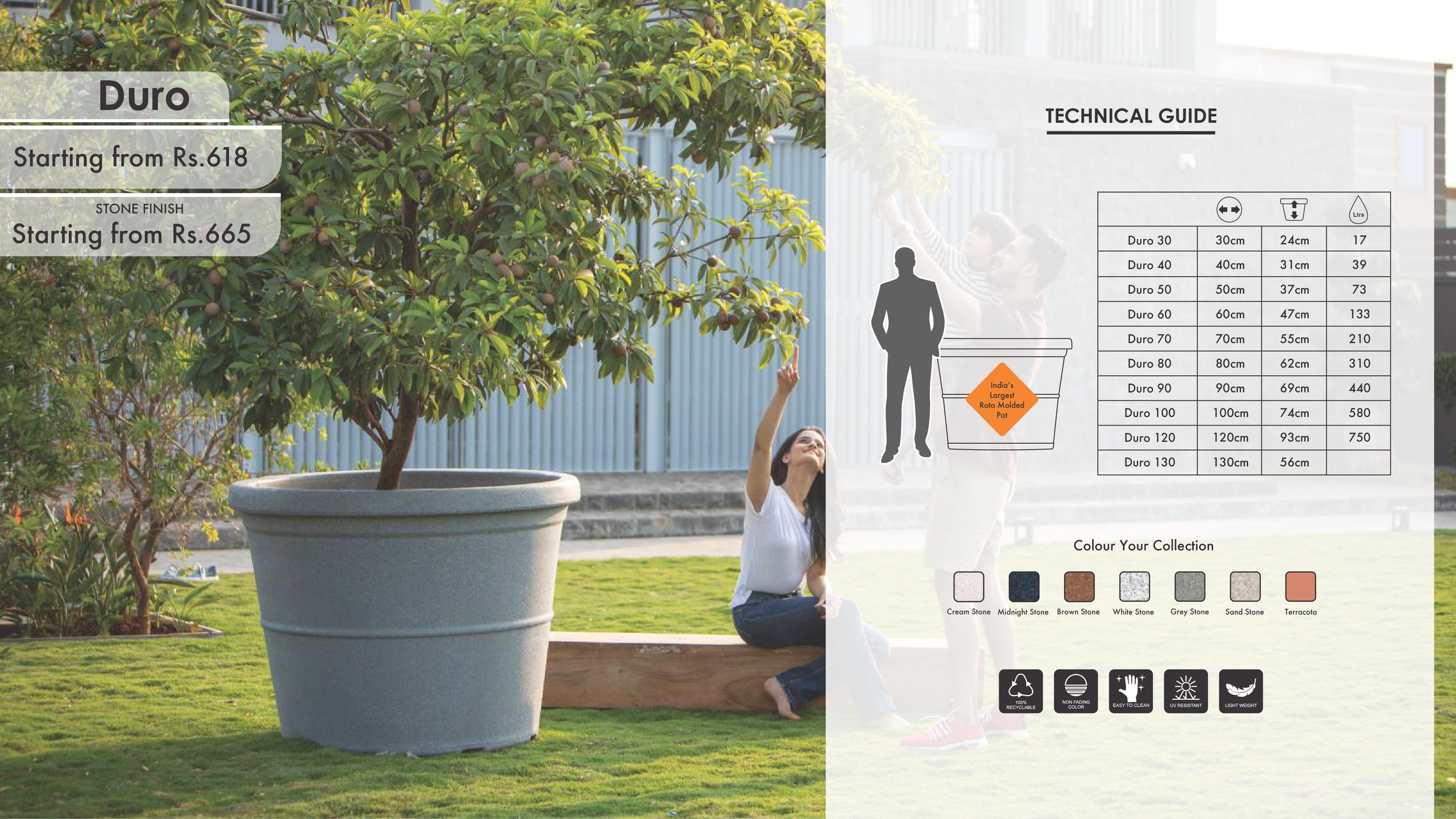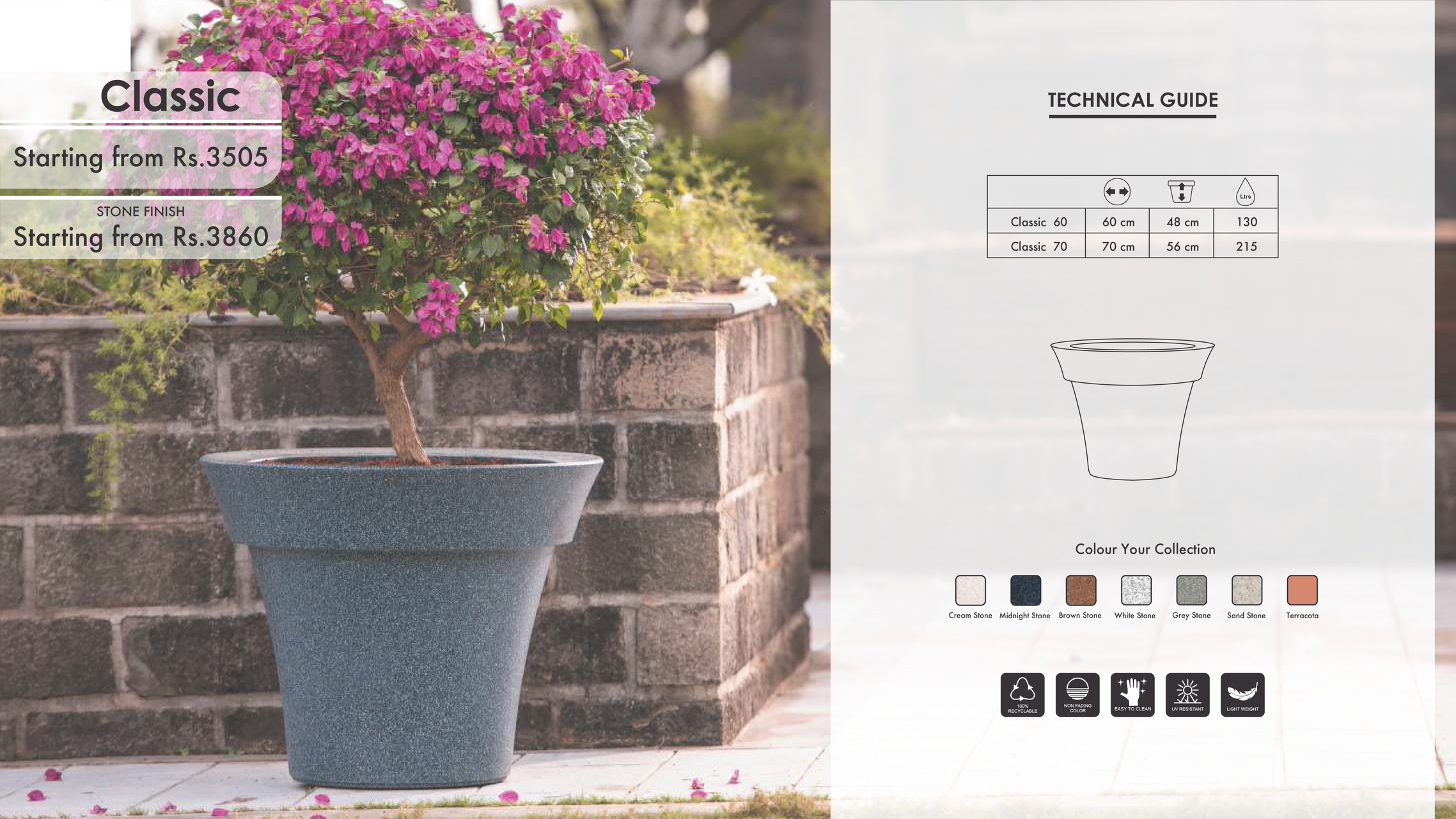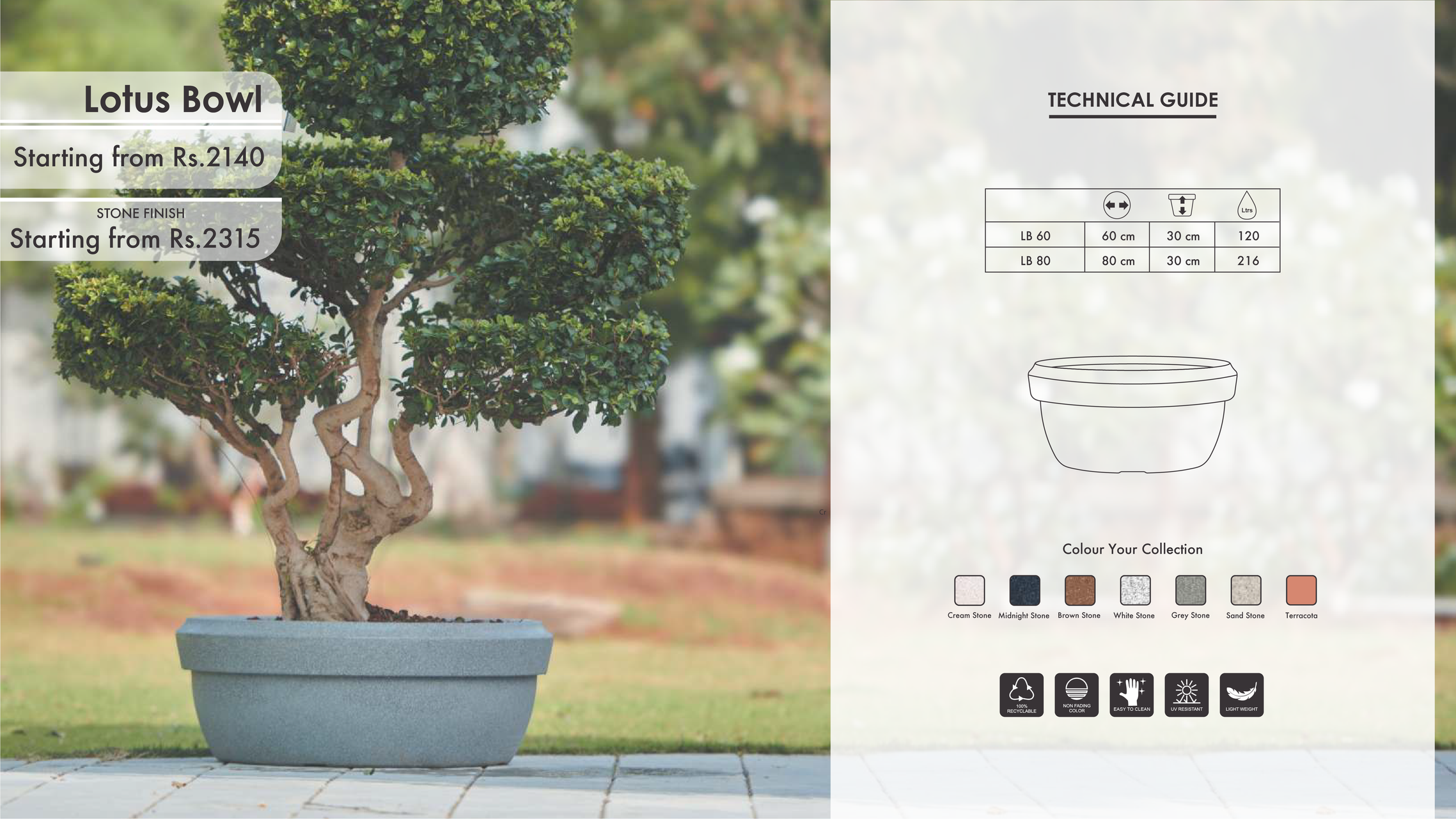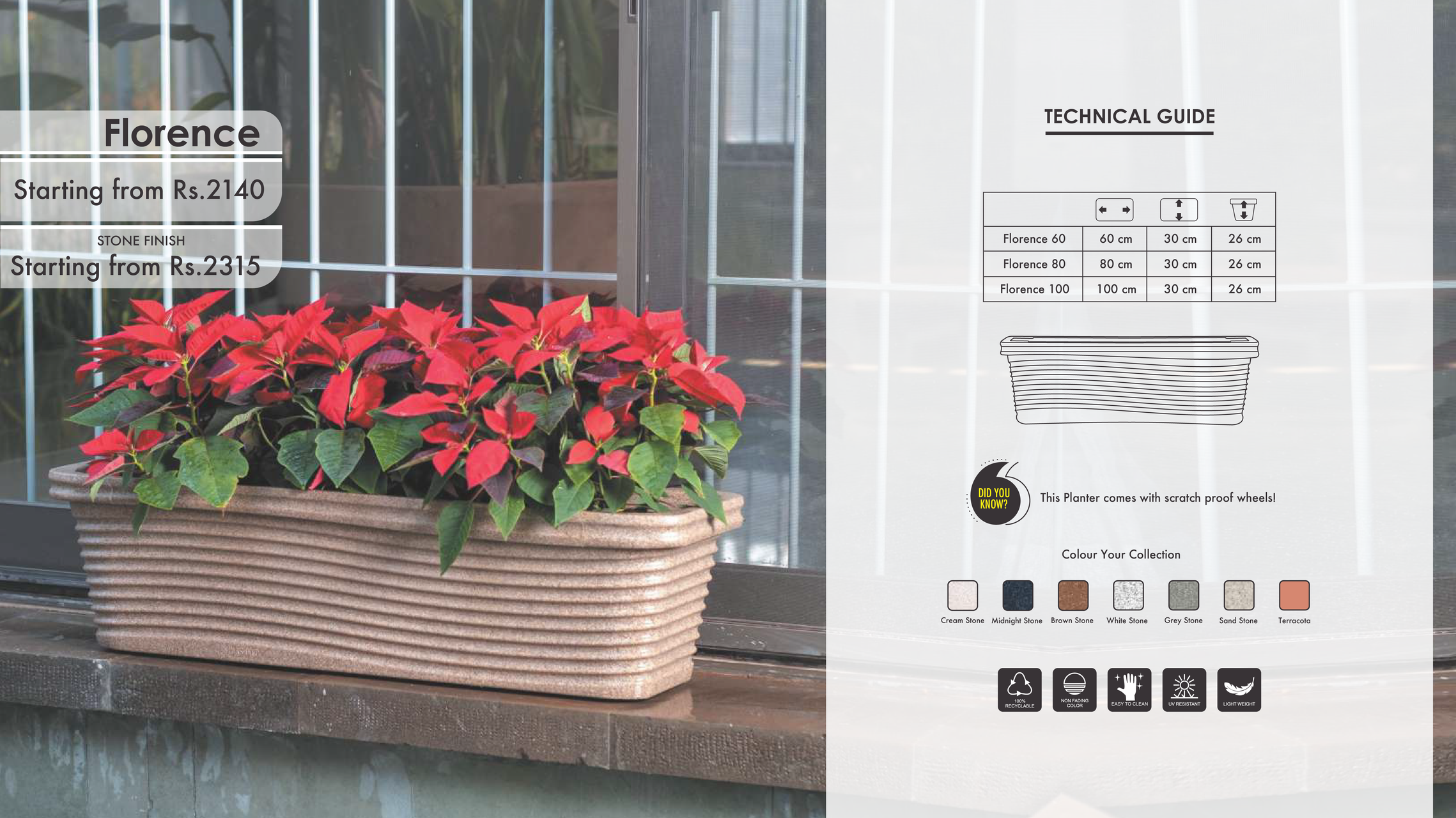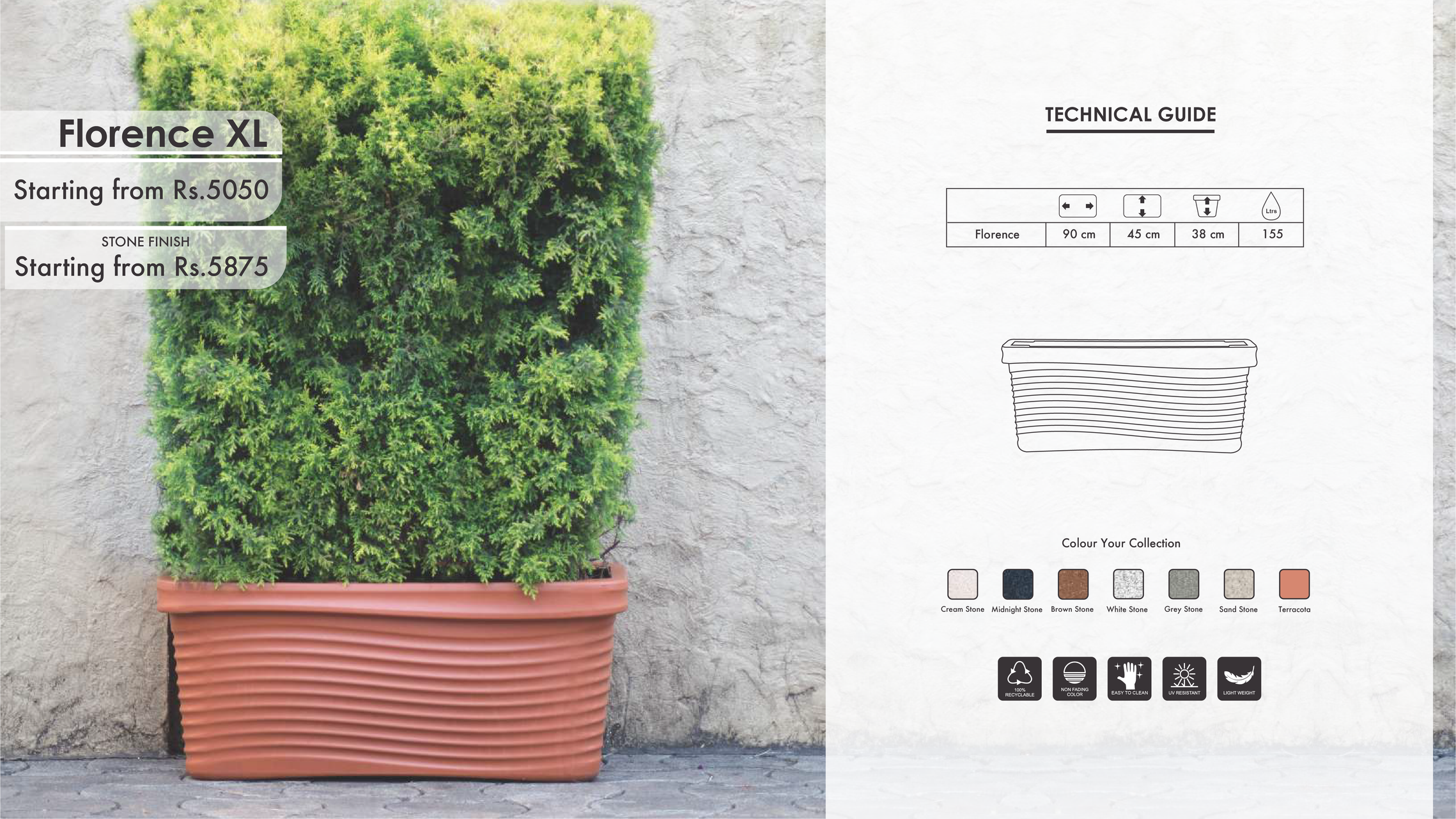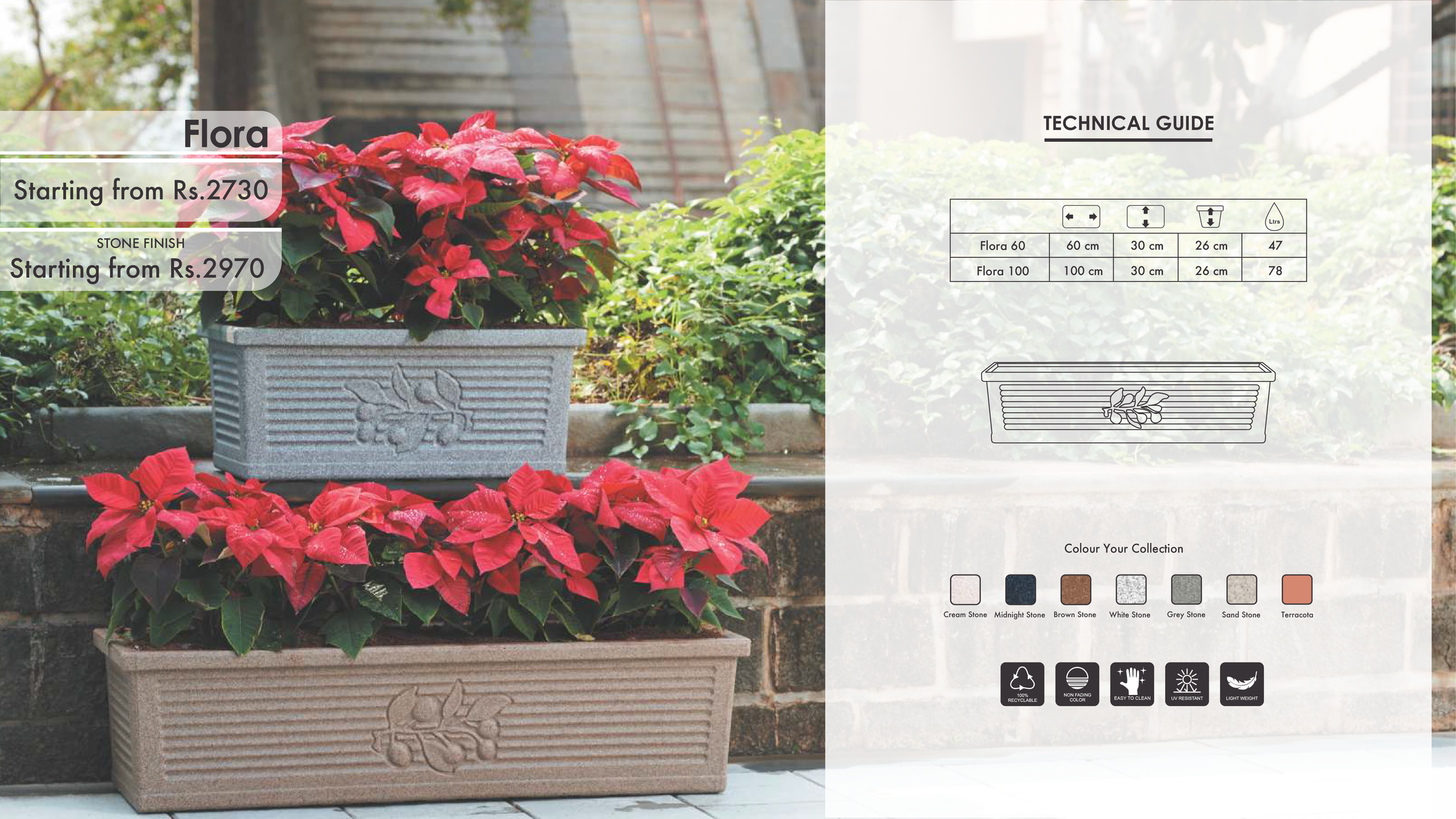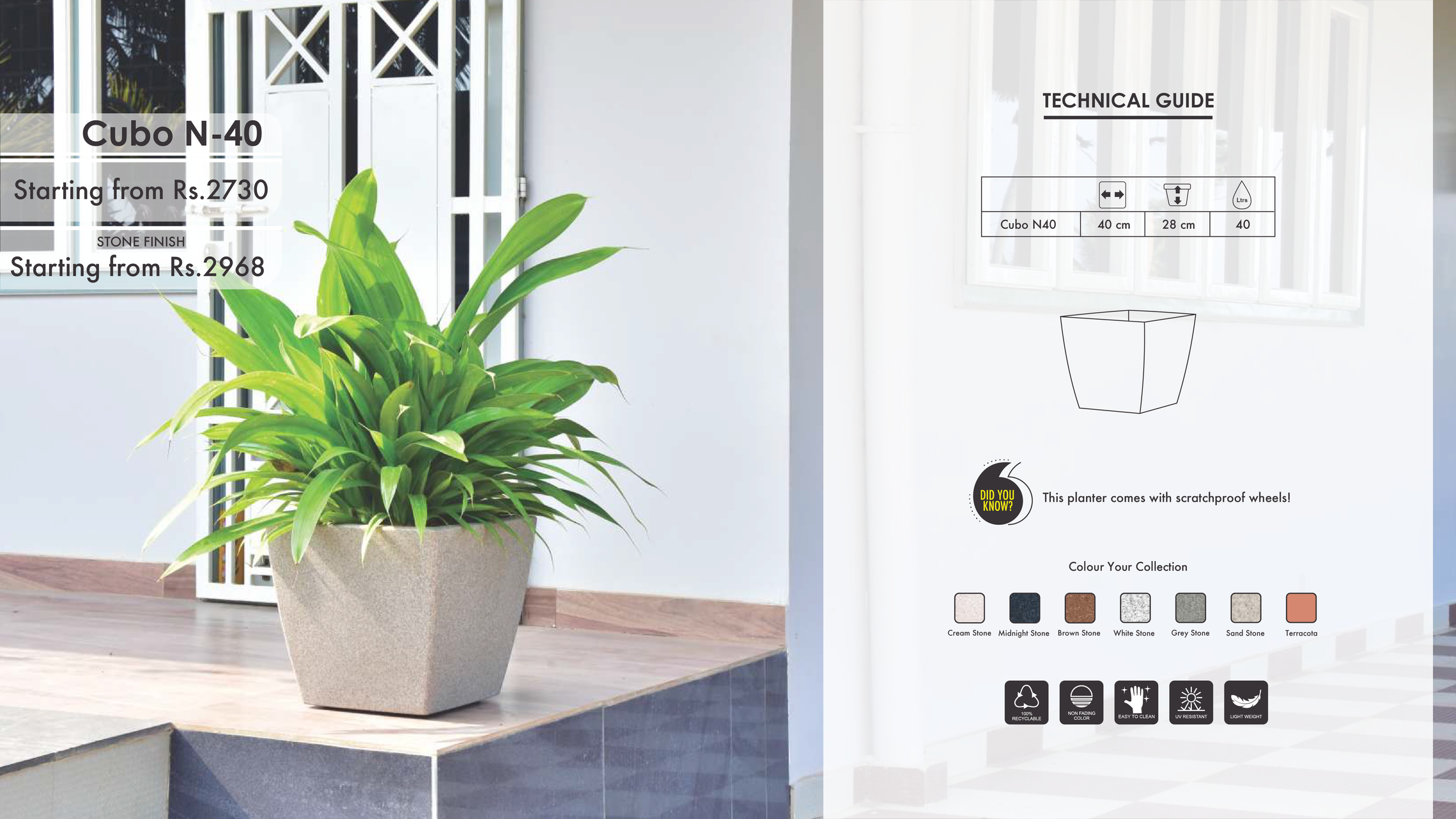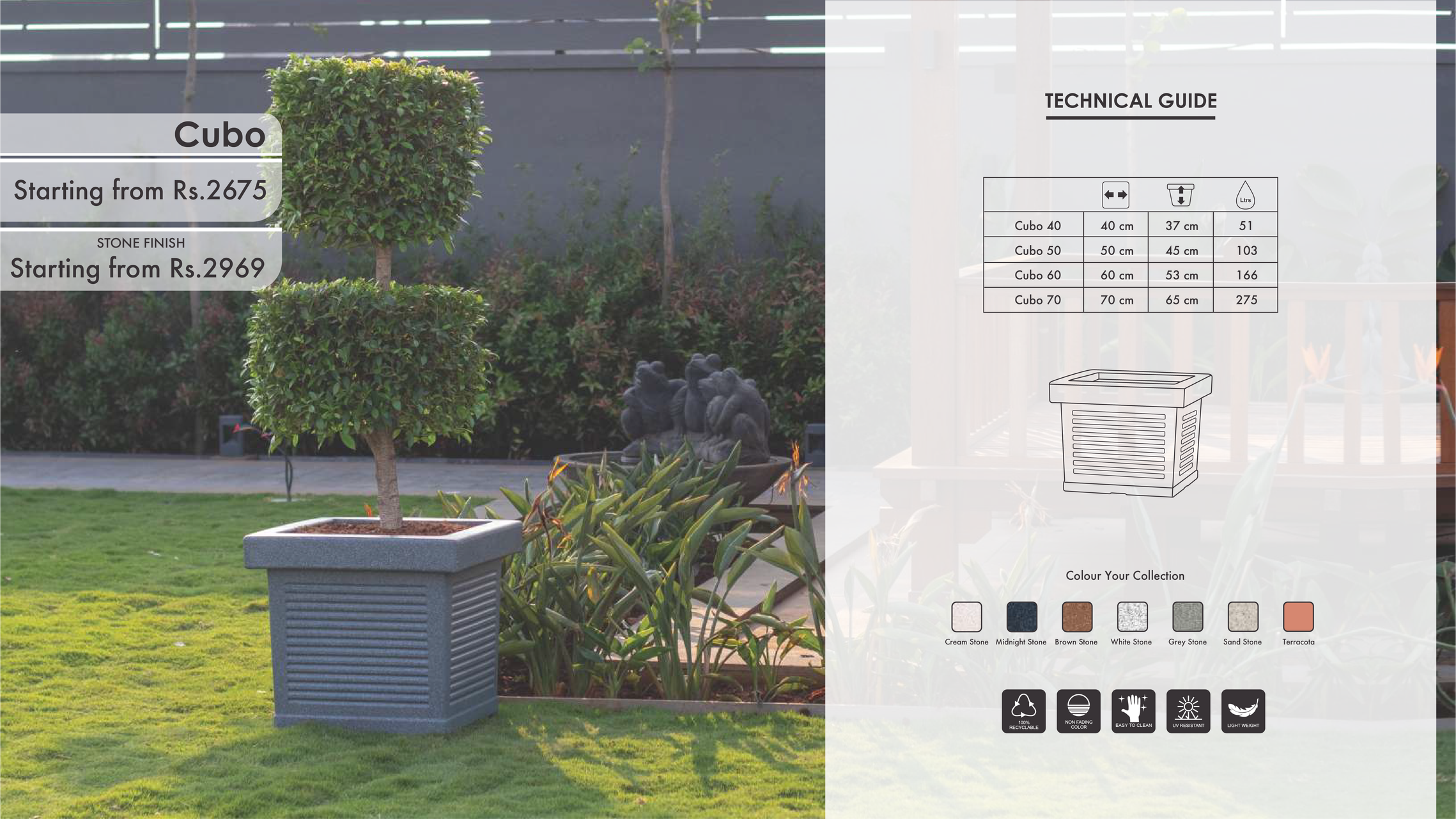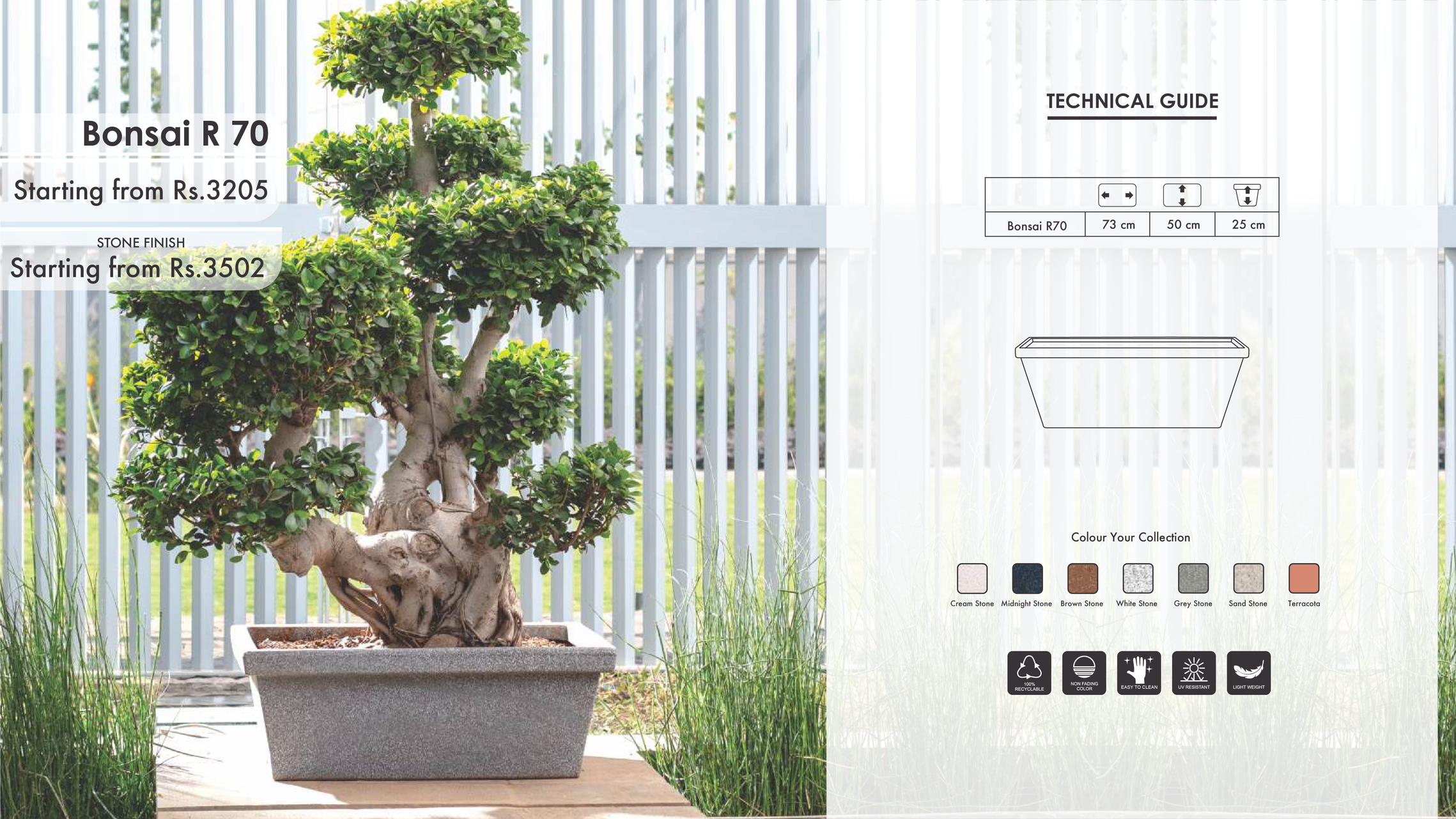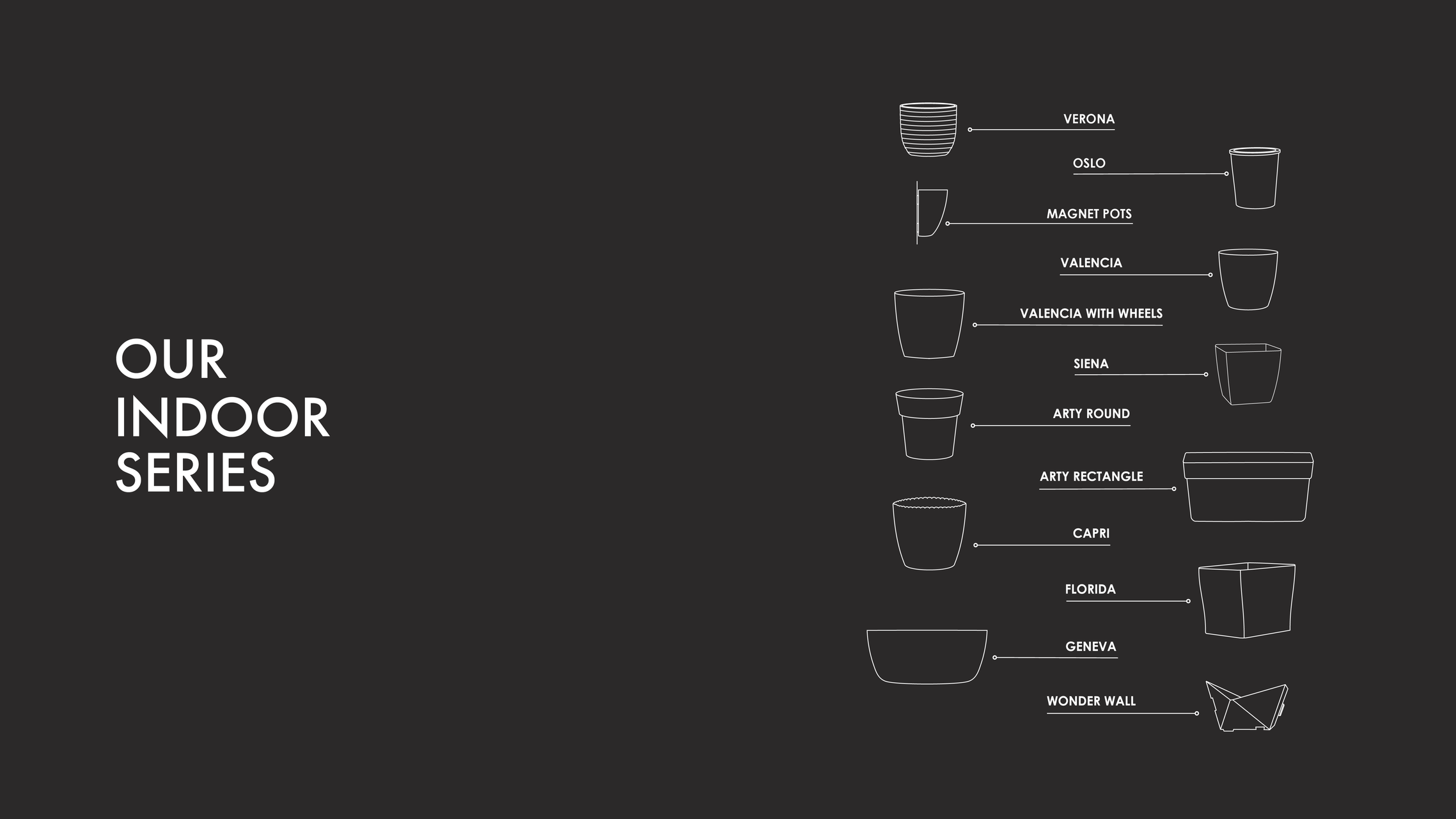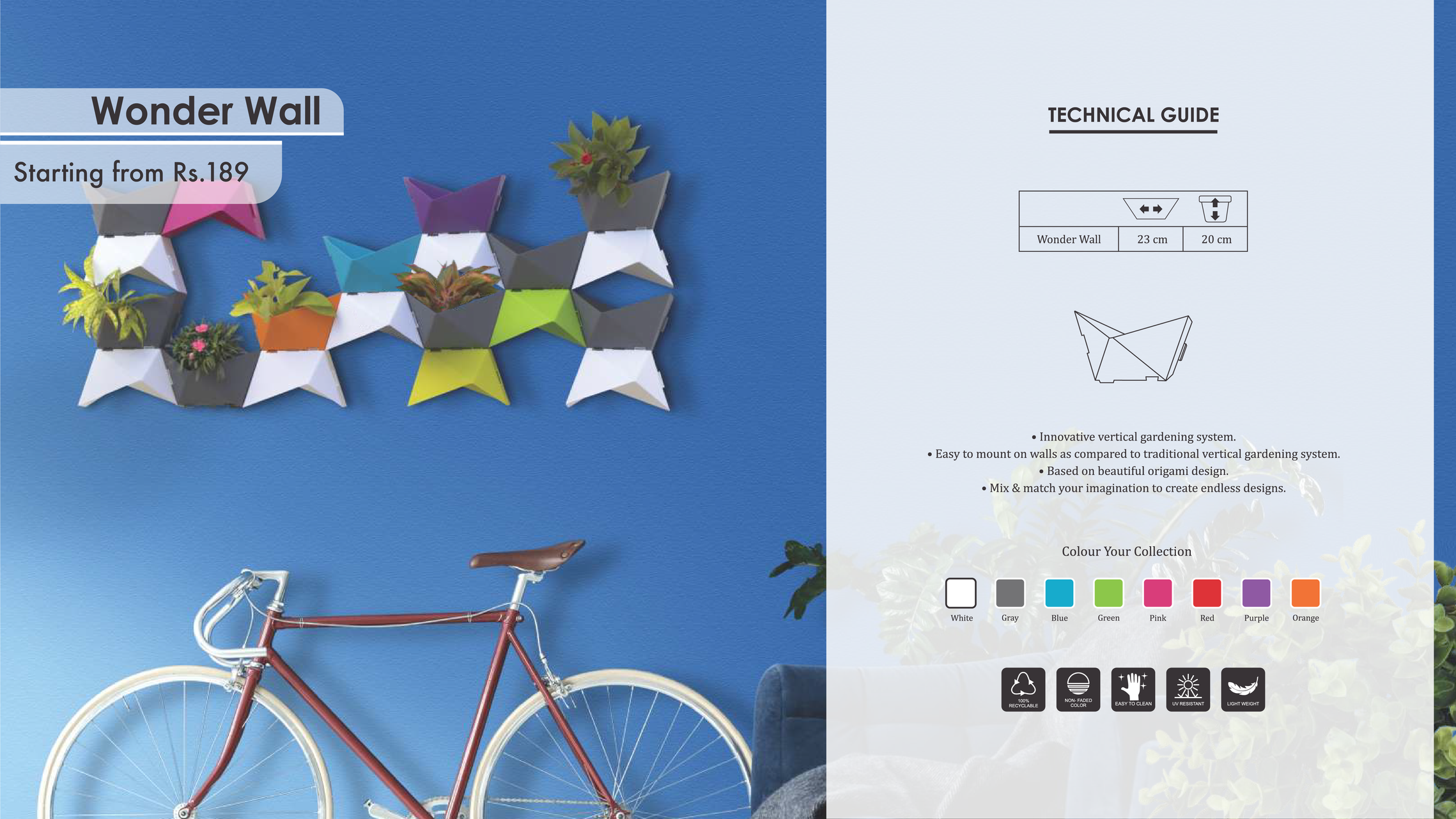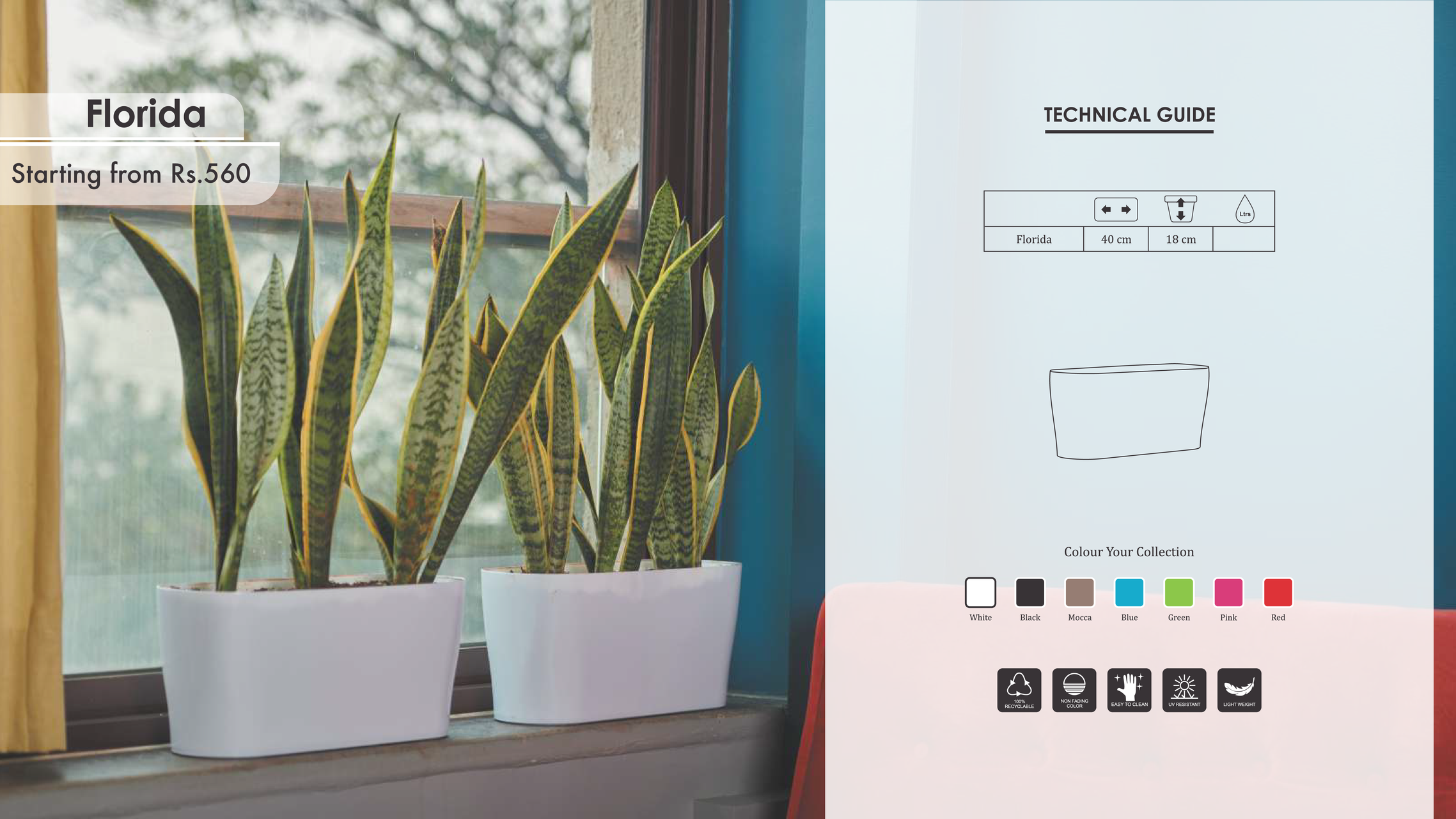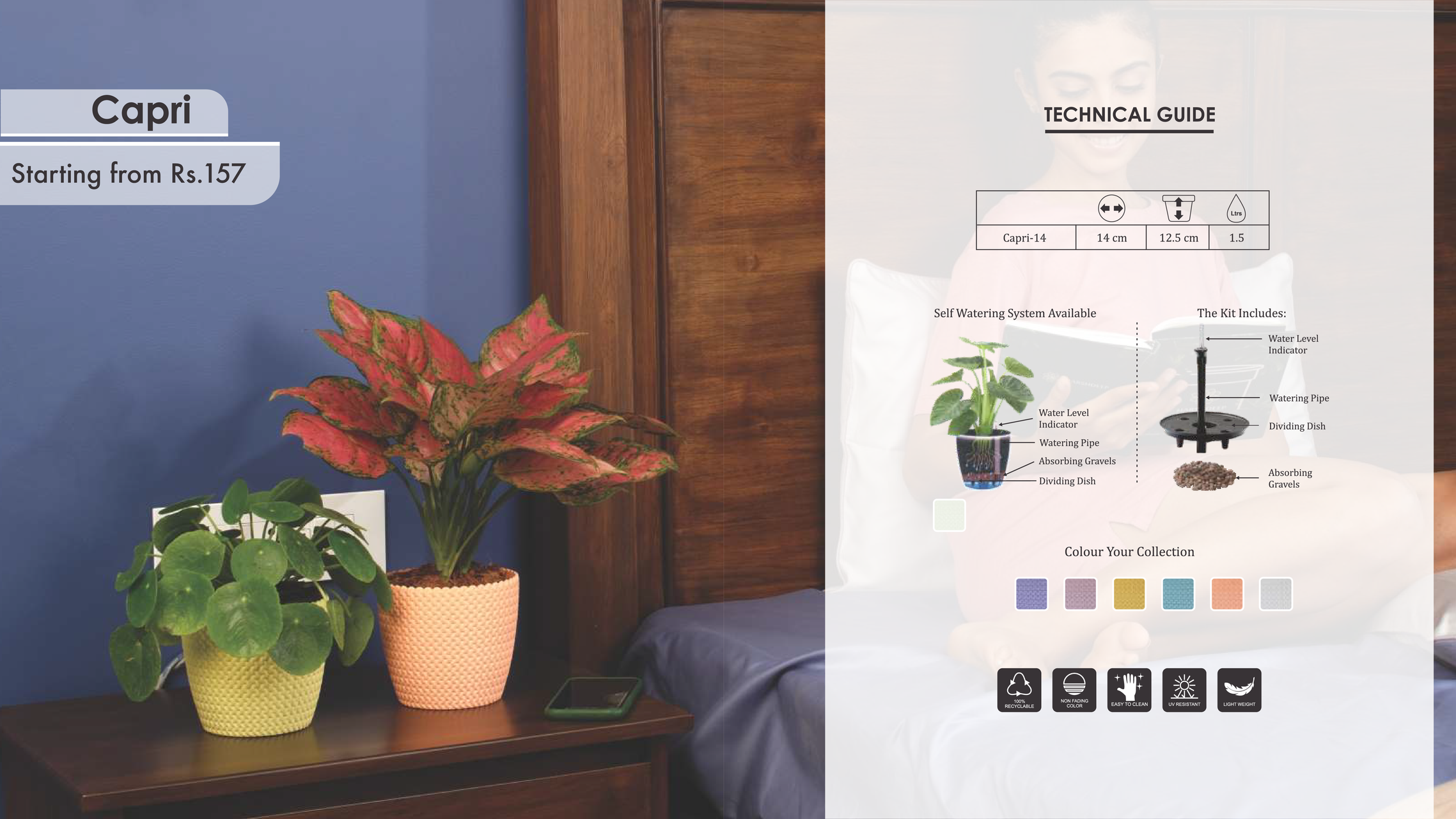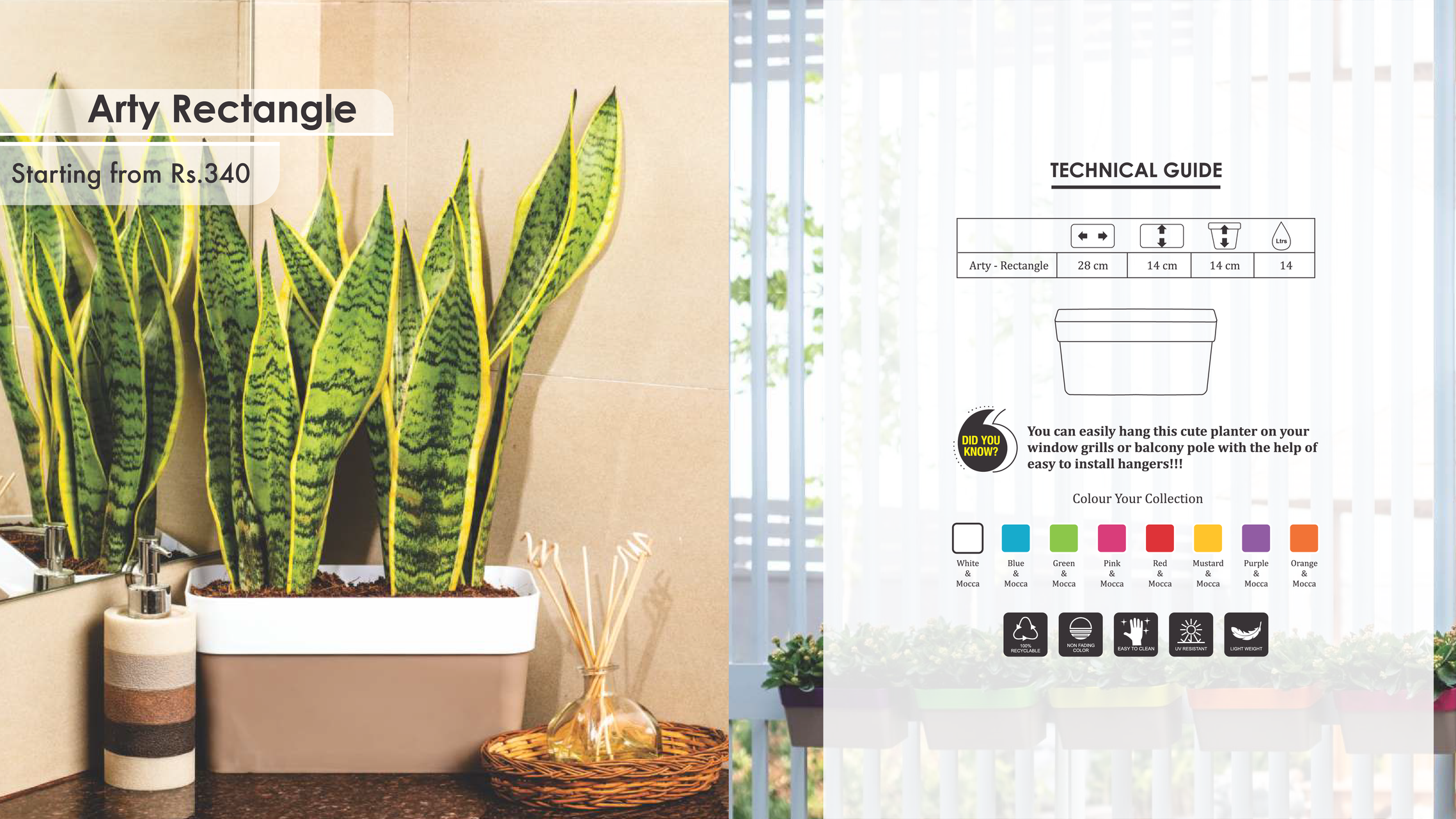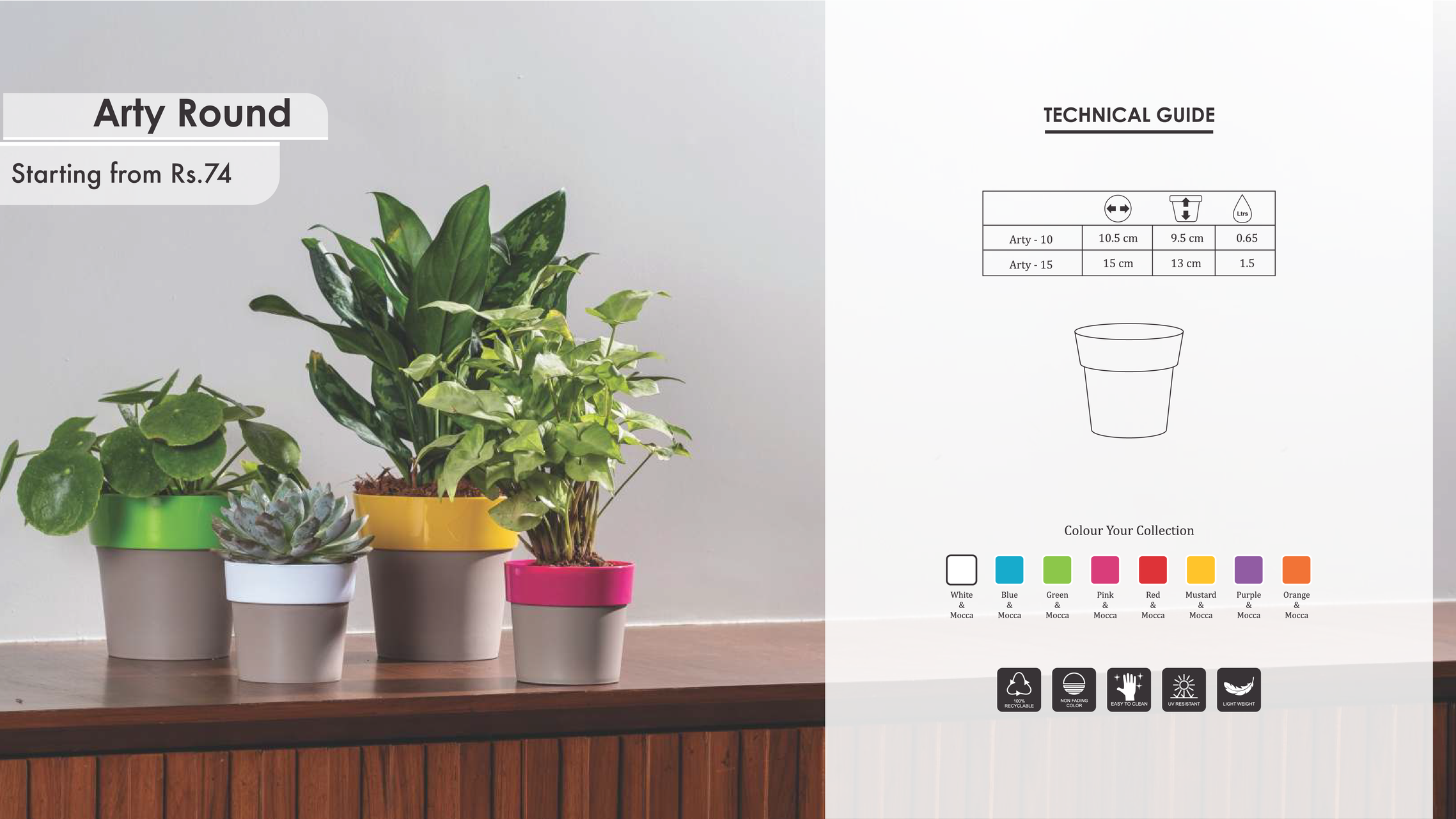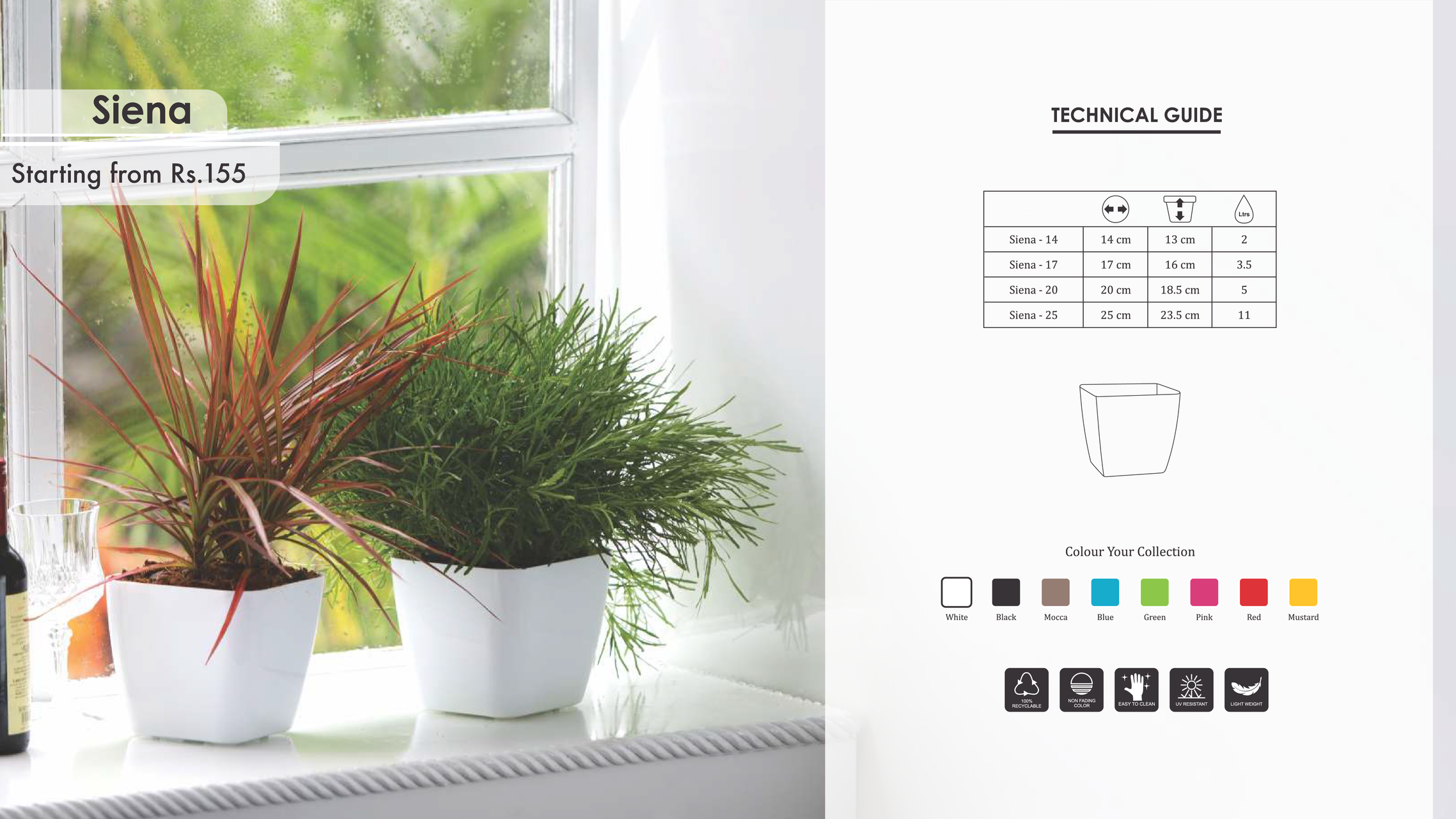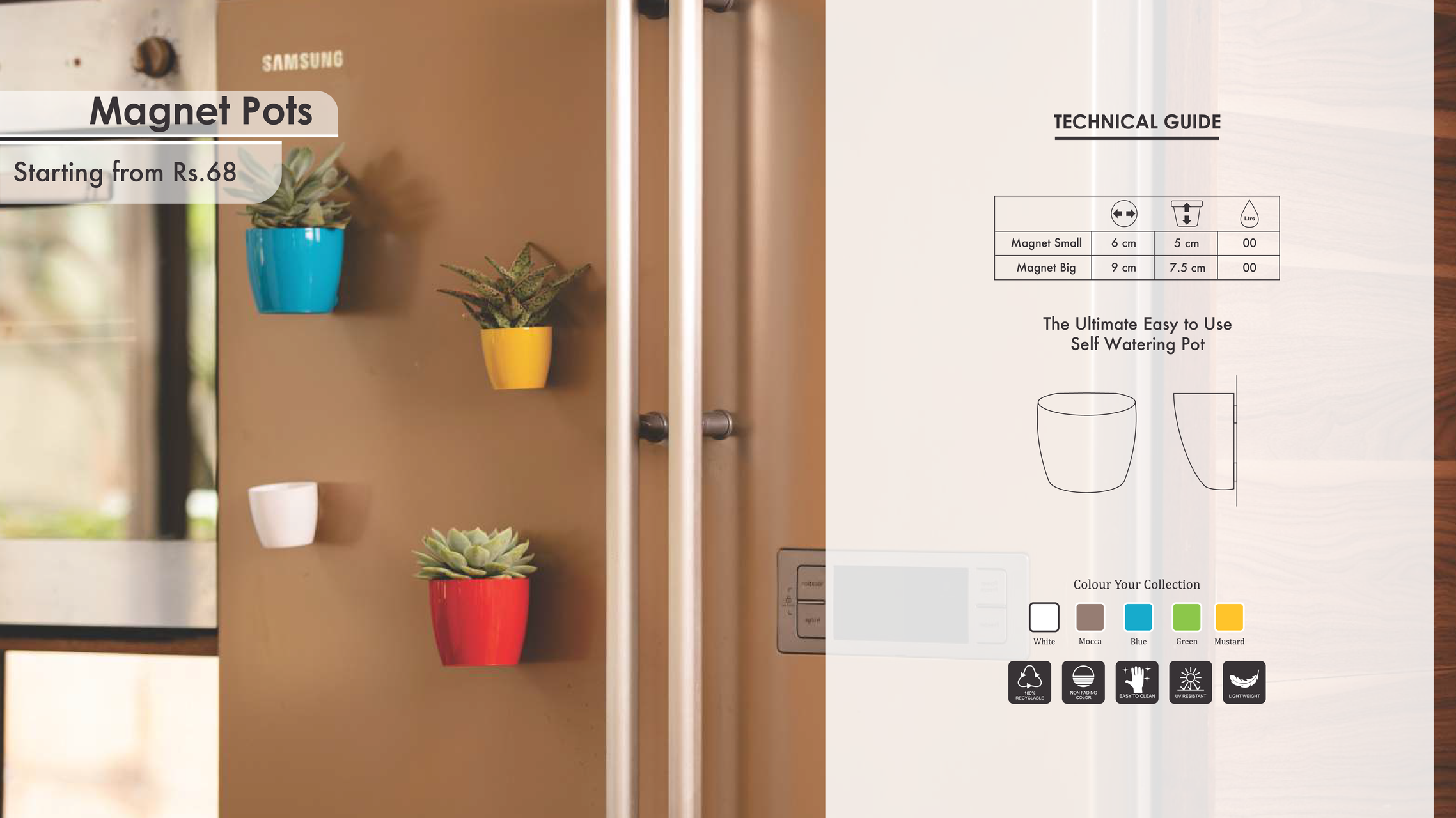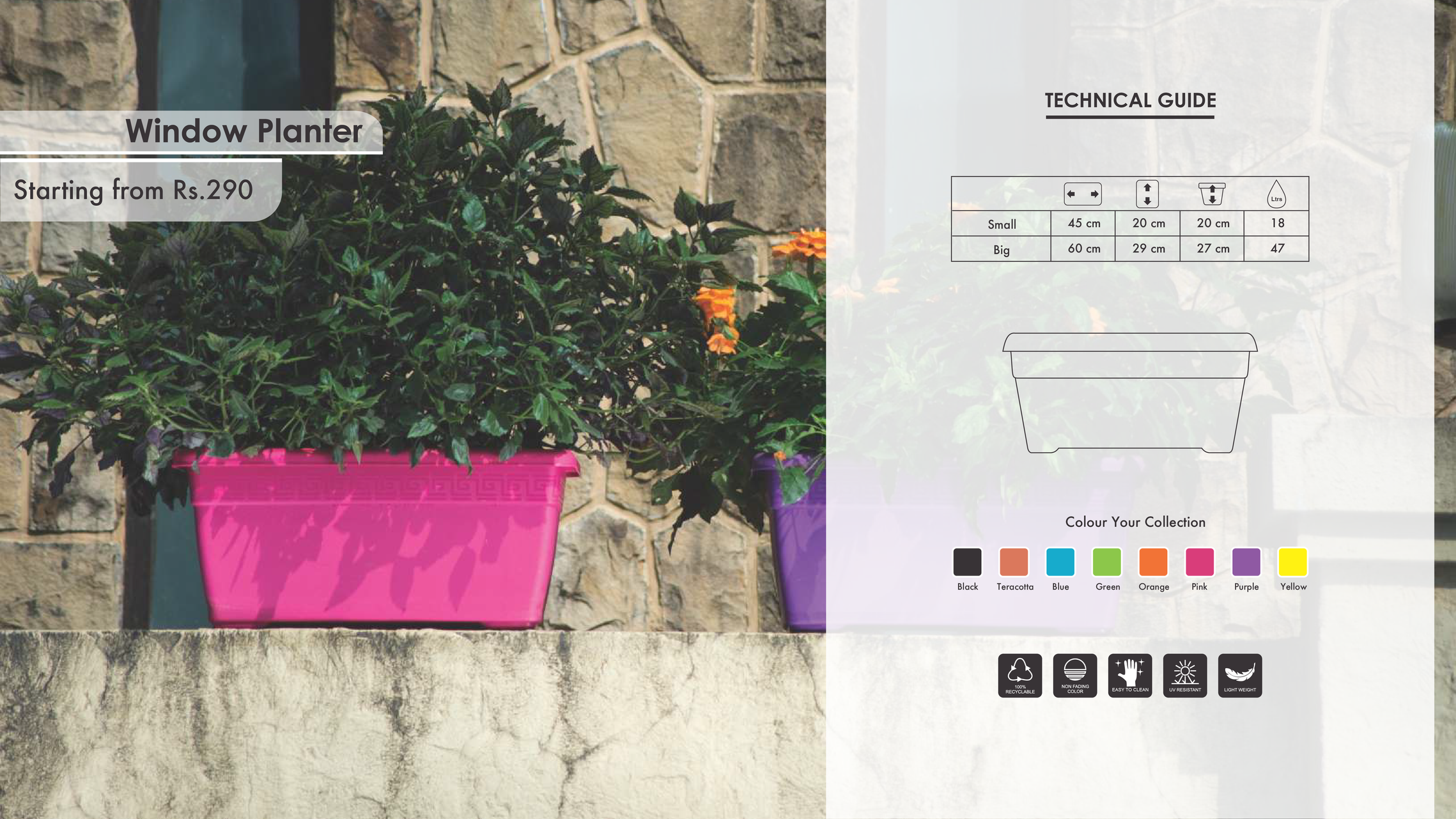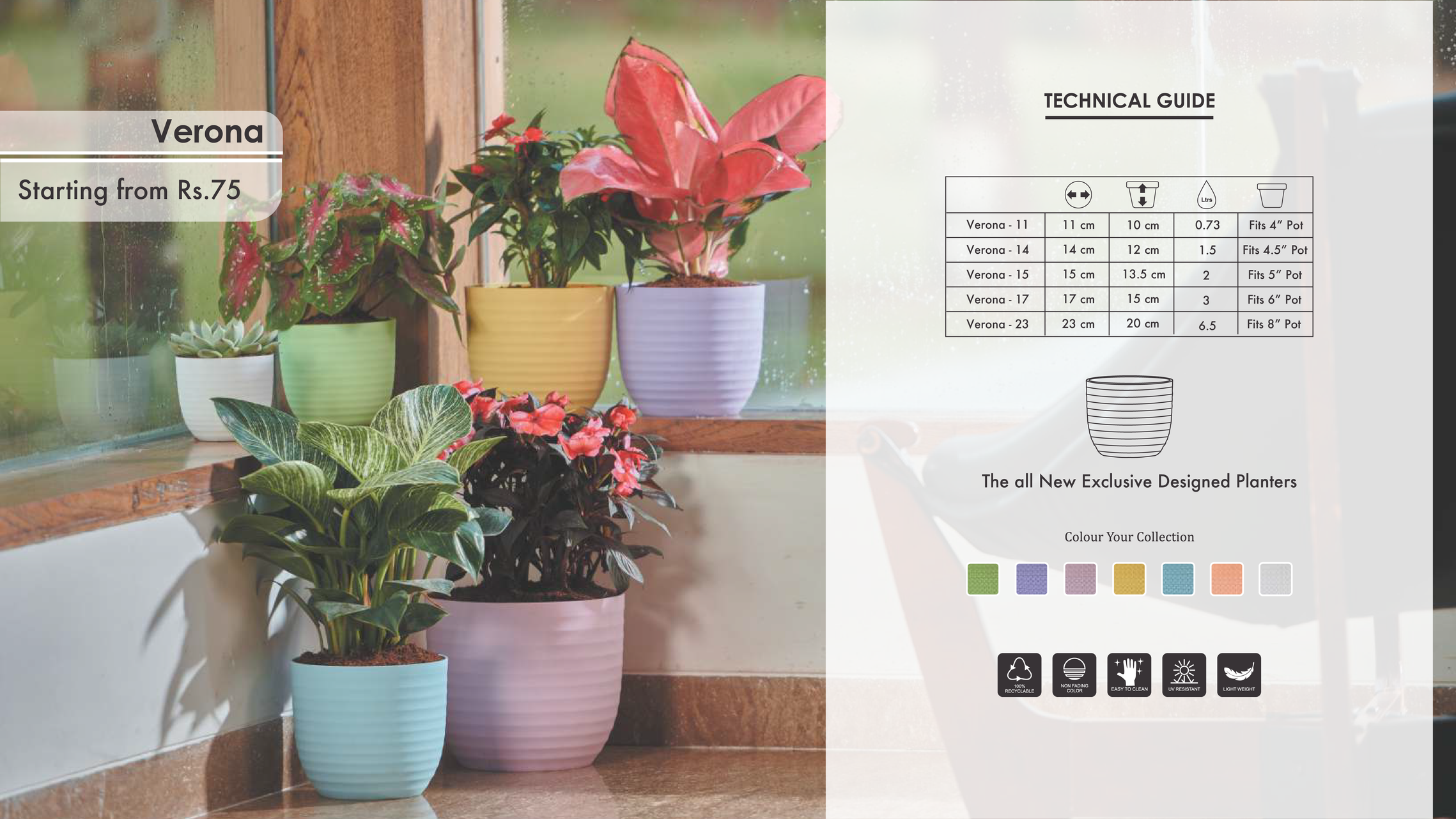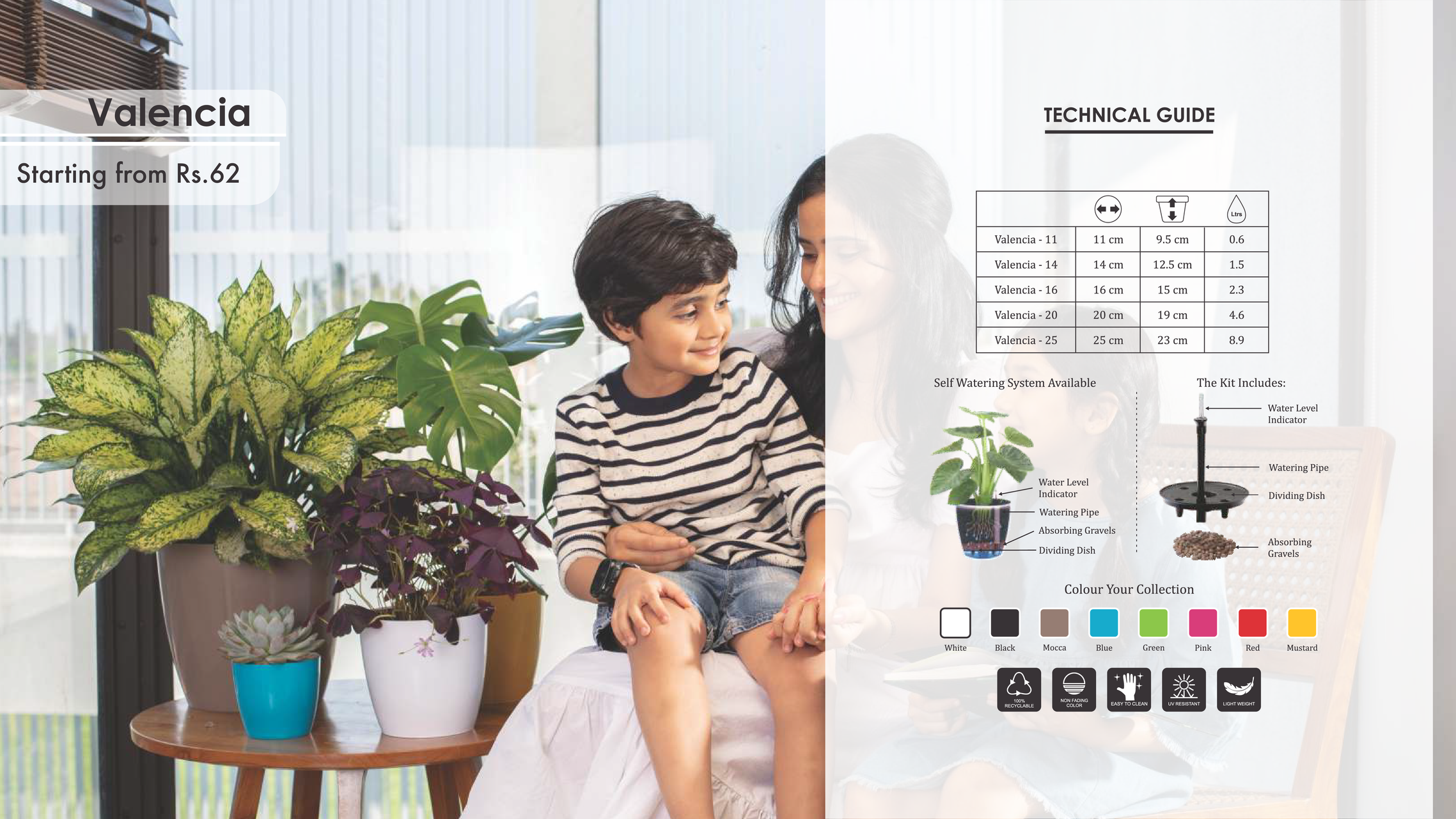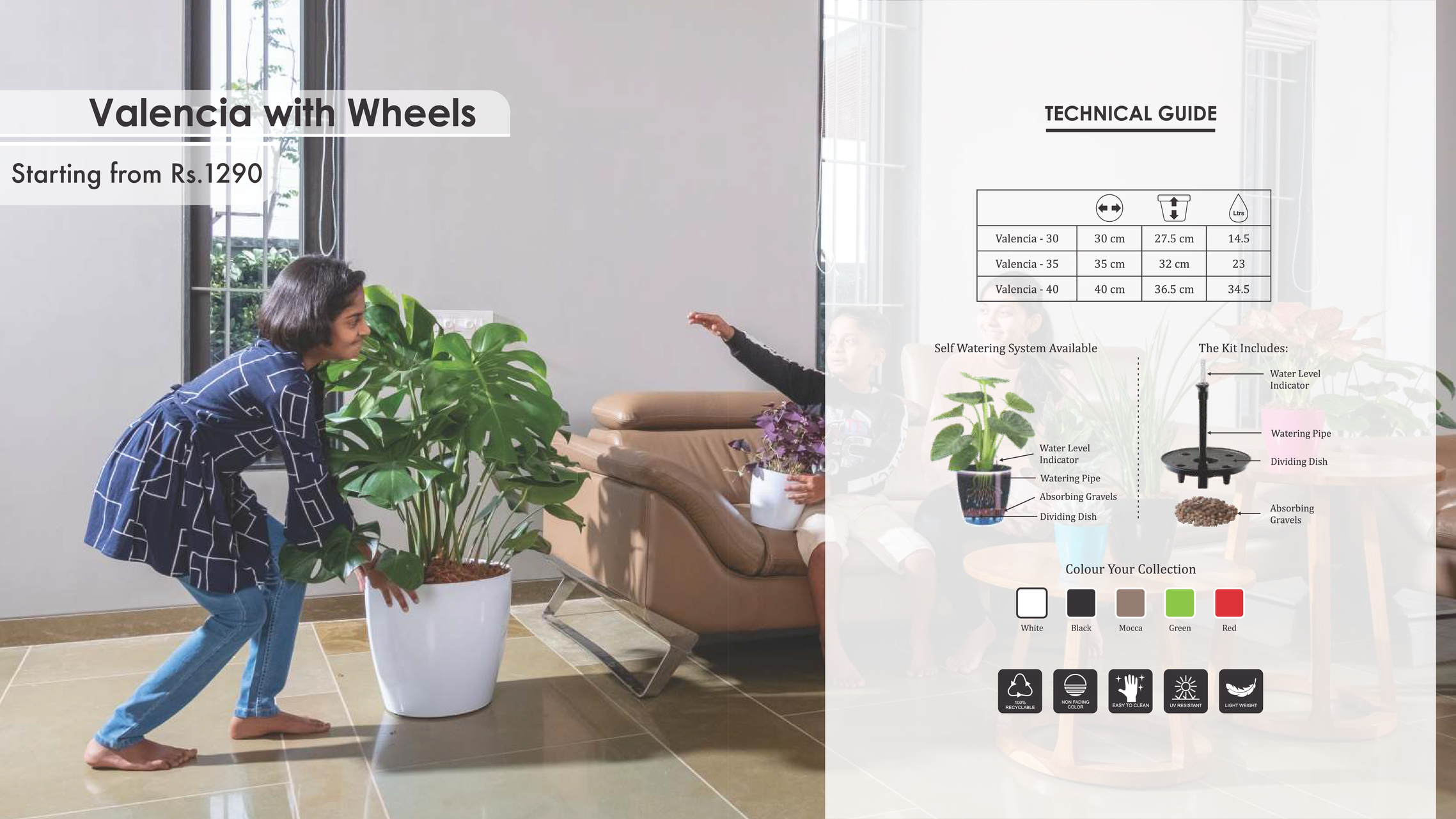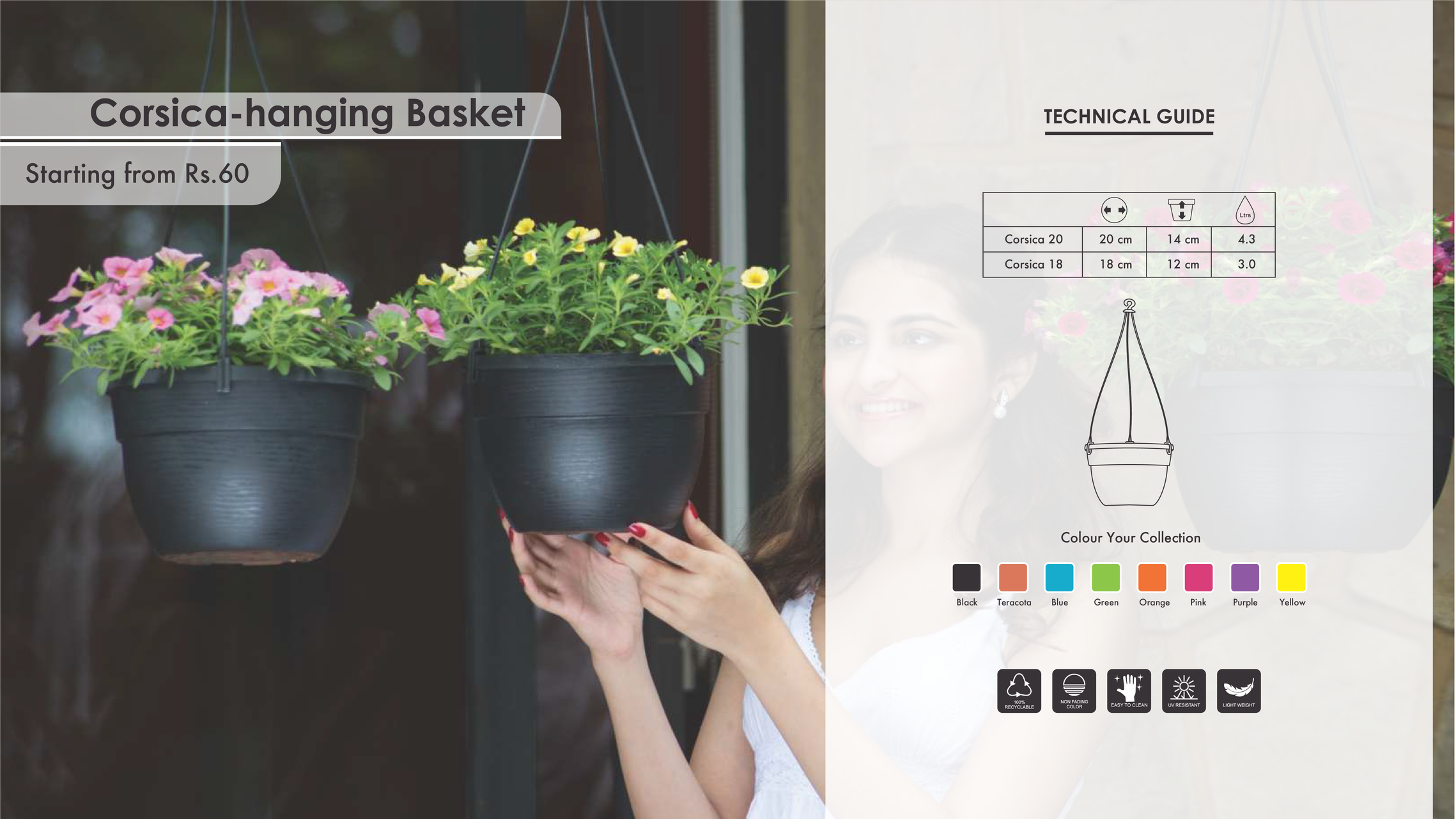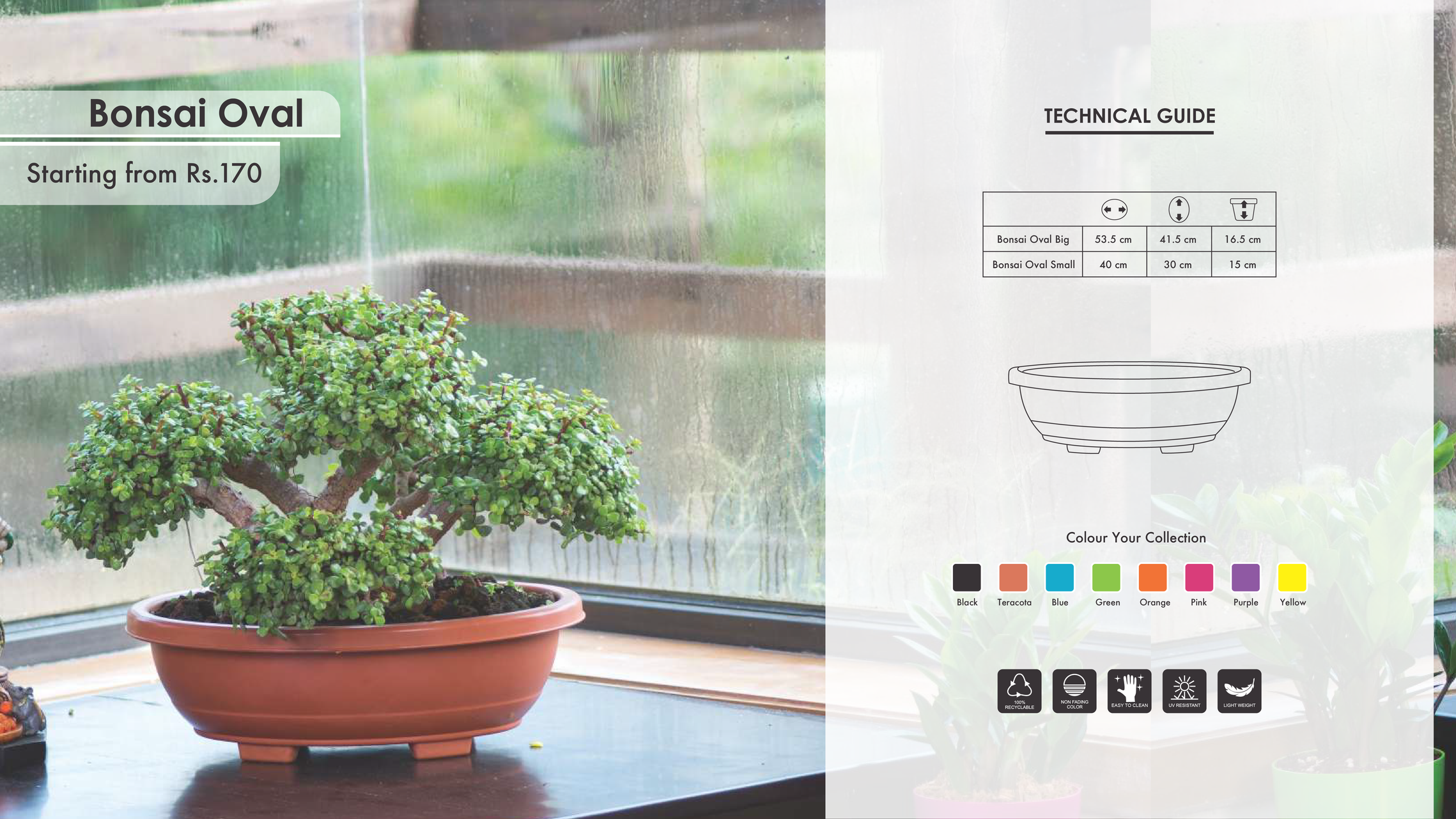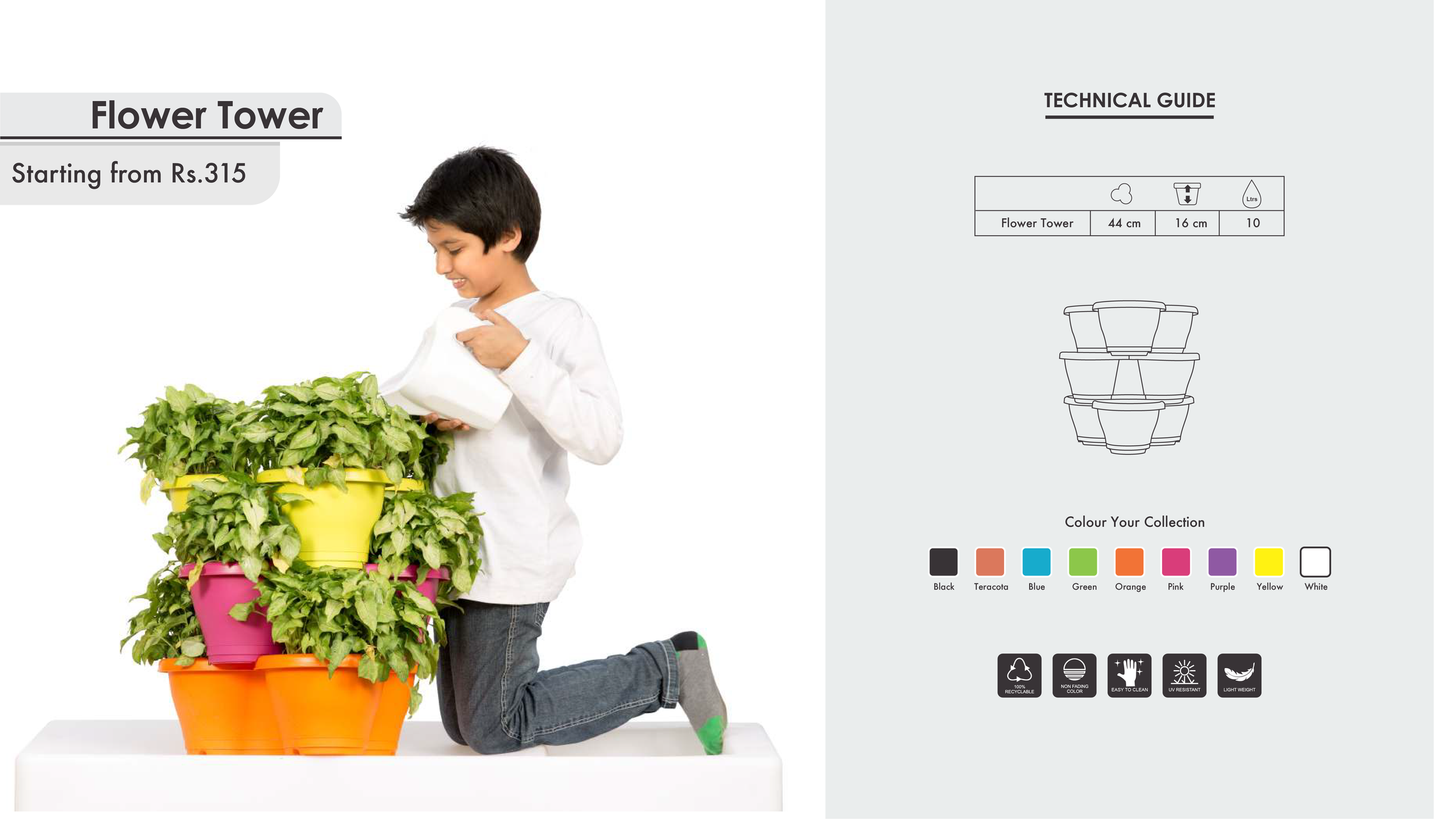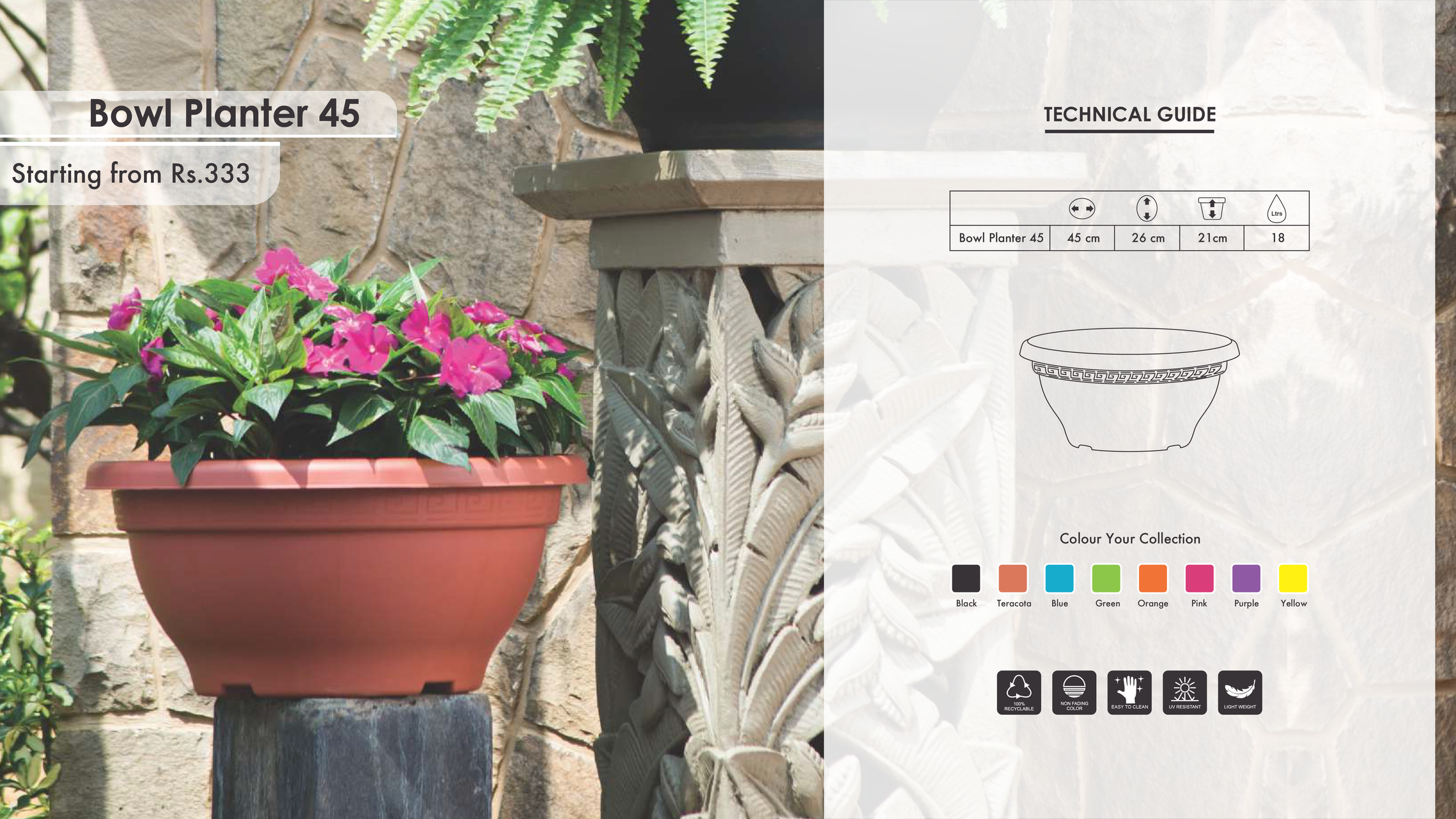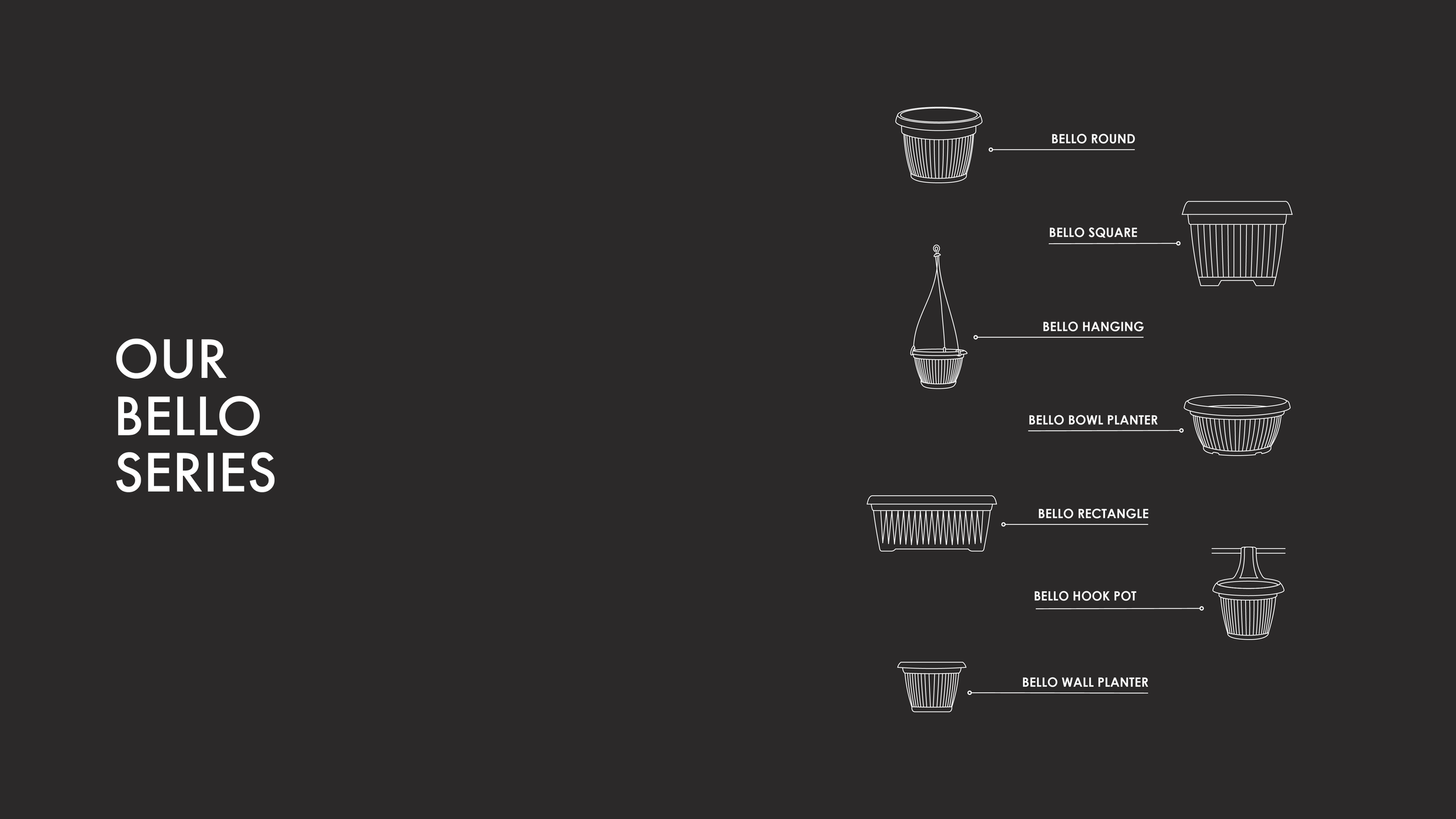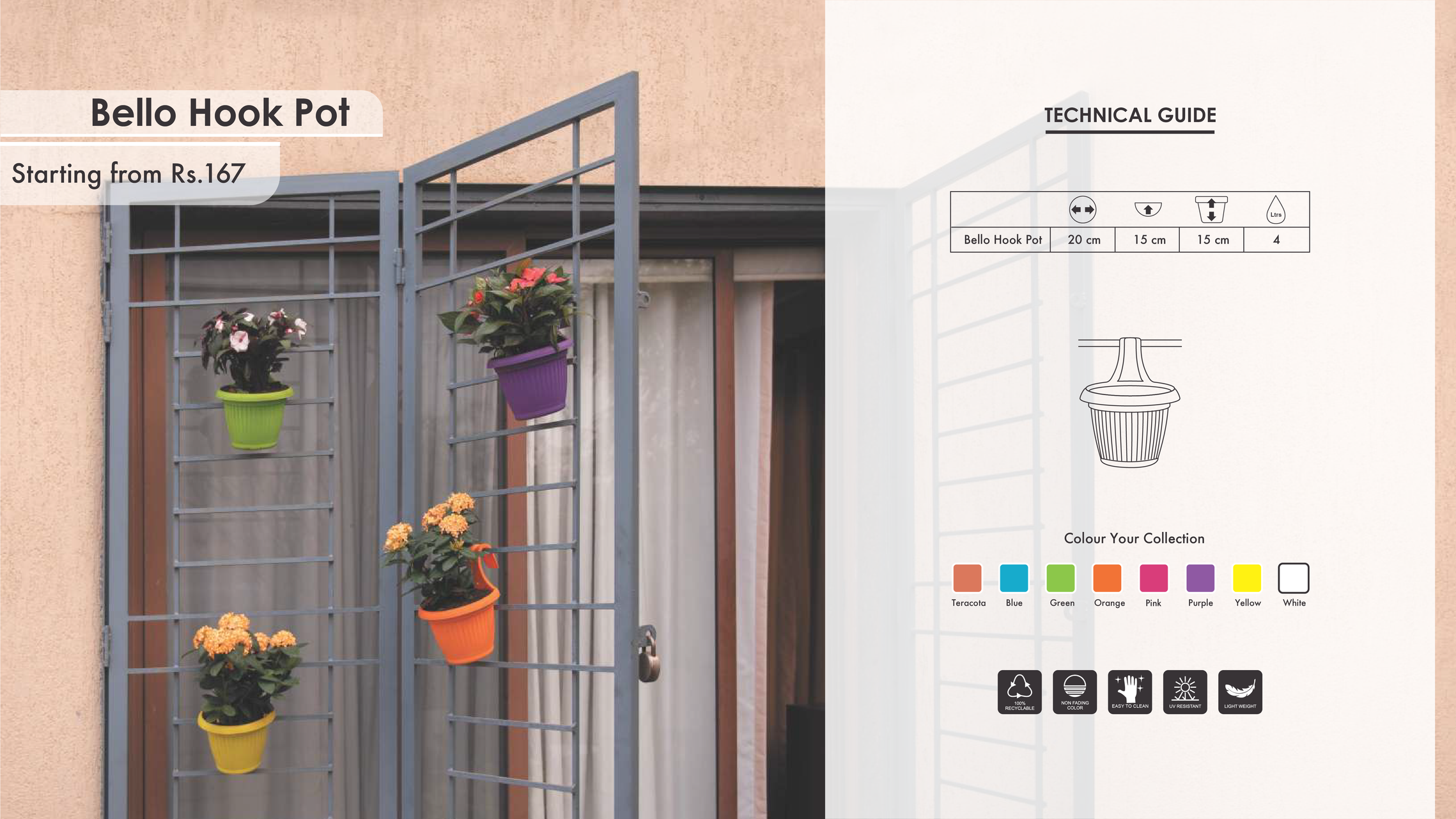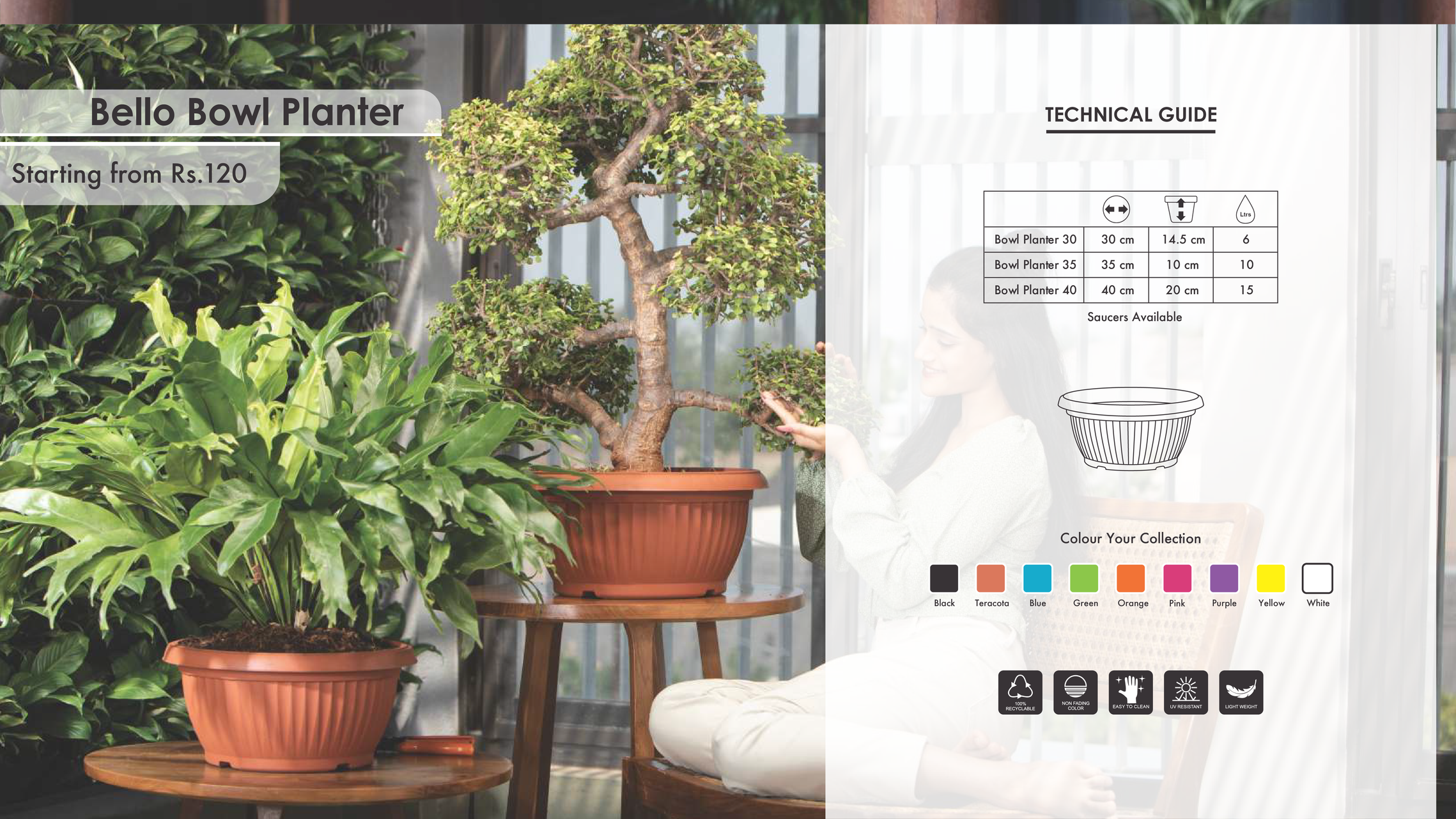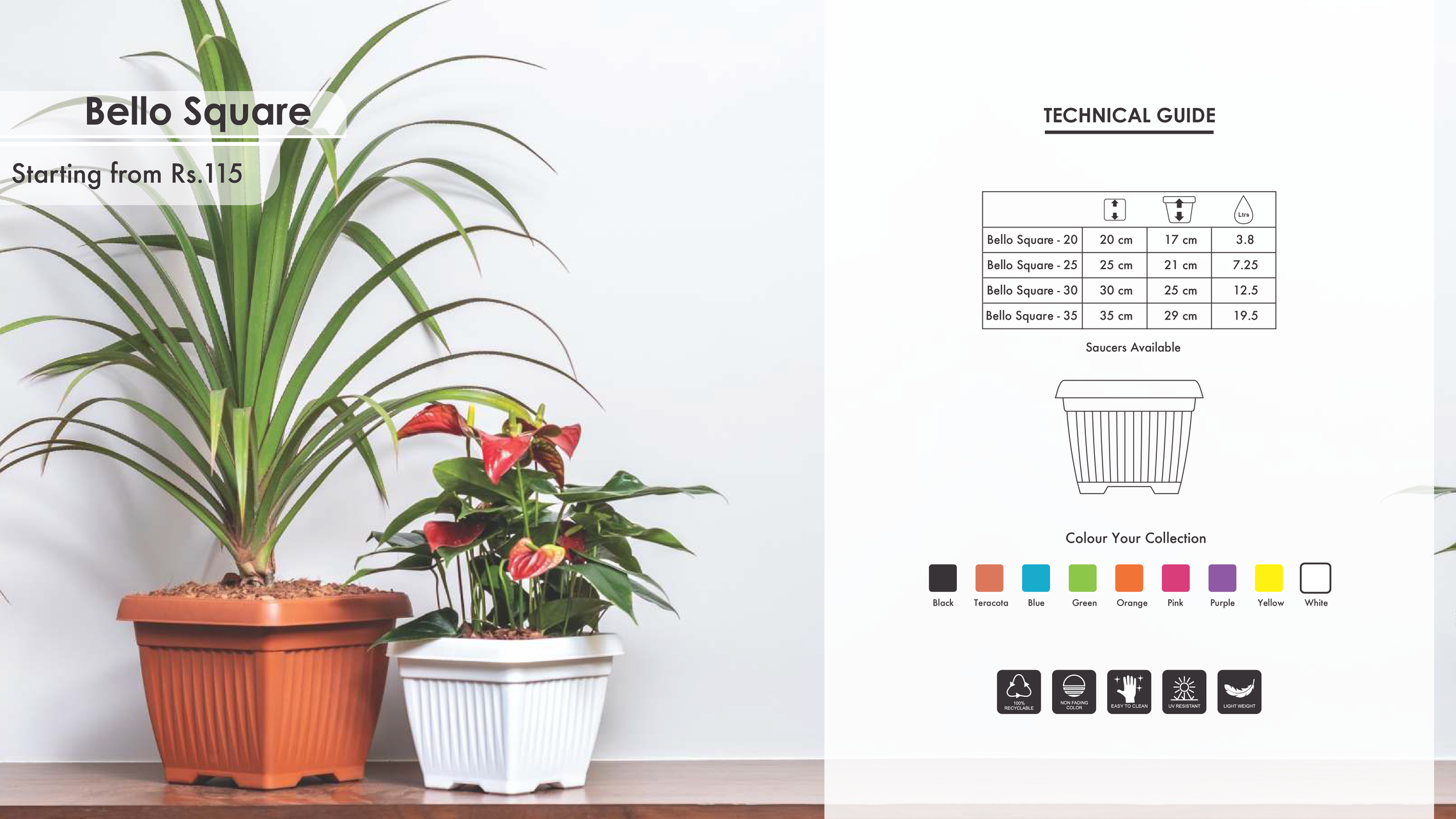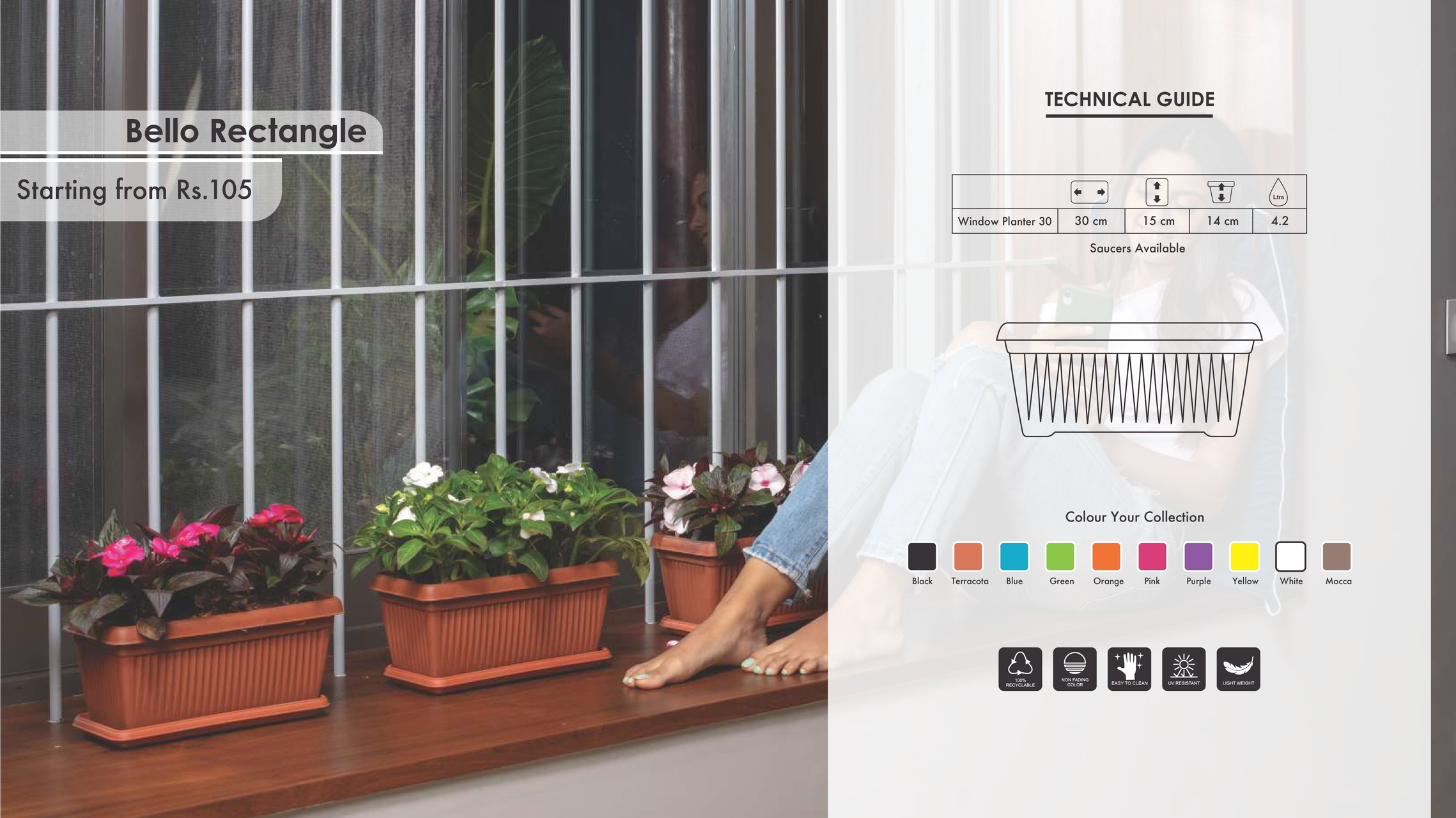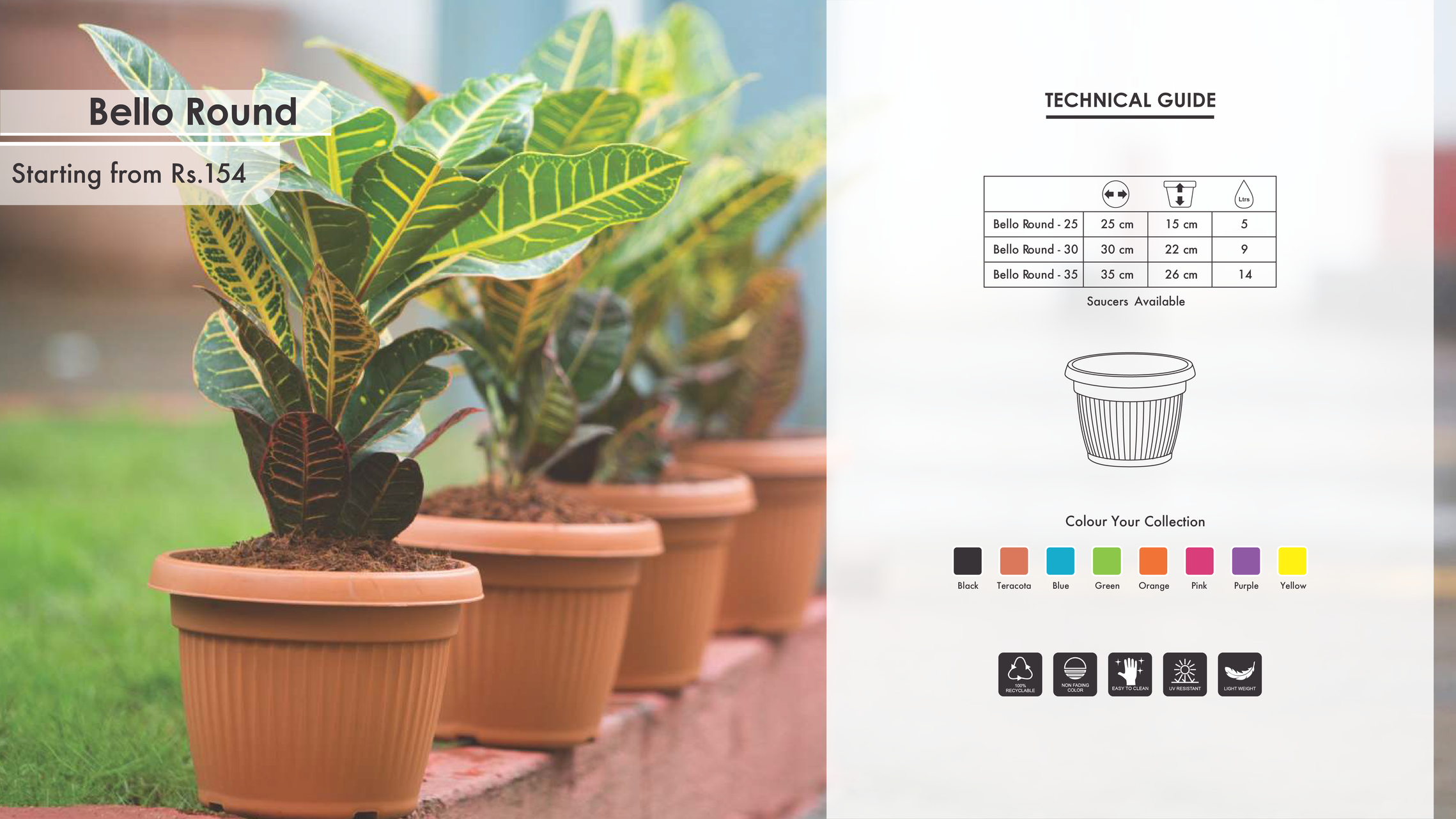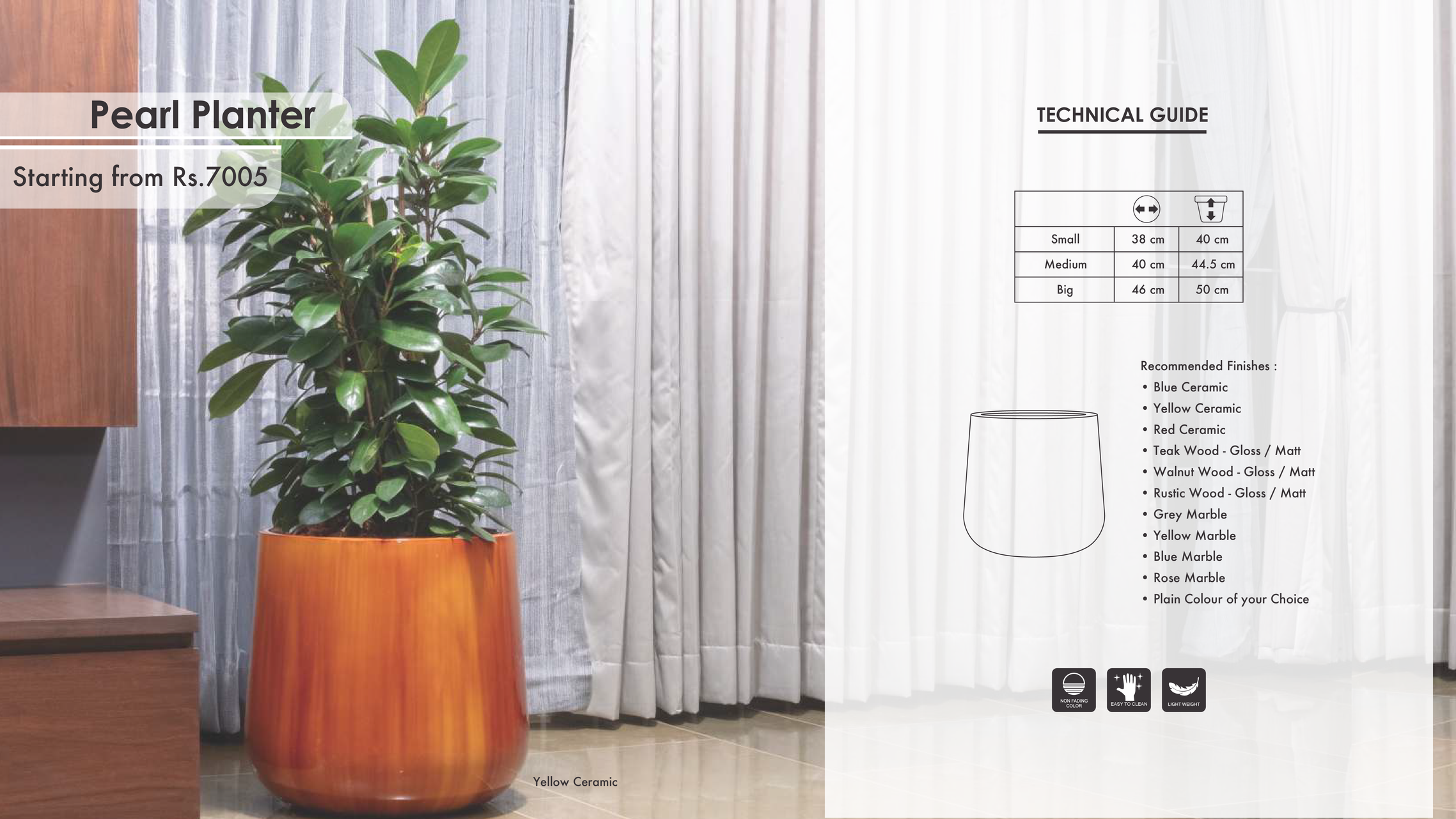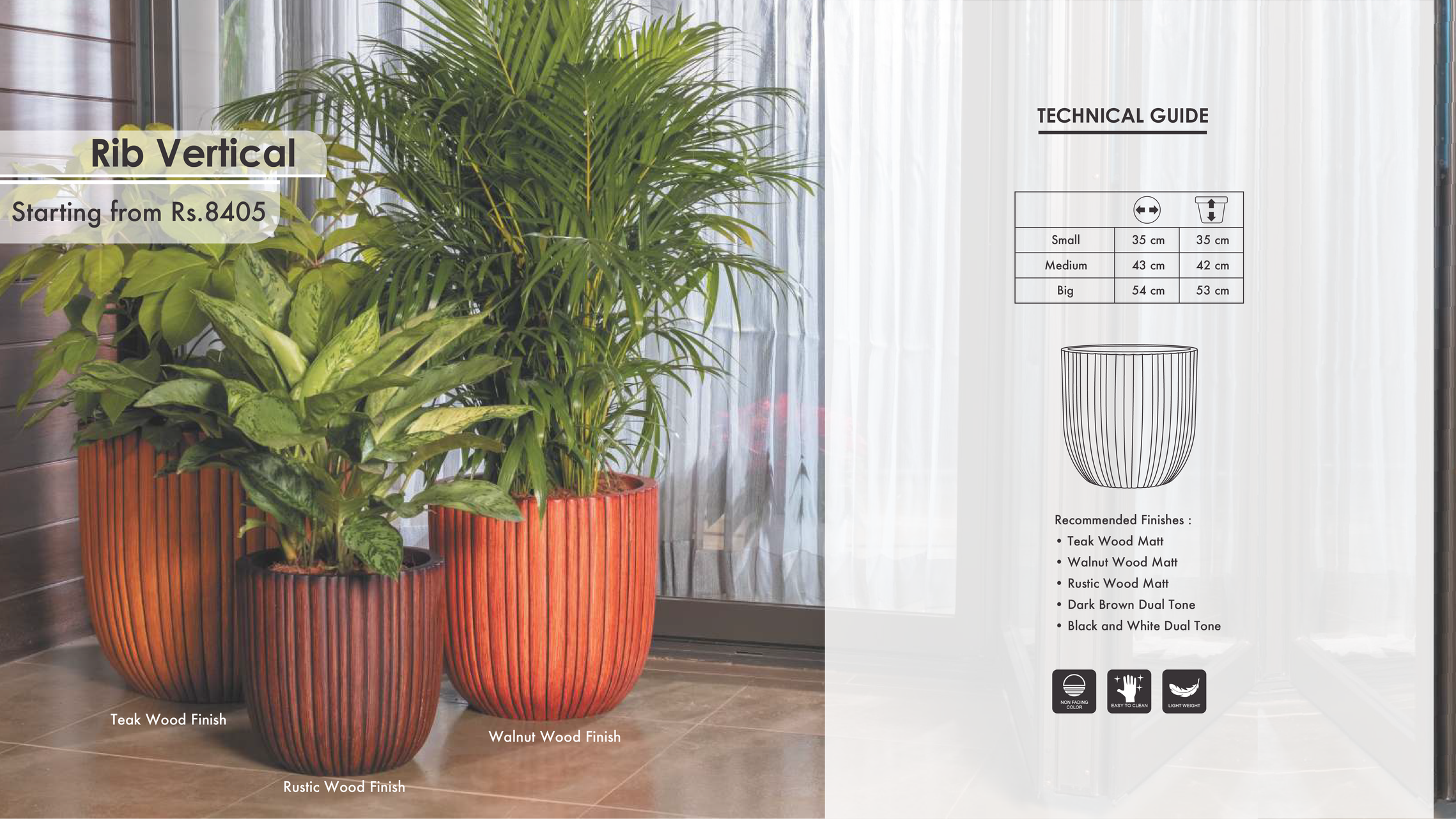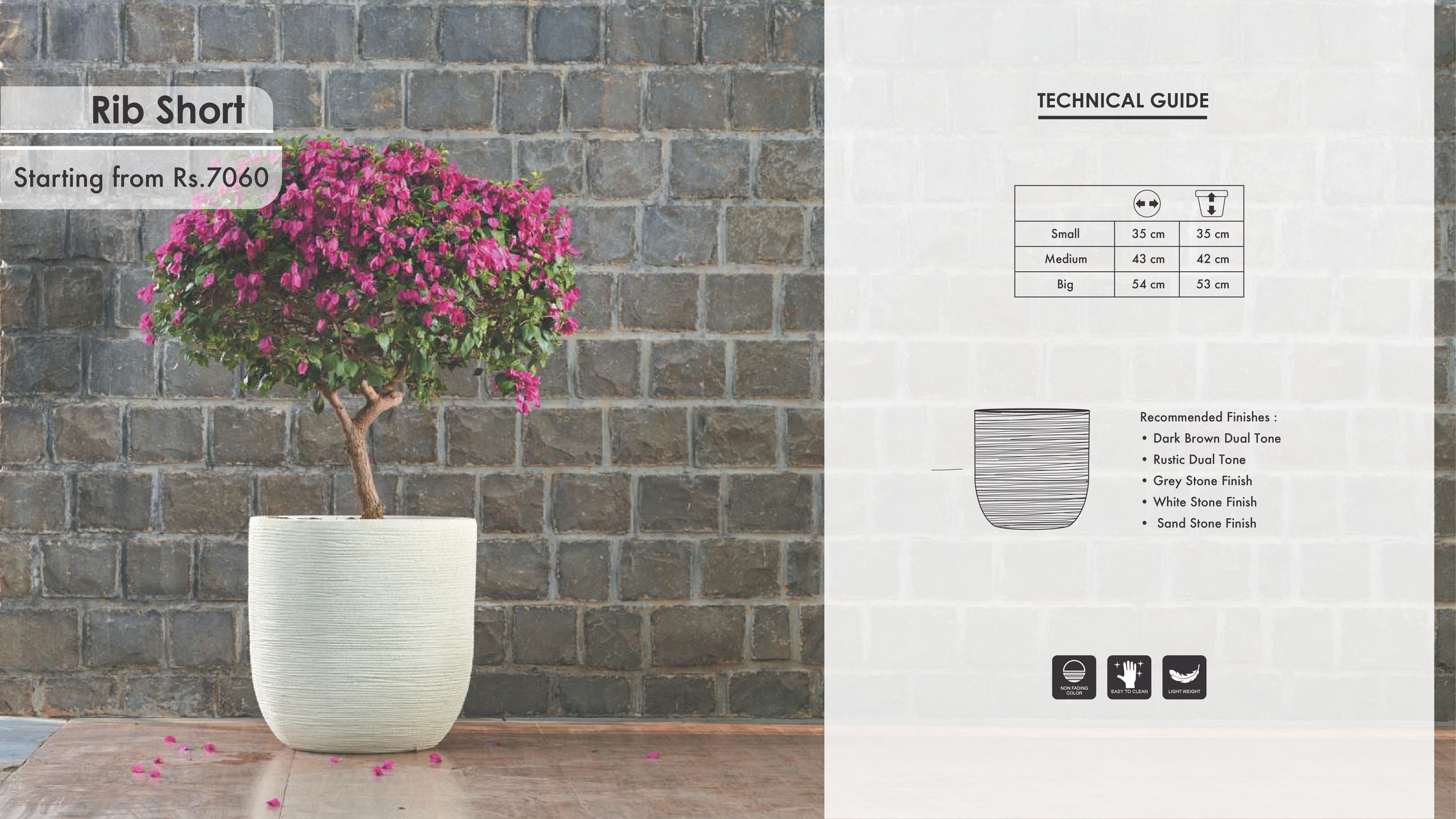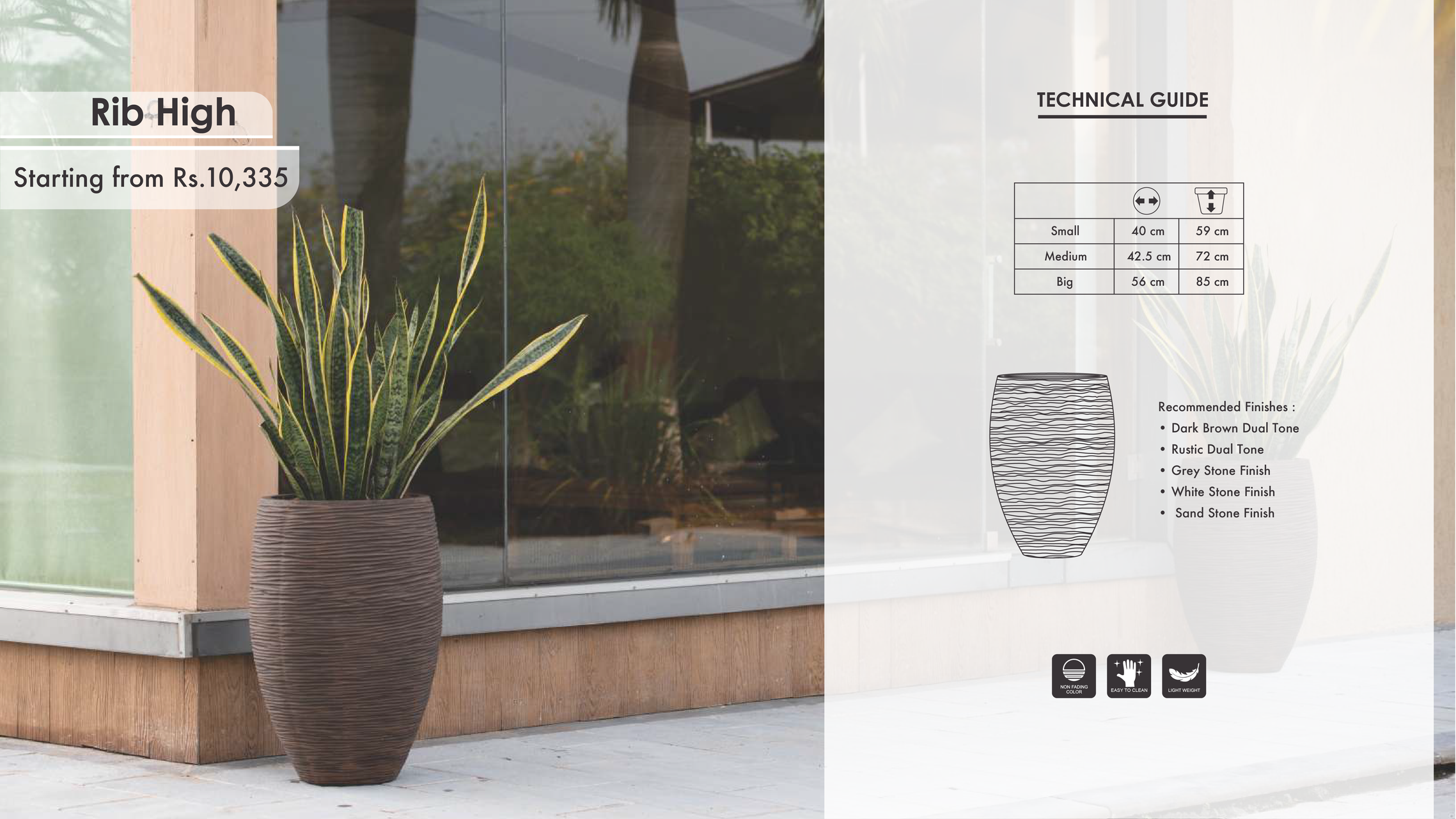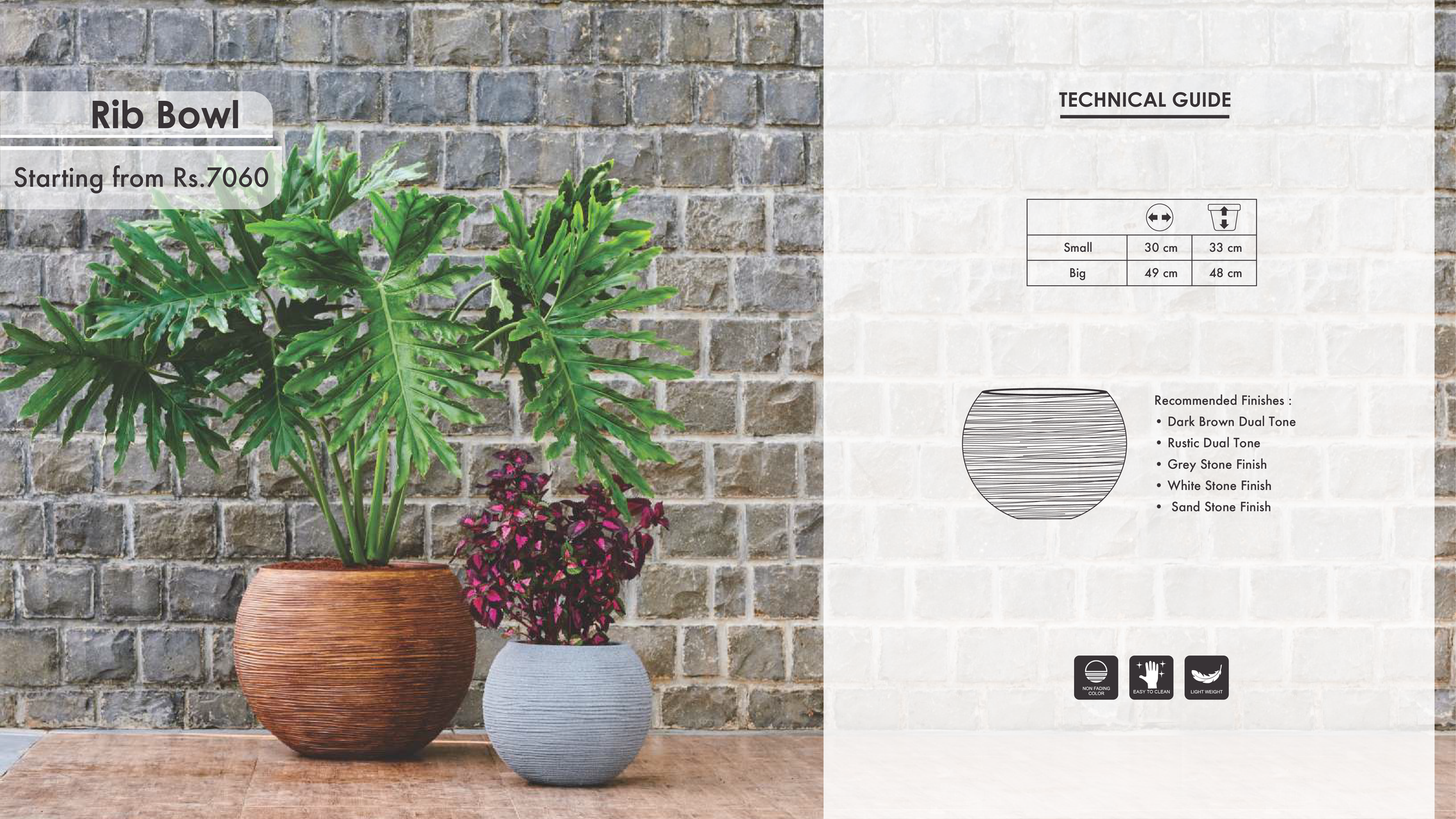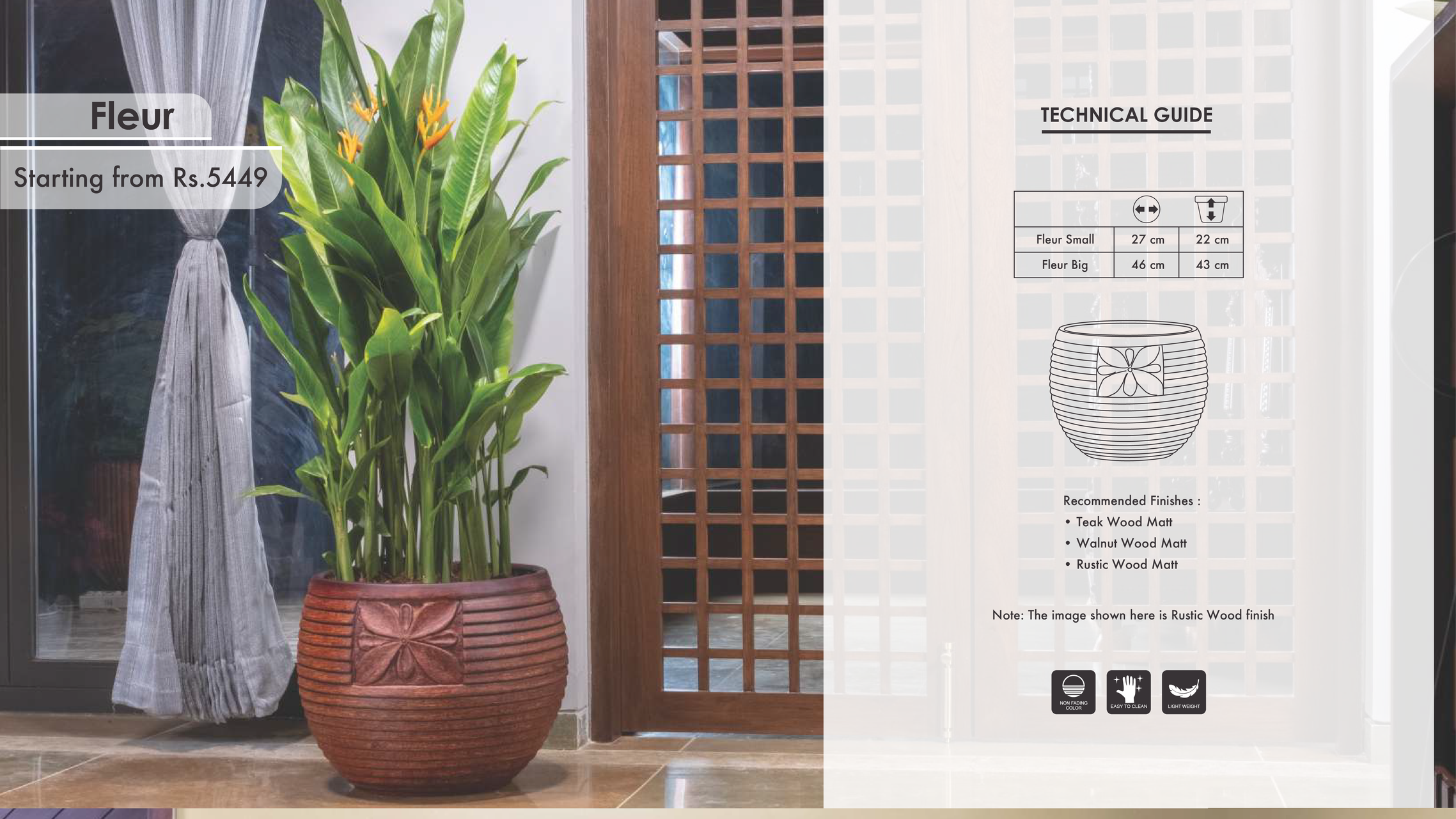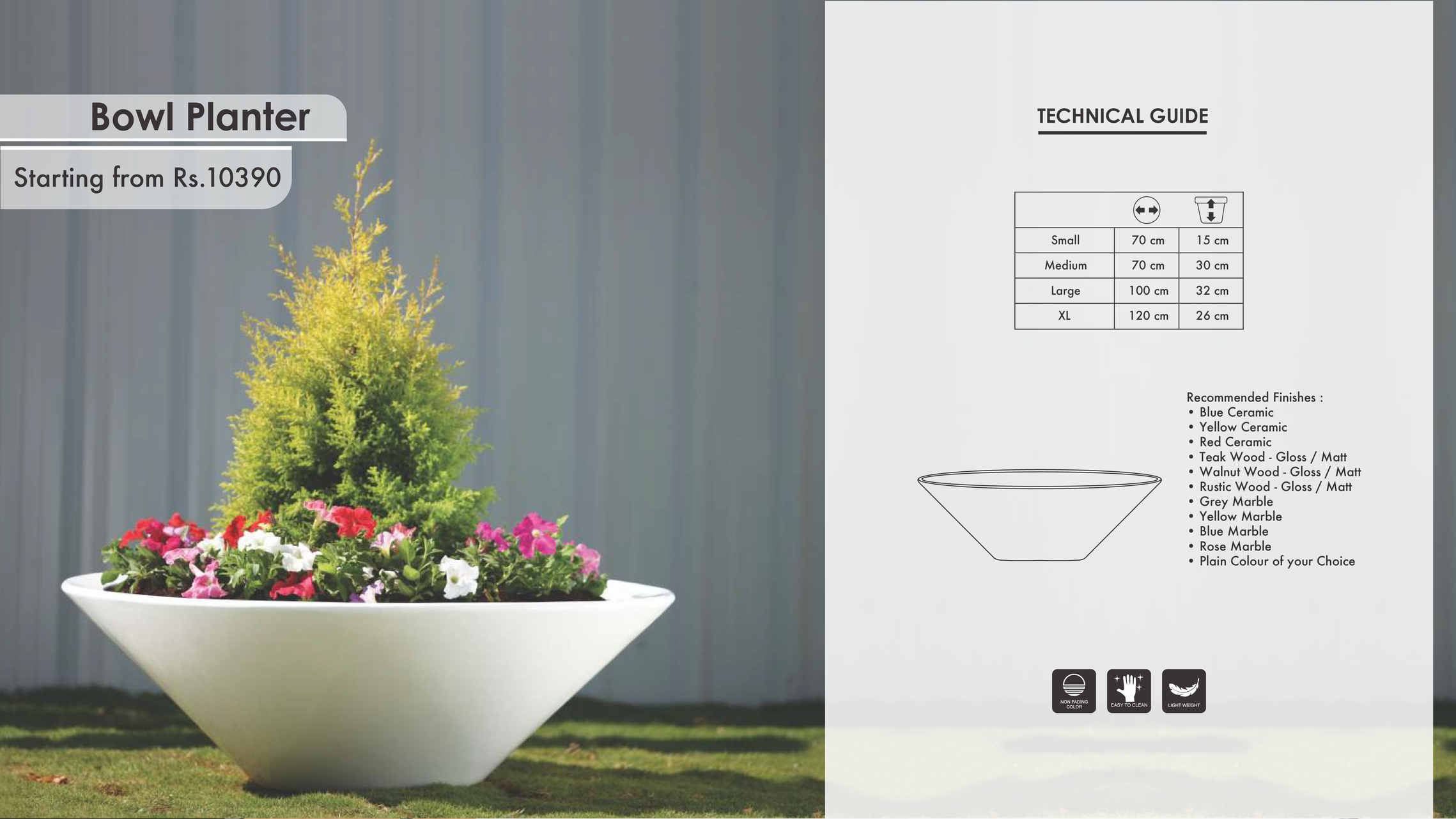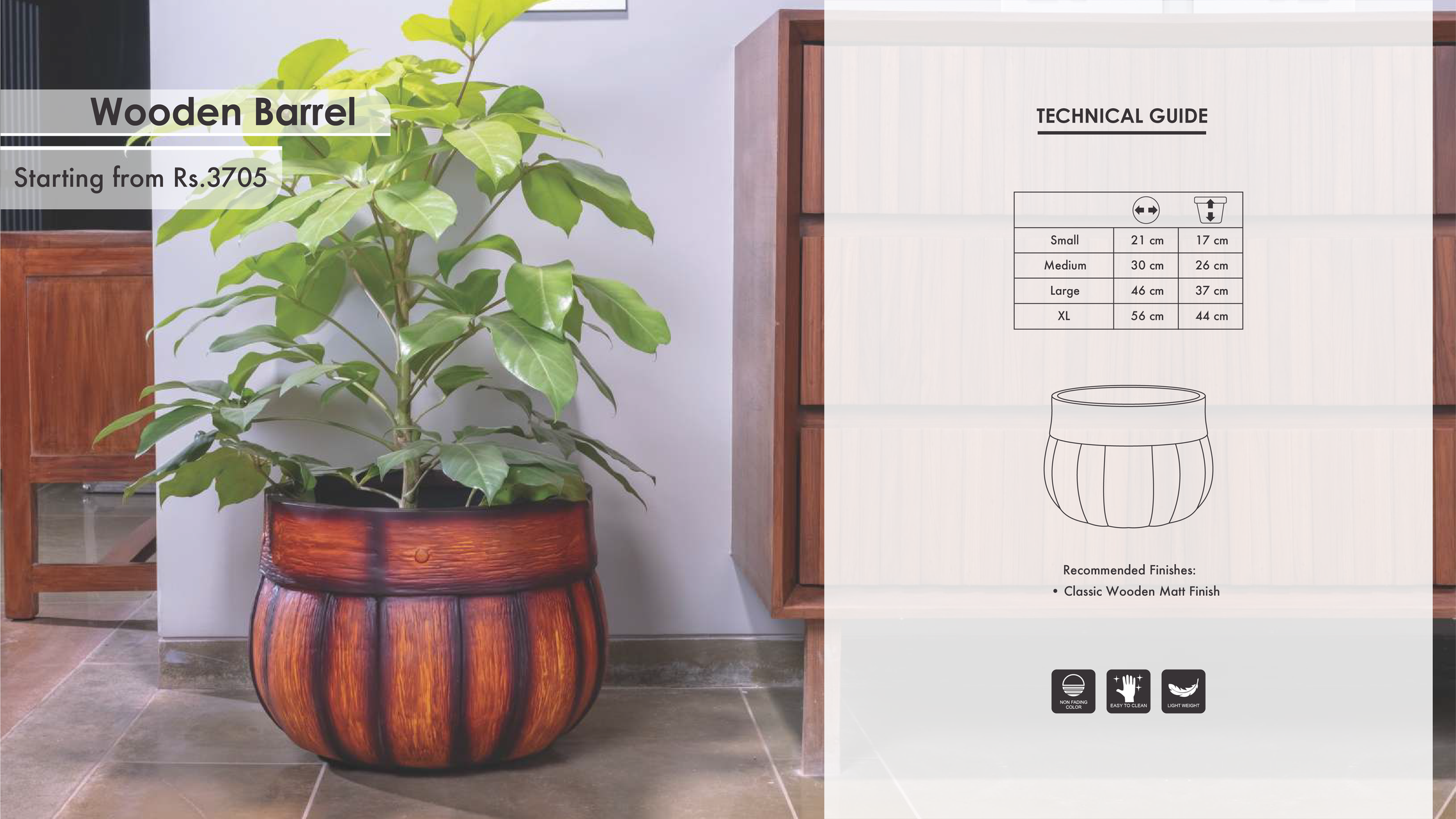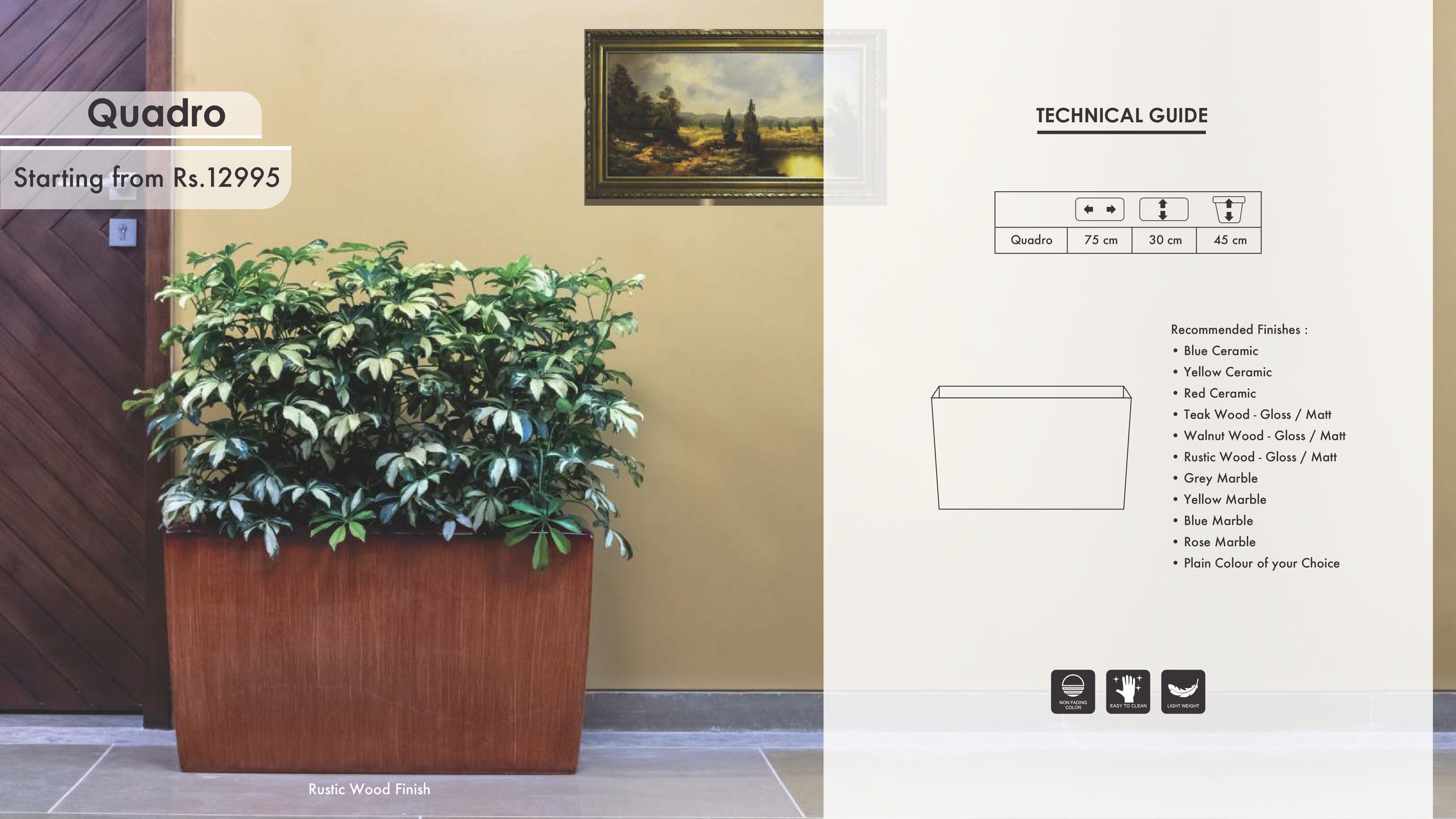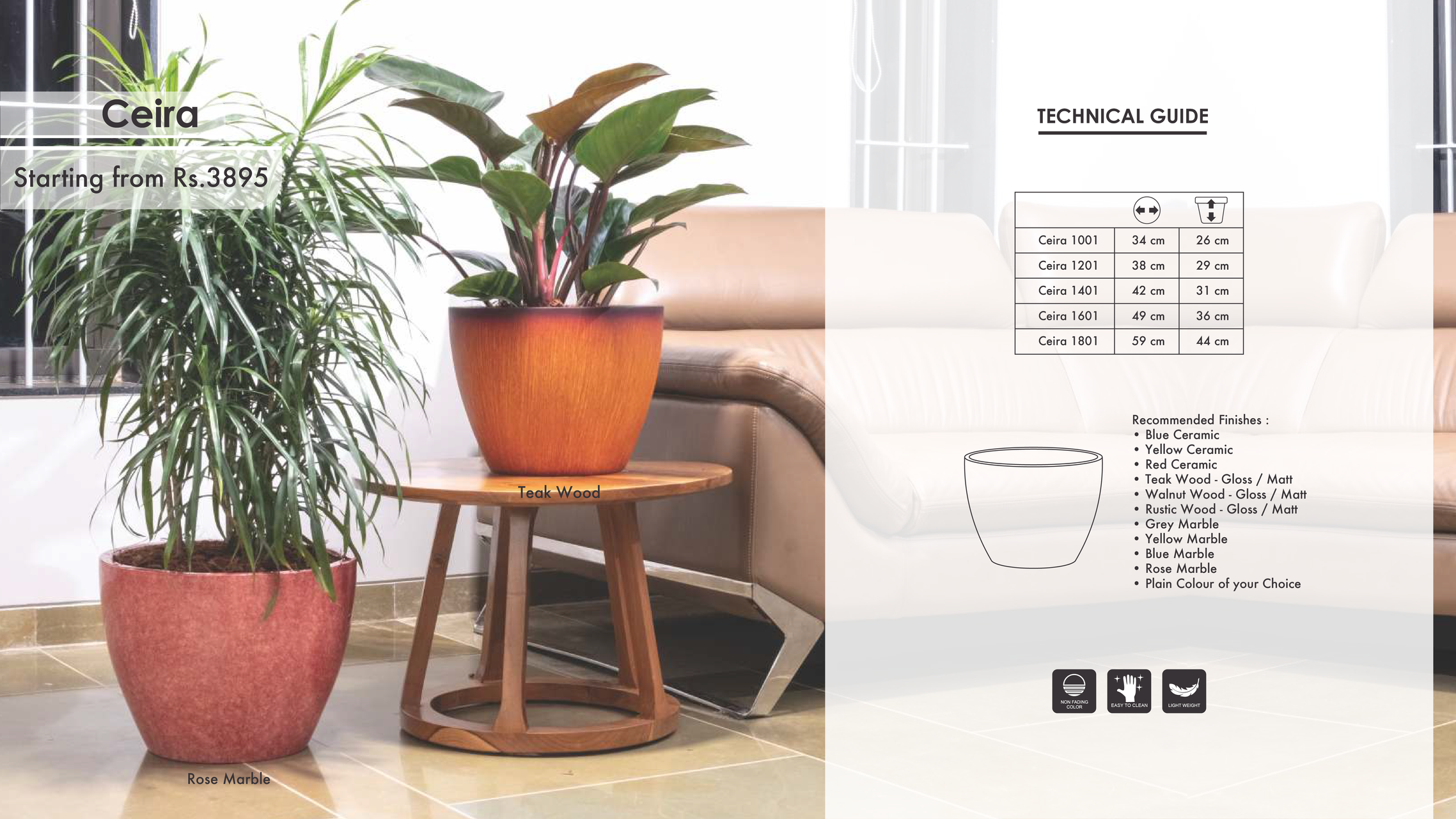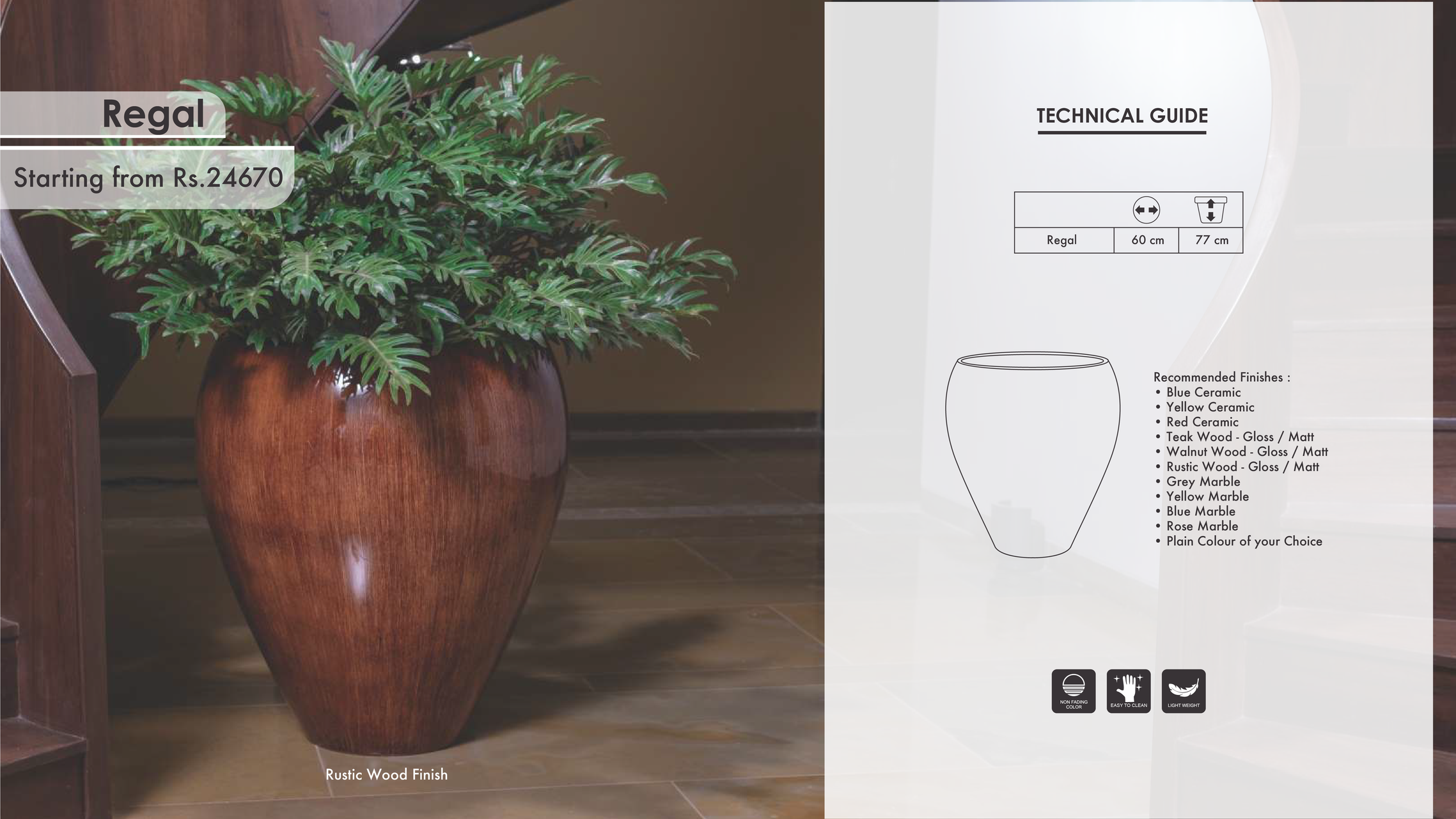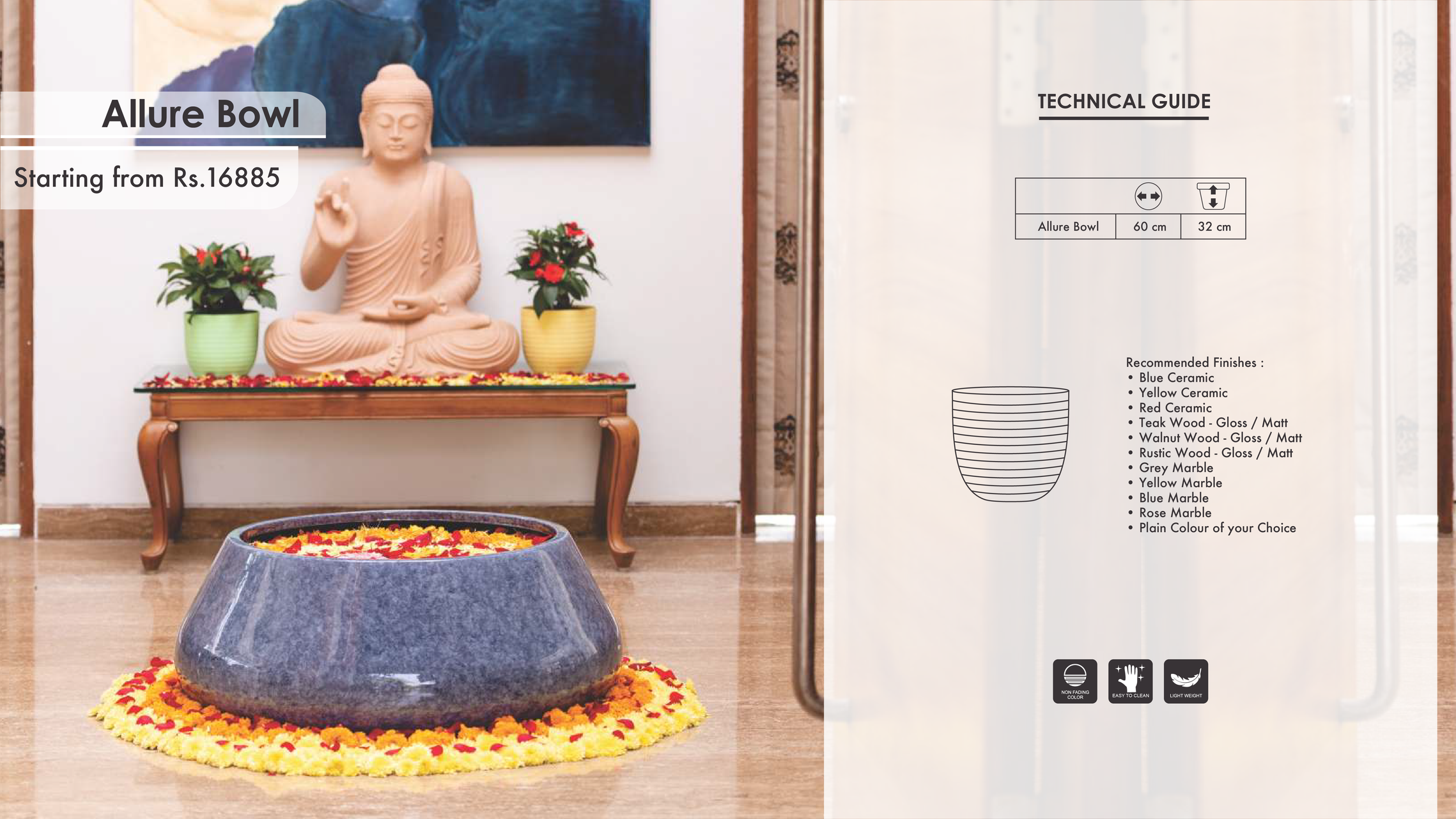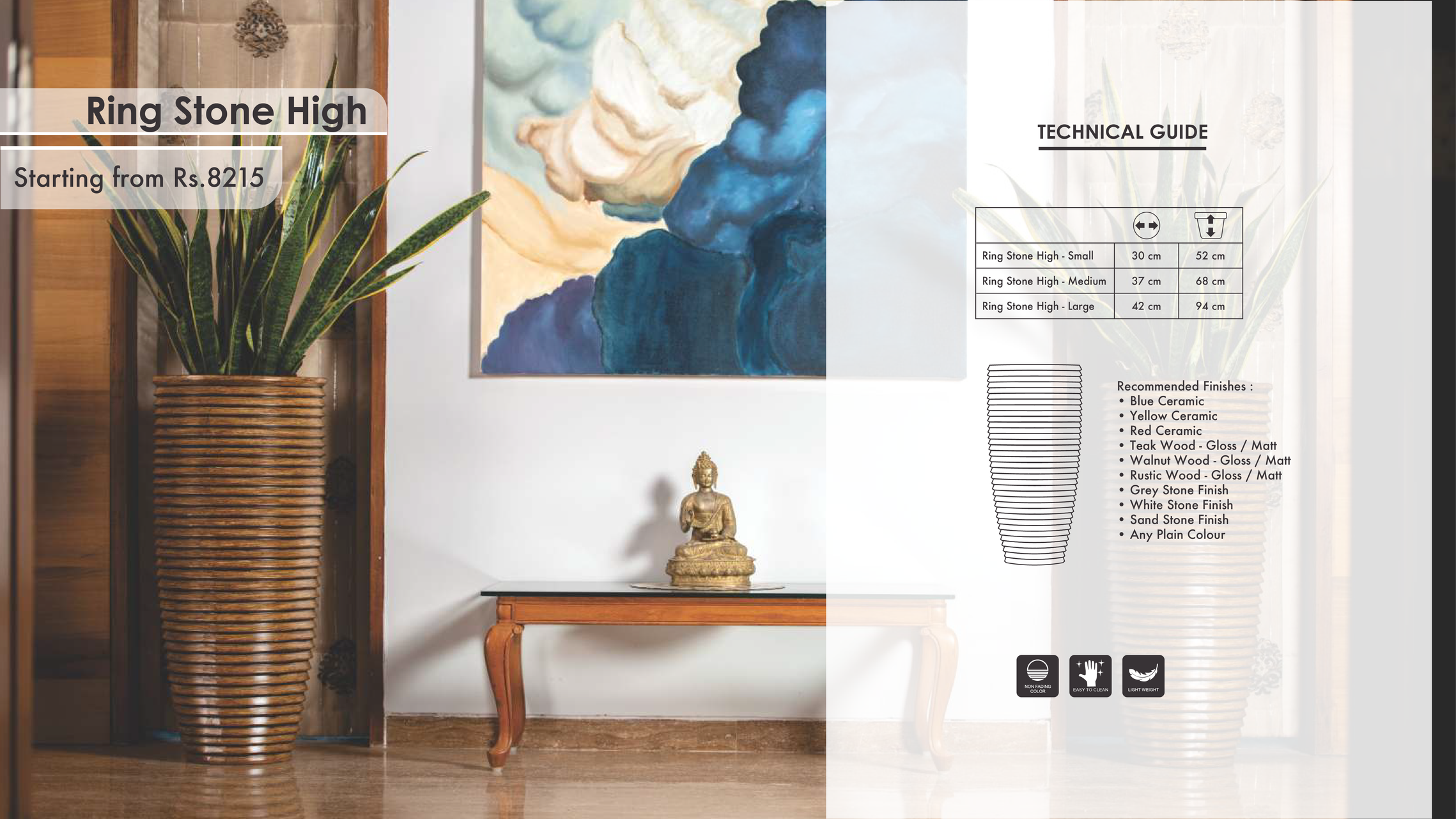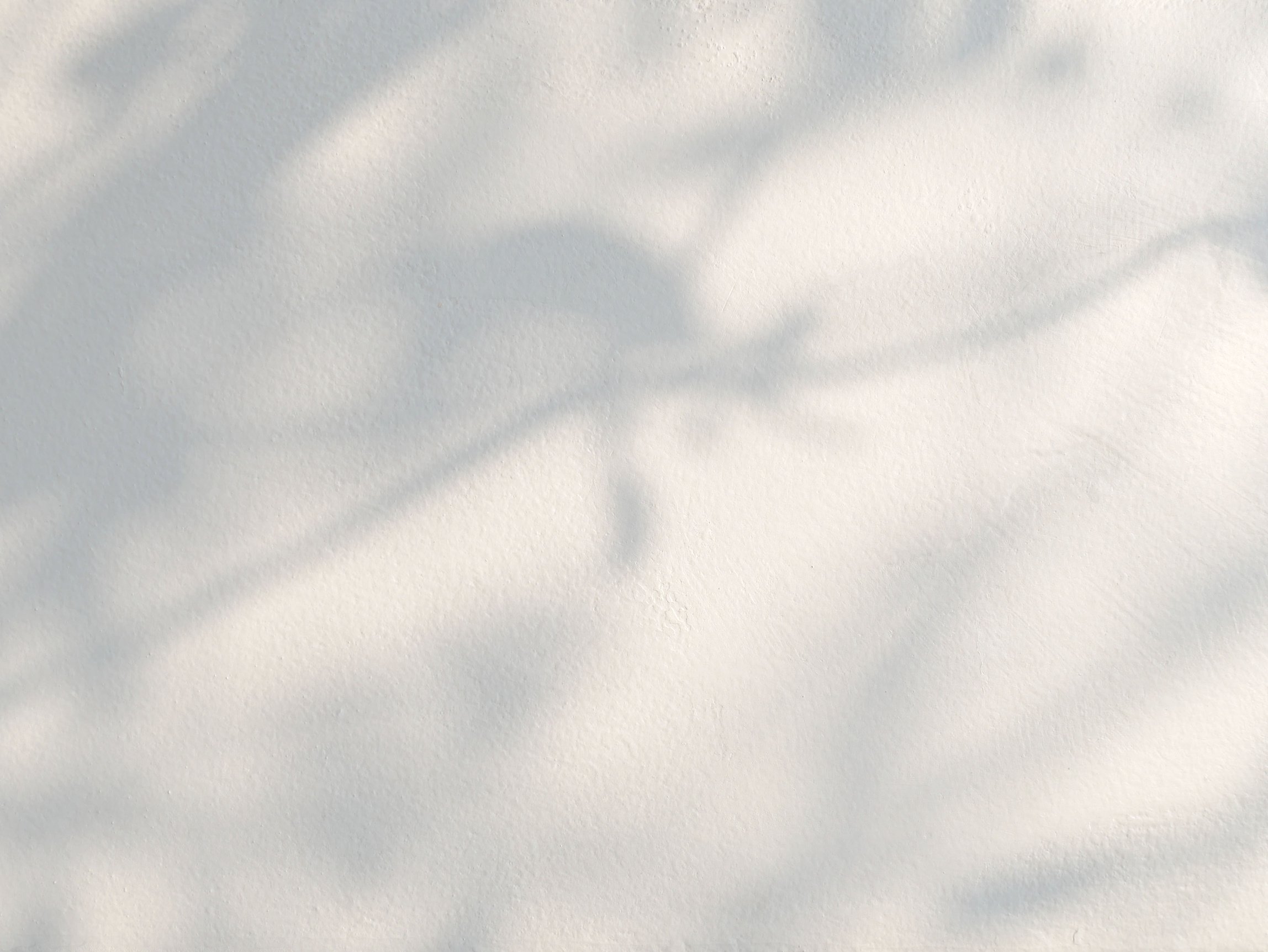

ABOUT US
Rooted is a one-stop shop for all plant needs, equipment, and related services. We are committed to building environmentally-conscious products and services.
At Rooted, we want to build a community of green-thumbs who believe in sustainable living and co-existing with nature. Our genuine passion for greenery shines through in all our work.
As we fill the world with plants, we are rooting for you to mark a green beginning with us.

MEET THE TEAM
Rooted stemmed out of a natural urge to make our surroundings greener. When we brainstormed how we can do our bit for the environment, it was clear to us that change begins at home.
The impact we want to see in the world can only be manifested through our actions. This is why we are striving to grow a community of green thumbs.
- Raghav, Vidushi, Aditi
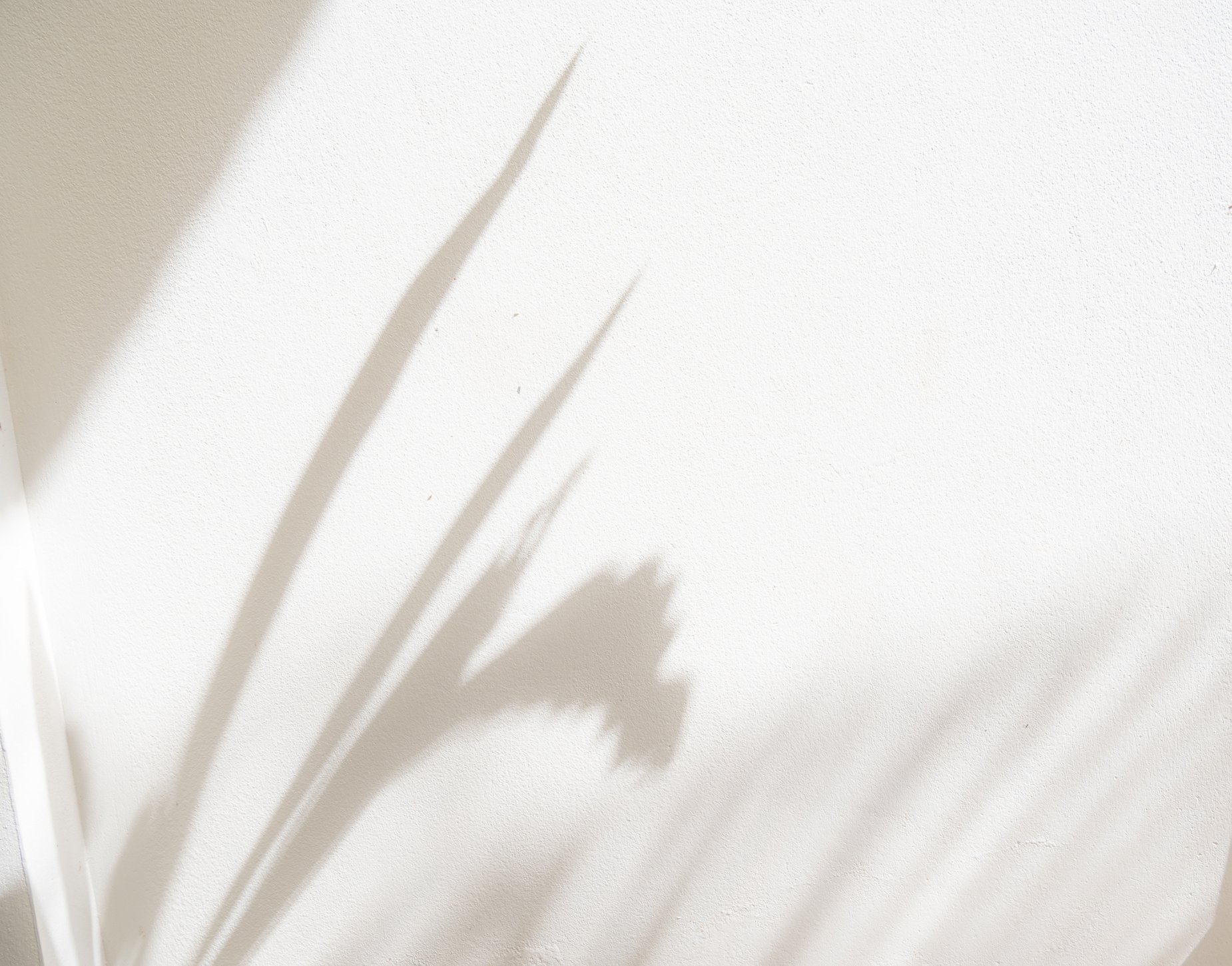

Choose your plant to know more!
Bright Indirect

Once a Week


Aglaonema
Aglaonema commutatum
Aglaonema, commonly called Chinese evergreen, is an evergreen perennial that generally resembles dieffenbachia in appearance. Alongside the fantastic foliage, this plant's greatest strength is that it's very easy to look after compared to other foliage plants. Aglaonema can take a knock, tolerates forgetful waterers and is not quick to disappoint.
Red
Pink Beauty
Cutlass
Dark Pink
Osaka
Bright Indirect

1-2 Times a Week


ALOCASIA
Alocasia
A rhizomatous evergreen perennial, Alocasia features arrowhead-shaped leaves that can grow quite large. The edges are wavy and outlined in light green to cream which makes a stark contrast to the dark green leaves. Alocasia is ‘the tree that grows up to the heavens’ and is said to be the plant in all the Western and Eastern versions of the fairytale of Jack and the Beanstalk. It thereby stands for seizing opportunities when they arise, even when they’re risky.
Black Velvet
Silver Dragon
Bright Indirect



ARALIA
Polyscias Fruticosa
Once a Week
As young plants, the popular Polyscias start out with fleshy, herbaceous growth. As they mature, they develop woody stems and grow into small shrubs. Most species have twisted, woody stems and branches, making them look like natural bonsais. They will flourish near a sunny window with bright to moderate indirect light. Aralia plants always make wonderful large office plants and are suitable as house plants if their size is controlled with regular pruning.
Golden
Variegated
Bright Indirect



BIRD OF PARADISE
Strelitzia reginae
2-3 Times a Week
Bird Of Paradise plant is grown outdoors in warm climates and as a houseplant for its attractive foliage and unusual flowers. It is named for its resemblance to the showy forest birds known as birds-of-paradise. The bird-of-paradise flower grows from rhizomes to a height of 1 to 1.5 metres (about 3 to 5 feet). It has stiff, erect, leathery, concave, and oblong leaves borne on a long petiole (leafstalk).
Bright Direct



BONSAI
Prunus mume
Once a Week
A bonsai tree is a living tree or shrub which has been grown in a way which gives the impression of being a full-sized, mature tree. A bonsai is not a species of tree; in fact many species of tree can be turned into bonsai through various techniques. The smallest bonsai tree in the world will fit in the palm of your hand. The most expensive bonsai tree was sold for $1.3 million. Bonsai cultivation dates back to 2000 years ago!
Bright Indirect



Bromeliad zebrina
Aechmea zebrina
Once a Week
Bromeliad Zebrina or Aechmea Zebrina is a beautiful epiphytic evergreen plants that are endeared for their long spear-like leaves banded with dark green and grey striations and their relative ease of maintenance. They are one of the few flowering plants for low light areas Their blossoms are shocking orange and yellow and stand out like a grand beacon!
Caladium
Caladium

Colourful
Bright Indirect

Once a Week

Caladiums are tropical perennials with colorful, heart-shaped leaves. Caladiums have almost unparalleled foliage and make showy houseplants. The plant's large, heart- or arrow-shaped, paper-thin leaves come in a striking array of colours and patterns. A mass of caladium is an explosion of whites, greens, reds, and pinks that are mottled, veined, and striped. They can easily offer the visual impact of having planted flowers while only being foliage plants.
Bright Indirect

1-2 Times a Week


Calathea
Calathea
Calatheas are part of the ‘prayer plant’ family, Marantaceae. The prayer plant nickname stems from the daily movements of the plants leaves, known as nyctinasty. It is believed that these movements are meant to follow the sun’s movement in the sky in order to maximize light absorption. They are famous for their wide, green, colorful leaves. These wide leaves make them popular for areas of low light.
Faux Green
Zebrina
Yellow Fusion
Rattlesnake
Freedie
Bright Indirect



CHINA DOLL
Radermachera sinica
Twice a Week
With their glossy emerald leaves and petite shape, China doll plants make for an attractive addition to any indoor home garden collection. Native to the subtropical mountainous areas of Asia, China doll plants are evergreen trees that are a part of the Bignoniaceae family. When cared for indoors, they are moderately fast growers and can reach heights between 4 and 6 feet at maturity.
Bright Indirect



Cordyline
Cordyline Fruticosa
1-3 Times a Week
Cordyline fruticosa is a flowering tropical plant commonly grown as a houseplant in temperate climates. It has stunning foliage with shades of pale pink, green, purple or deep red depending on the cultivar. Often confused with Dracaena, which have no petioles; the Ti-plant is all-green and is the 'grass' used for hawaiian hula skirts. This plant filters airborne toxins such as VOCs and is part of our clean air plant collection.
Chocolate Queen
Fruitcosa
Bright Indirect



CRasulla
Portulacaria afra
Once a Week
Crassula Ovata is a large, much-branched, hairless and floriferous shrub from southern Africa. Commonly known as the jade plant, Crassula ovata has been grown as an indoor ornamental practically worldwide for over a hundred years. As it matures, its trunk-like succulent stems often take on the appearance of a miniature tree. Crassula Ovata has oblong, fleshy, shiny, evergreen leaves.
Ovata
Ovata Variegated
Bright Indirect



Croton
Codiaeum Variegatum
Once a Day
The croton is an easy-to-grow houseplant known for its variegated foliage covered in green, scarlet, orange, and yellow splotches. This tropical plant has thick, leathery leaves of varying colours, shapes, and sizes. As it ages, the plant’s colour may darken to nearly black. Croton plants are used primarily for their aesthetic value. Adding a croton plant brings a burst of colour to an otherwise green landscape.
Bright Indirect



DIEFFENBACHIA
Dieffenbachia
Once a Week
Dieffenbachia is a perennial herbaceous plant with straight stem, simple and alternate leaves containing white spots and flecks, making it attractive as indoor foliage. Species in this genus are popular as houseplants because of their tolerance of shade. ‘Dumb cane’ gets its name from the temporary speechlessness that can occur after chewing a piece of the stem.
dischidia
Dischidia
Easy to Grow

Medium or Bright

1-2 Times
a Week

Dischidias are uncommon, exotic, but easy-to-grow houseplants. Most varieties trail, making them wonderful choices for hanging baskets if you're looking for a no-fuss plant to hang in your window or near your desk. Most varieties of dischidia have interesting leaves that may be puffy or fleshy and good for holding water during times of drought. Smaller varieties are excellent houseplants for terrariums.
Bright Indirect

Once a Week


Dracaena
Dracaena
The dracaena plant is a popular ornamental houseplant, grown both indoors and outdoors in subtropical climates. It reaches a height of about three feet indoors, and has a bushy tree type of look. Its glossy leaves can grow up to one foot long and a couple of inches wide. Dracaena are noted as effective air cleaners that remove chemicals, such as formaldehyde, from the air indoors.
Dara Singh
Coffee
Compacta
Golden Milky
Lemon Lime
Bright Indirect



DRAGON TREE
Dracaena marginata
Once a Week
Dragon tree is an attractive plant with green sword-like, red-edged leaves. The dragon tree is known for its thick, red resin, called “dragon’s blood.” The tree got its name from one of Hercules’ legendary adventures. The trunk of the dragon tree somewhat resembles a dragon’s scaly leg, covered with ridges formed by growth-produced leaf scars, continually added year after year.
Bright Indirect

1-3 Times a Week


Fern
Tracheophyta
A fern is a member of a group of vascular plants that reproduce via spores and have neither seeds nor flowers. There are about 10,560 known species of fern. Ferns are distributed throughout the world, including tropical, temperate, and Arctic environments, although most species are located in tropical regions. Some types of ferns can live up to 100 years.
Golden
Boston Compacta
Morpankhi
Cobra
Cotton Candy
Bright Indirect



ENGLISH IVY
Hedera helix
3 Times a Week
English ivy (Hedera helix) is an evergreen perennial. It is also classified as a woody vine. English ivy can act as a ground cover, spreading horizontally. But it is also a climber, due to its aerial rootlets, which allows it to climb to 80 feet high. The plant will eventually bear insignificant greenish flowers, but it is grown primarily for its evergreen leaves. In this regard, ivy can be classified as a foliage plant.
Variegated
Green
Bright Indirect



ficus prestige
Ficus benjamina prestige
Once a Week
The Ficus Prestige is a common houseplant both in offices and homes owing to its unique variegated foliage and ease of growing. A favourite among landscape professionals to break the monotony of green. It is easy to grow and an ideal choice if you don't have a lot of time on your hands. Ficus tree comes in the top 7 air purifying indoor plants.
Ficus is seen as the tree of peace and abundance.
Bright Indirect



fIDDLE leaf fig
Ficus lyrata
Twice a Week
The fiddle-leaf fig (Ficus Lyrata) is a popular indoor tree featuring very large, heavily veined, and glossy violin-shaped leaves that grow upright on a sleek trunk. Fiddle leaf figs symbolise fertility, good luck, and abundance. Additionally, according to feng shui principles, their large, rounded leaves are thought to attract positive and nourishing energy while helping to neutralise negative energy and poison arrows that come from the sharp corners in your home.
Bright Indirect

1-3 Times a Week


Fittonia
Fittonia
Fittonia, also known as the Nerve Plant, is a spreading evergreen perennial with delicately veined, deep-green leaves. Although the most popular vein color is silvery-white, you can also find varieties with veins in red, pink, white, and green. Fittonia typically grows to a height of 3 to 6 inches with a trailing spread of 12 to 18 inches. Although the slow-growing plant rarely flowers when grown as an indoor houseplant, it does occasionally bloom with insignificant reddish or yellowish-white spikes.
Big Leaf
Green
Pink
Bright Indirect



Jade
Portulacaria afra
Once a Week
A branched, succulent shrub commonly grown indoors, jade plant features thick, woody stems and glossy green, fleshy, oblong leaves up to two inches long. Happily, this low-maintenance plant lives a long time, taking on the appearance of a miniature tree as it ages. Jade Plant is a popular good luck charm in Asia. The vibrant green leaves are symbolic of growth and renewal, closely resembling jade coins/stones, symbolic of wealth and prosperity.
Bright Indirect



LAVENDER
Lavandula
1-2 Times a Week
Lavender is the name given to several species of herbaceous, perennial shrubs in the genus Lavandula which are grown as ornamental plants or for essential oil. Lavender plants are small, branching and spreading shrubs with grey-green leaves and long flowering shoots. The flowers are lilac or blue in color. Back in the Elizabethan times, when baths weren't common practice, lavender was used to perfume clothes and bed linen. The scent of lavender deters mice, flies, mosquitoes and other pests from the area.
Shade



LEMON Balm
Melissa officinalis
Once a Day
Lemon balm (Melissa officinalis) is a herb from the mint family. The leaves, which have a mild lemon aroma, are used to make medicine and flavor foods. Lemon balm contains chemicals that seem to have a sedative and calming effect. It might also reduce the growth of some viruses and bacteria. Lemon balm is easy to grow and is cultivated as an attractive border plant or ground cover.
Bright Indirect



LUCKY BAMBOO
Dracaena sanderiana
Once a Week
The Lucky Bamboo plant is easy to care for and grows well in indirect sunlight. Many people think that it’s a real bamboo plant, but, it is a type of tropical water lily called Dracaena Sanderiana. The lucky bamboo plant is one of the most popular Feng Shui cures said to bring good luck and prosperity to the place where it is grown. It is also known to enhance the flow of positive energy in the home and office when placed in the right direction.
Two Layer
Three Layer
Bright Indirect

Once a Week


money plant
Epipremnum aureum
Money plants are both indoor and outdoor plants that according to Vastu and Feng Shui, kept anywhere will fill the house with prosperity and wealth. Money plants are also commonly known as Golden Pothos, Devils Ivy, Devils Vine, etc. Money plants health benefits are endless- From filtering air and increasing oxygen inflow to reducing anxiety and stress, from showering good wealth to improving sleeping disorders, they do everything.
Golden
Green
N'Joy
Satin Silver
Chinese
Bright Indirect

Twice a Week


monstera
Epipremnum aureum
The Swiss cheese plant is a common houseplant with showy, glossy, perforated leaves slashed to the margins. The holes in a Monstera leaf have a function. By developing holes in its leaves, the large Monstera leaves are better suited to withstand heavy rainfall and wind as they let the elements pass through the holes.
Delicosa
Broken Hearted
Peru Green
Adansonii
Minima
Bright Indirect

1-2 Times a Week


PALM
Arecaceae
Perhaps because of their association with tropical environments, palms elicit feelings of peace and relaxation like no other plant can. Palm plants also lend a bold, tropical look to home interiors that is surprisingly easy to achieve. One of the most common indoor palm plant is the Areca Palm, which is popular because of its soft fronds and tolerance for low light.
Areca
Bamboo
Kentia
Rhapis
Bright Indirect

1-2 Times a Week


Pachira Aquatica
Pachira Aquatica
The Pachira aquatica or money tree is also famous as the Malabar chestnut - a tall, slender, and majestic indoor plant. It is equal parts fuss-free and beautiful. With its braided stems and leaves that grow in sets of 3 or 5, the Pachira makes a great centre piece. Make it a part of your indoor plant cluster or place it in empty room corners to add visual interest. The money tree is also considered to be a token of good fortune and is a great gifting option.
Bright Indirect



PEACE LILY
Spathiphyllum sensation
Twice a Week
Peace lilies are sturdy, easy to grow plants with glossy, dark green oval leaves that narrow to a point. The leaves rise directly from the soil. These plants also periodically produce lightly fragrant white flowers that resemble calla lilies. The long-lasting, pure white flowers will turn a pale green as they age. The peace lily plant is well known for its air-purifying abilities as a houseplant; it's great at breaking down and neutralizing toxic gases.
Bright Indirect

1-2 Times a Week


Peperomia
Peperomia
Peperomia plant has more than 1,000 known species. These hearty plants boast thick, fleshy leaves that contribute to their drought tolerance and vigor. Its leaves can be textured or smooth in red, green, gray, or purple; variegated, marbled, or solid; large, heart-shaped, or tiny. Plants in the Peperomia genus can look so different from one to the next that it's difficult to discern if they are even related.
Angulata
Caperata
Rosso
Variegated
Watermelon
Bright Indirect

1-2 Times a Week


PHILODENDRON
Philodendron
The Philodendron genus contains hundreds of species of beautiful foliage plants. Their leaves are typically large, green, and glossy, adding a bit of their native tropical flair to your home. There are two types of philodendrons: vining and non-climbing plants. The vining variety usually requires some support structure to climb on, such as a trellis or around a basket.
Brasil
Ceylon Golden
Atom
Oxycardium Golden
Xanadu
Bright Direct



ROSEMARY
Salvia rosmarinus
Once a Week
Rosemary is described as a woody, perennial herb that can become a bushy shrub. The leaves are evergreen and needlelike in shape, and they produce the essential oil that gives rosemary its characteristic scent. They are dark green on the upper side, and the underside has a dense covering of short, white, woolly hairs. Rosemary is a rich source of antioxidants and anti-inflammatory compounds, which are thought to help boost the immune system and improve blood circulation.
Bright Indirect



Rubber Plant
Ficus elastica
Once a Week
Rubber plants (Ficus elastica) are easy to grow and care for and do well in a variety of conditions. They are excellent plants for beginners. Rubber plants are grown for their glossy, leathery, large leaves. The leaves are oblong to oval, 8 to 12 inches long and in various colors of dark green, deep maroon or marked with yellow, cream, pink or white.
In addition to being a dramatic accent in a room, rubber plants can remove airborne toxins and fight tropical diseases and parasites.
Tineke
Green
Bright Indirect



Sedum Golden
Sedum adolphi
2 Times a Week
Golden Sedum Plant is golden-green, tufty perennial plant with leaves clustered on thick stems. These chubby plants grow horizontally rather than vertically and are popularly planted in clusters. Their foliage is attractively golden and padded, making it eye-candy for anyone looking to add some minimalist plants in the home decor.
Golden Sedum is a symbol of peace and tranquility that offers a beautiful message of everlasting calm and perseverance.
Bright to Medium

Once a Week


Snake plant
Sansevieria trifasciata
The snake plant, commonly referred to as mother-in-law's tongue, is a resilient succulent that can grow anywhere between 6 inches to several feet. In addition to providing a bit of ambiance, snake plants have a number of health benefits, including: filter indoor air. remove toxic pollutants. The plant features stiff, sword-like leaves. Snake plants can vary in colour although many have green-banded leaves and commonly feature a yellow border.
Green
Gold Flame
Golden Hahnii
Futura Superba
Boncel
Bright Indirect



Song of india
Dracaena reflexa
2 Times a Week
A great plant for novices is the rewarding, yet forgiving, Dracaena reflexa or Song of India. A native to the islands of the Indian ocean, this broadleaf evergreen will often grow 18 to 20 feet in the wild but can be an adaptable plant when grown indoors. It has striking alternating dark green and chartreuse stripes on narrow-lanceolate leaves with veins that run parallel along their length. As with most other Dracaena plants, the Song of India is included on the NASA list of top air-purifying plants!
Bright Indirect



Spider plant
Chlorophytum comosum
2 Times a Week
This clump-forming, perennial, herbaceous plant, native to coastal areas of South Africa, has narrow, strap-shaped leaves arising from a central point. The leaves may be solid green or variegated with lengthwise stripes of white or yellow. The leaves are not flat, but appear channeled or folded down the middle. The thick, fleshy roots and rhizomes evolved to store water, allowing it to survive inconsistent watering.
Bright Indirect



STROMANTE TRIOSTAR
Stromanthe sanguinea 'Triostar'
3 Times a Week
The triostar stromanthe has impressive, full variegate foliage with vibrant shades of pink. It can be grown outdoors in hot and humid climates, but it does best well indoors and is more commonly grown as a house plant. A member of the prayer plant family, the triostar folds its leaves up at night, and it can often be confused with the similar calathea plant. The large colorful leaves that are the star attraction of this plant. It's a moderately fast-growing plant but will slow down when it feels disturbed, root bound, or doesn't get enough light.
Bright to Medium

Twice a Week


succulents
Sansevieria trifasciata
Succulents are plants with thick fleshy tissues adapted to water storage. Some succulents (e.g., cacti) store water only in the stem and have no leaves or very small leaves, whereas others (e.g., agaves) store water mainly in the leaves. Most succulents have deep or broad root systems and are native to either deserts or regions that have a semiarid season. A number of succulents are cultivated as ornamentals and houseplants, including Aloe, Echeveria, Kalanchoe, and others.
Heart Hoya
Echeveria Pegasus
Kalanchoe Tomentosa
Bright to Medium

Twice a Week


SYNGONIUM
Sansevieria trifasciata
Syngonium is a semi-tropical plant commonly known as the Arrowhead or butterfly plant. It is available in a range of colors, and the attractive foliage changes in shape as the individual leaves change from juvenile to mature. When left unpruned, the arrowhead plant can grow to be about six feet long and look lovely when trained to climb or allowed to cascade over the sides of a hanging basket or pot.
Pink
Pink Neon
Weindlandi
White Butterfly
Pixie
Bright Indirect



Turtle vine
Callisia repens
Once a Day
Turtle vine plant is a perennial, ornamental, creeping herb with purplish stems, rooting at the nodes and often forming dense mats. The leaves are evergreen, simple, ovate, and acute at the tip and rounded at the base and grayish-green in color. The blooms are small, and white in color. Callisia repens is also called Turtle Vine because it is often used to feed turtles and other reptiles.
Bright Indirect



wandering jew
Tradescantia zebrina
Twice a Week
Wandering jew plants have green, heart-shaped leaves with purple stripes and a silvery sheen to them. Depending on the variety, the leaves can be solid or variegated. Blooms are small with three petals and can be violet or white. The Wandering Jew is not a single plant — it’s the name given to a three different species in the Tradescantia genus: fluminensis, zebrina, and pallida.
Wandering Jew plant looks very much like its close cousin, the spiderwort.
Bright Indirect



weeping fig
Ficus benjamina
Once a Week
Weeping fig (also known as the ficus tree) grows as a large broadleaf evergreen tree in tropical and subtropical climates. This elegant plant has slender branches that arch gracefully from a light gray trunk, with dense, glossy dark leaves. When grown indoors, the plants are normally pruned to keep them about 3 feet to 6 feet tall, and their trunks are sometimes braided for decorative appeal.
Weeping Figs are named so because of the sensitive nature of the plant
Bright Indirect



ZZ plant
Zamioculcas zamiifolia
Once a Week
The lush and leafy ZZ plant looks exotic but is tough as nails, thriving just about anywhere with only a modicum of care. Like snake plant, it has become a favorite among houseplant growers who love indoor greenery that doesn’t require pampering or a perfect growing environment. ZZ plant is also prized for its stunning foliage, which is so green and glossy it almost looks polished.
ZZ plant is called Eternity plant because it's believed that it can live forever.
Black Velvet
Green

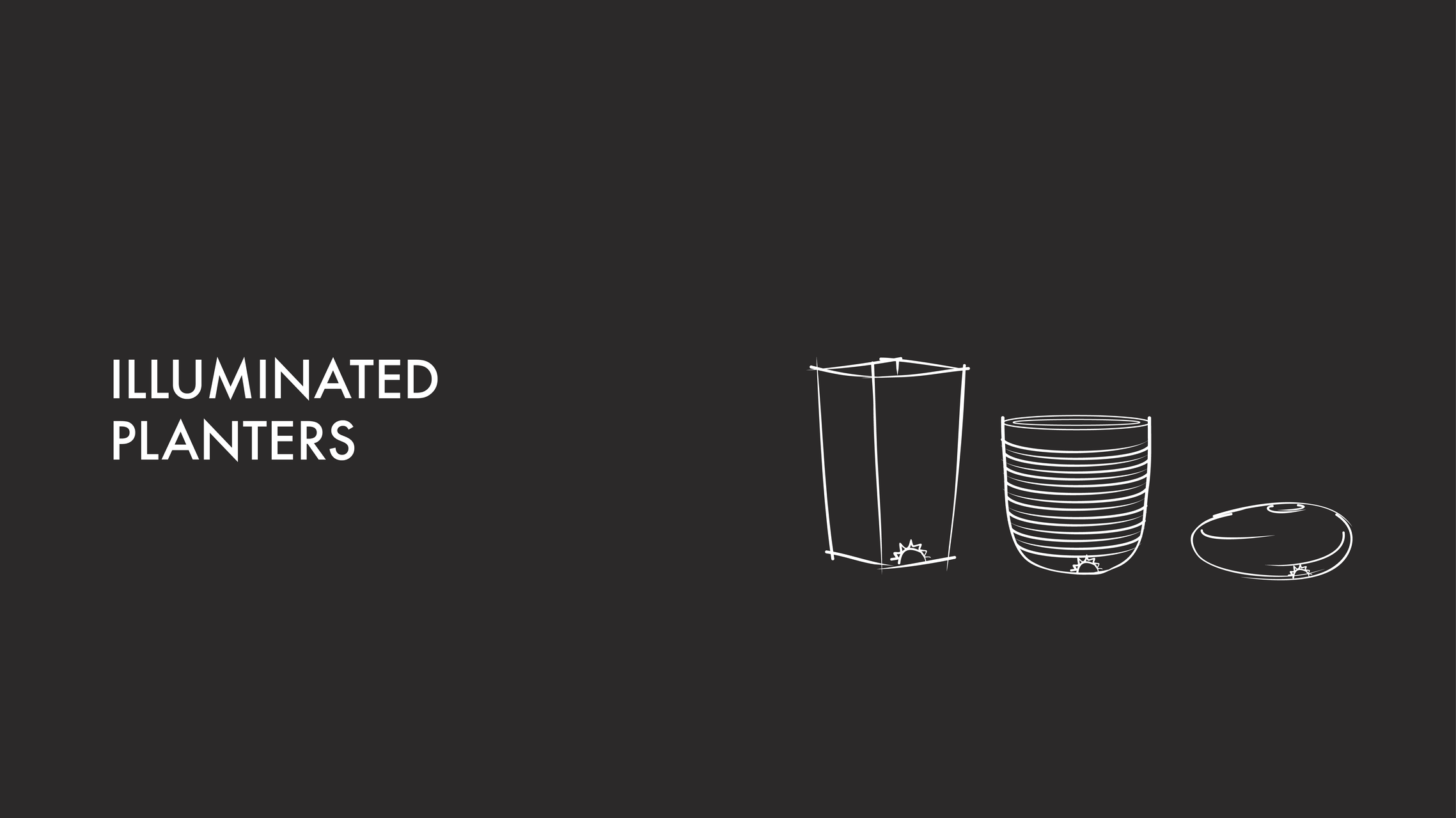
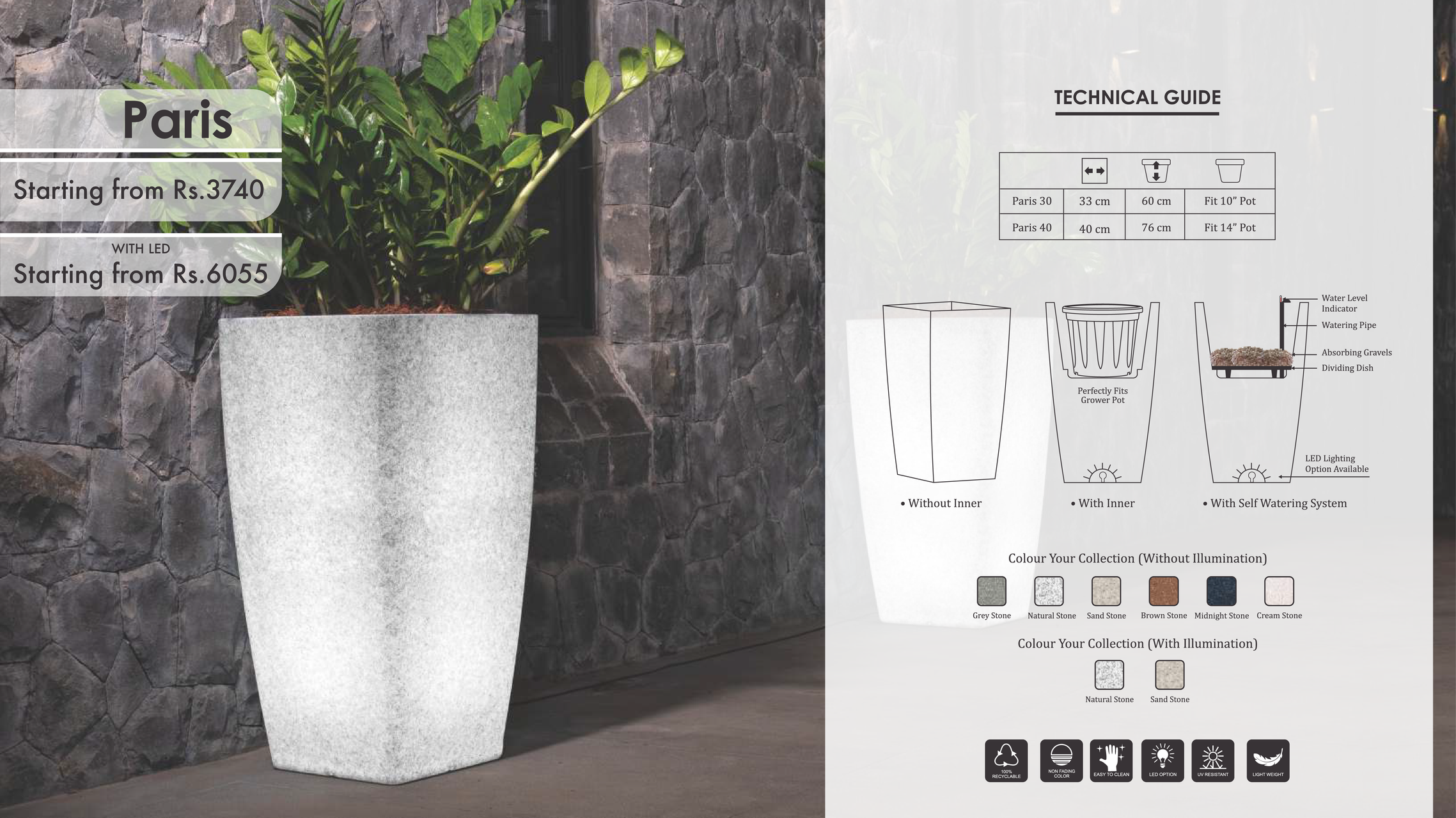
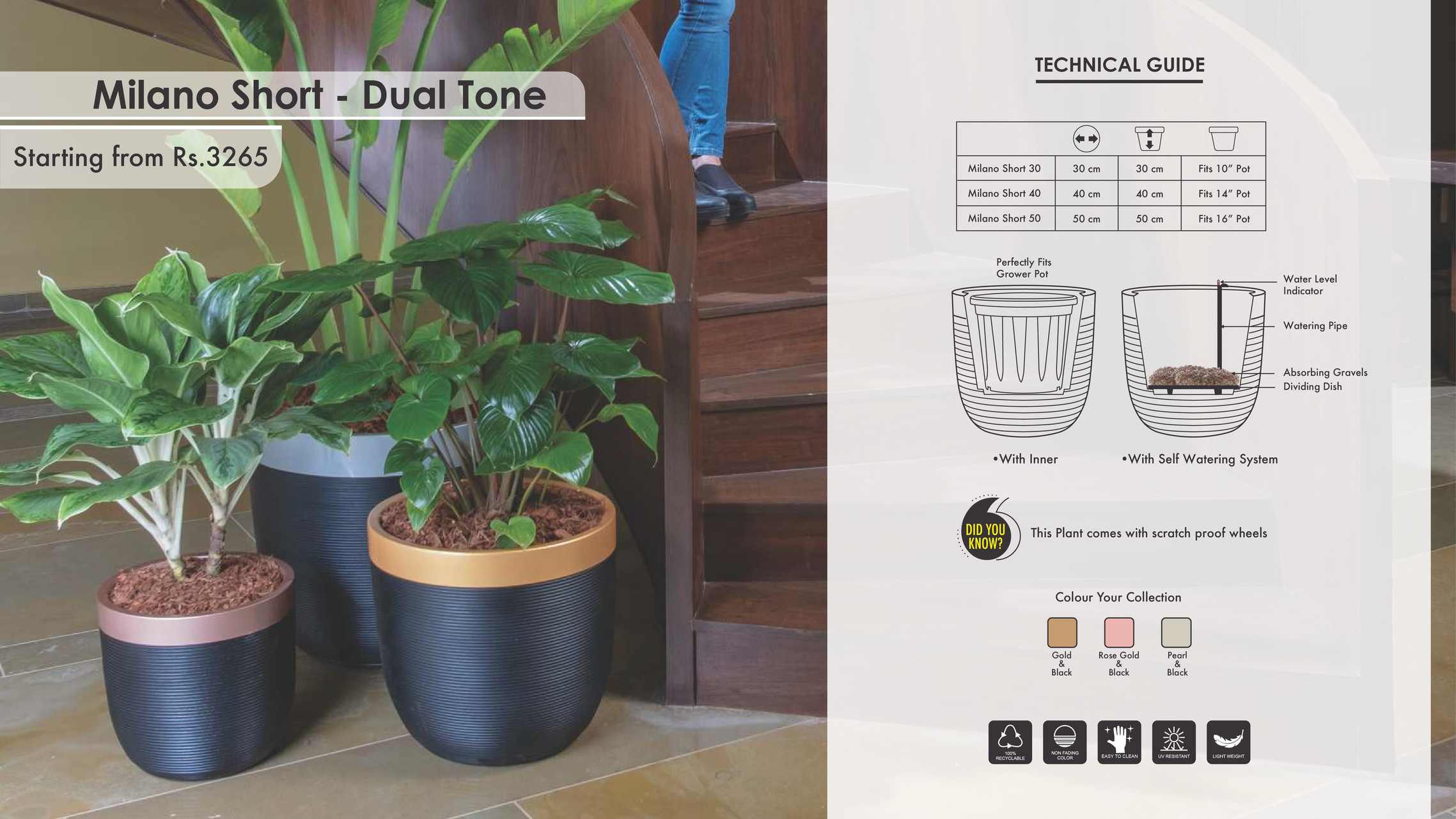
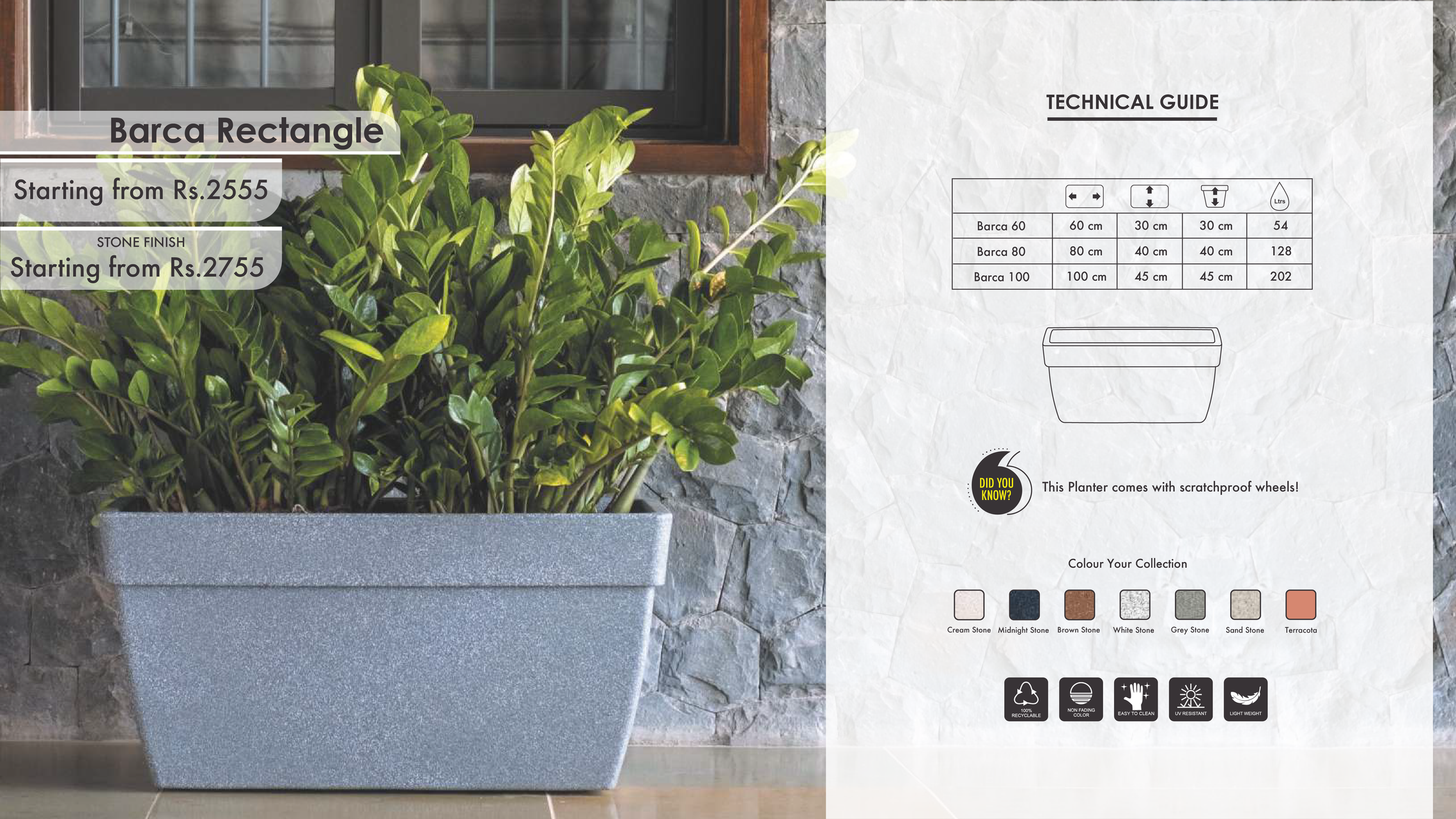
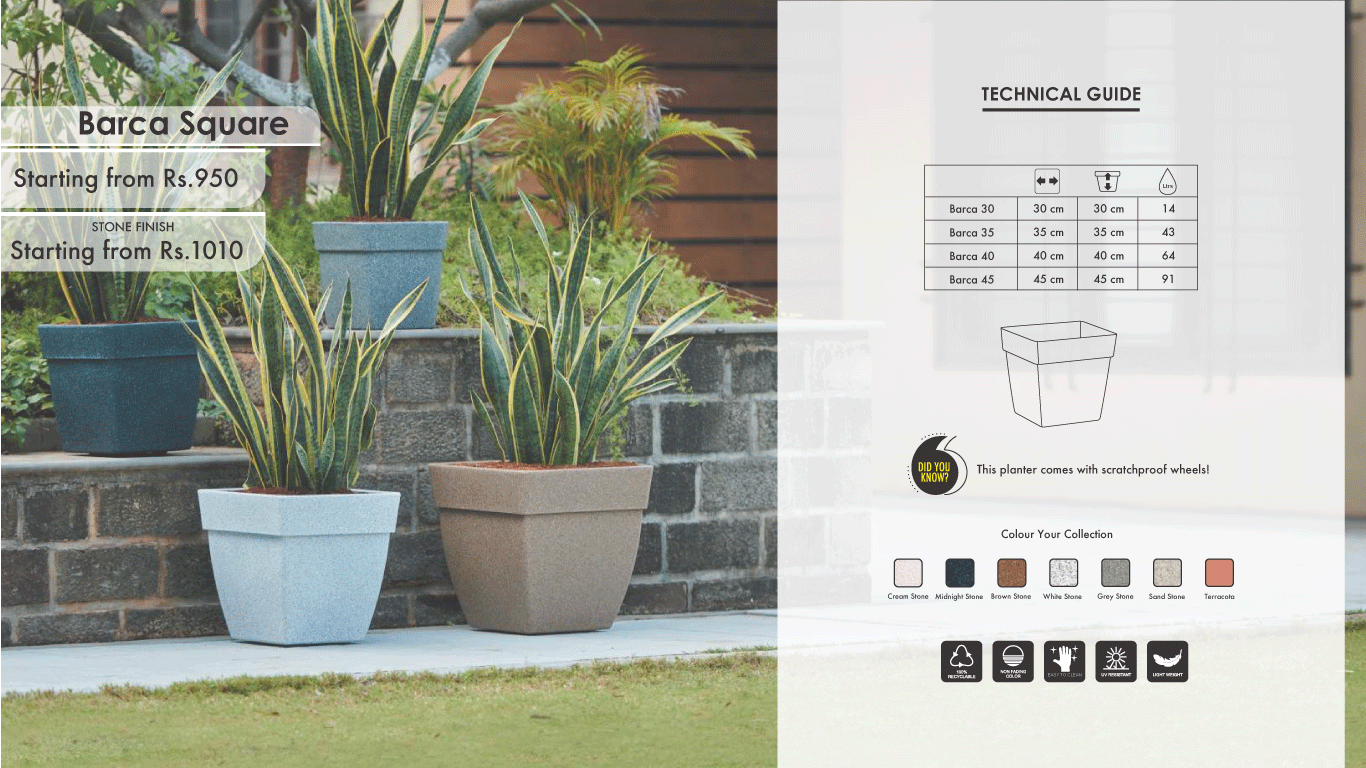
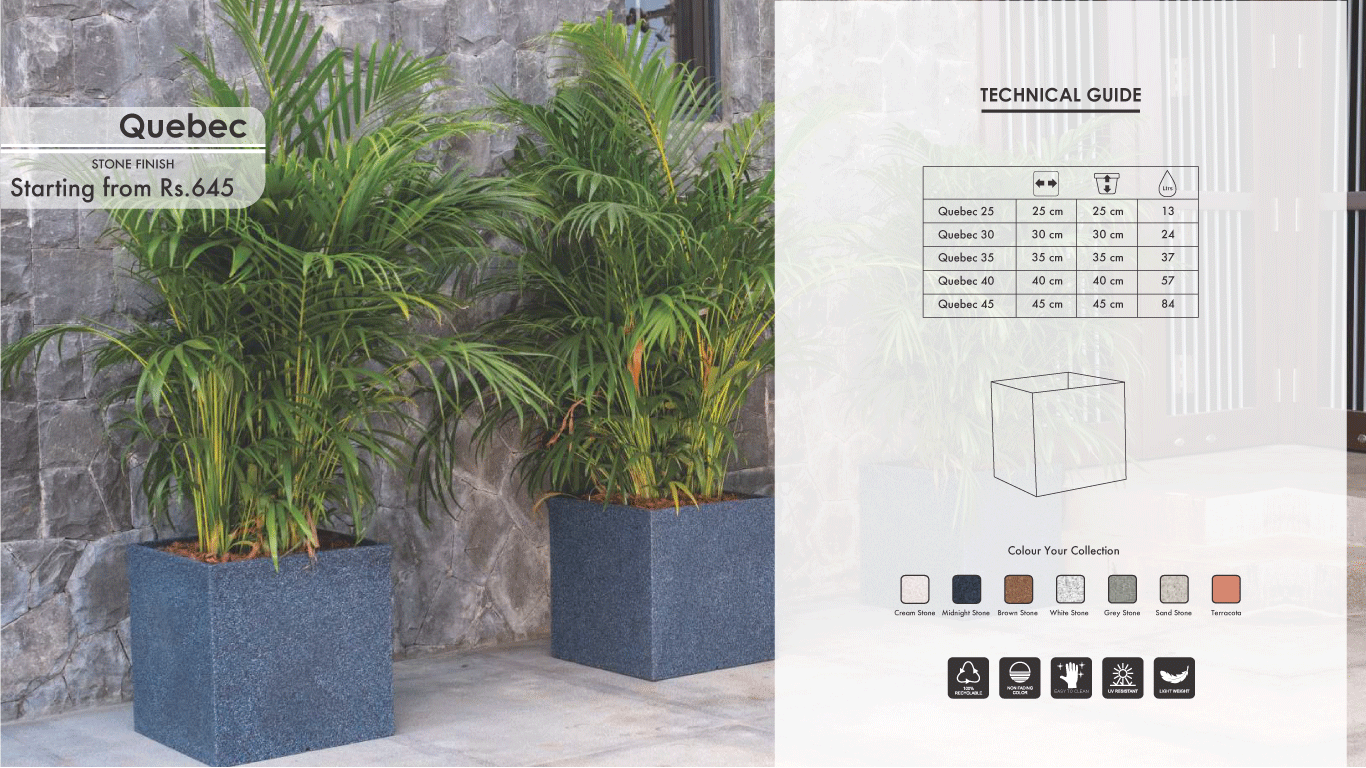
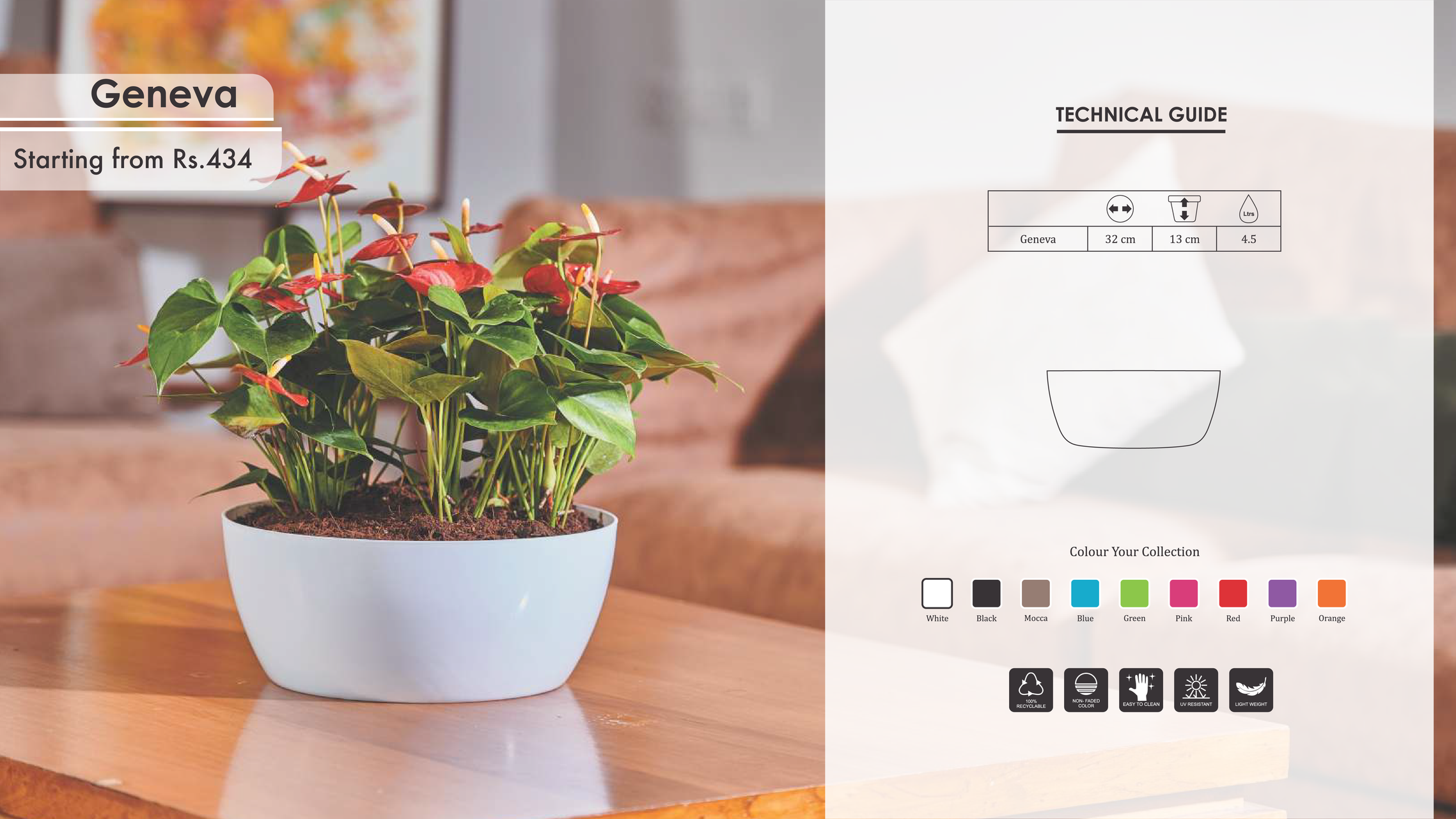
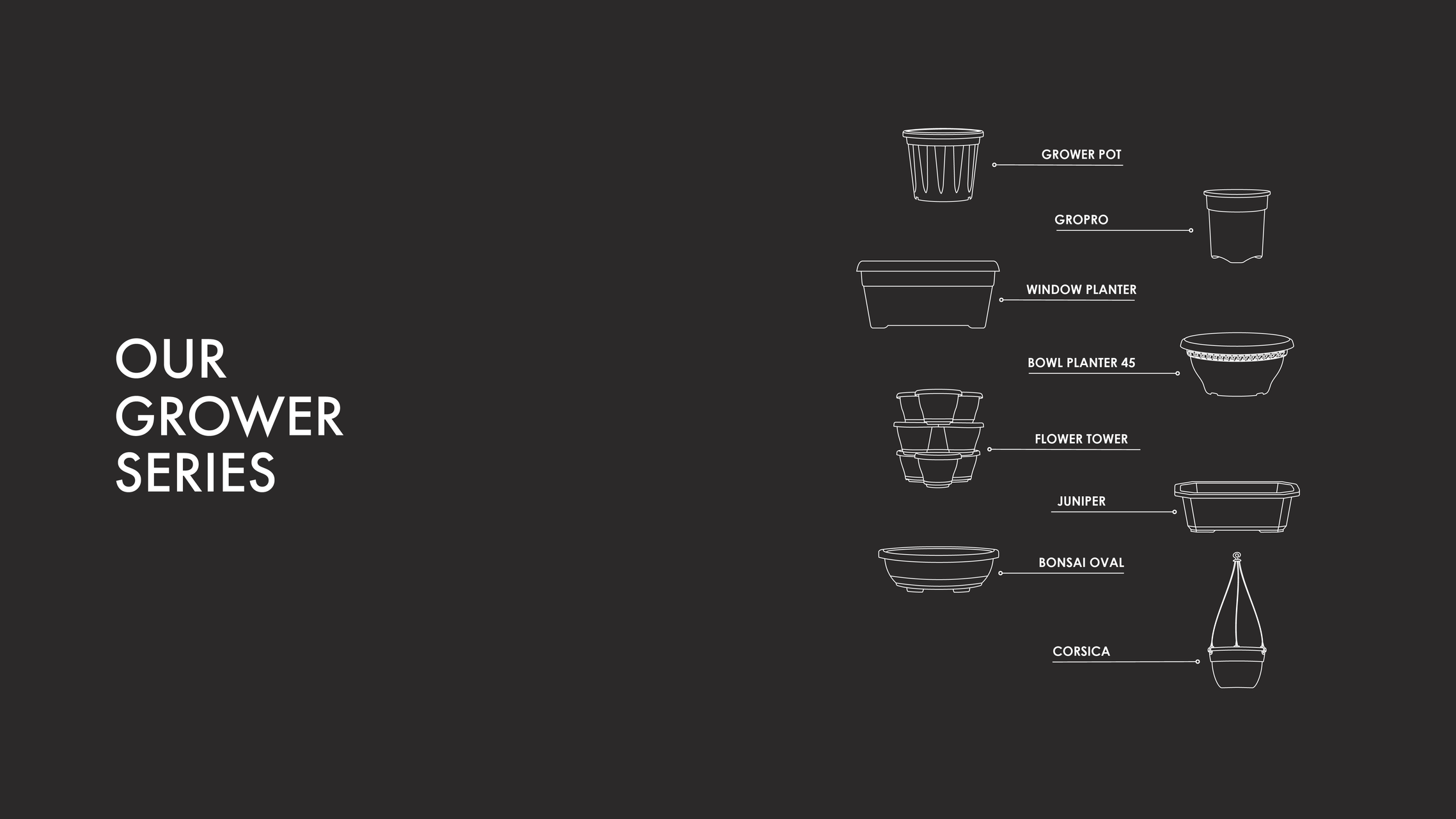
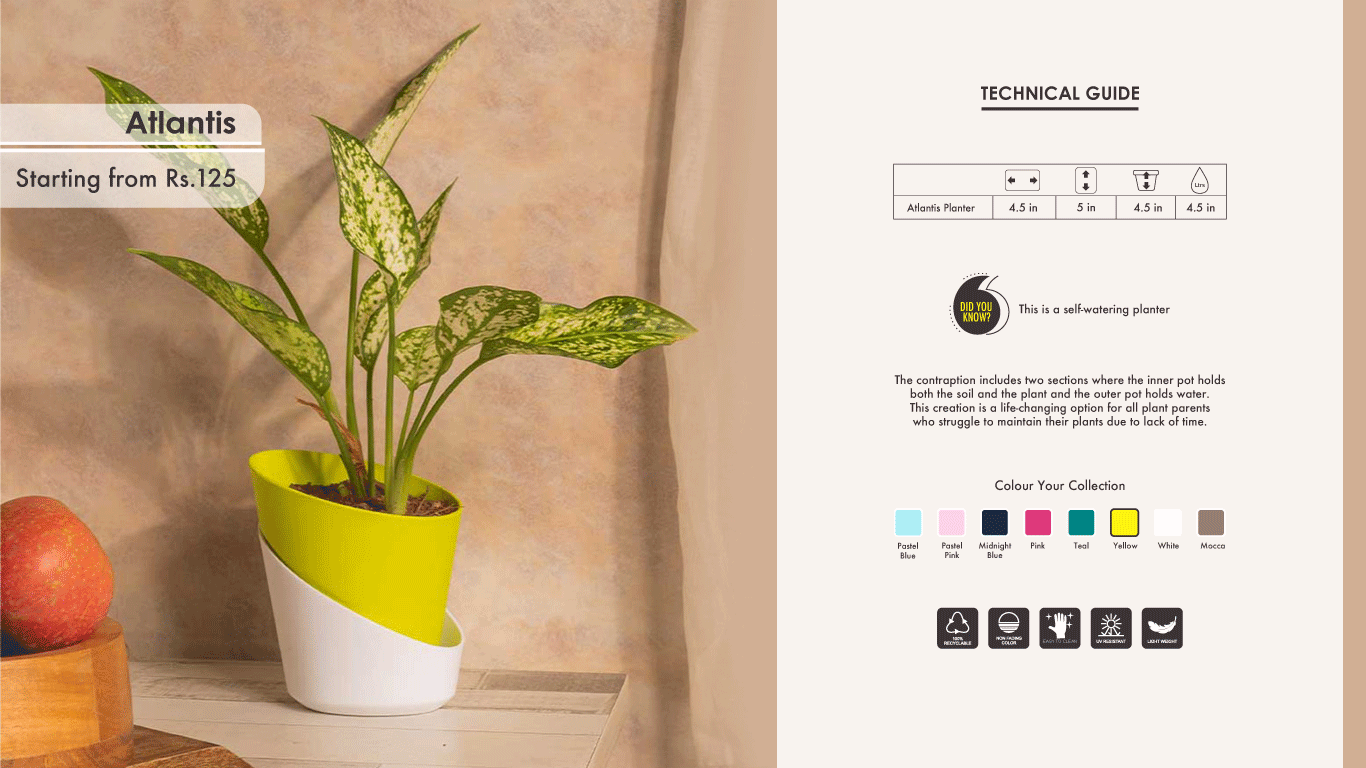
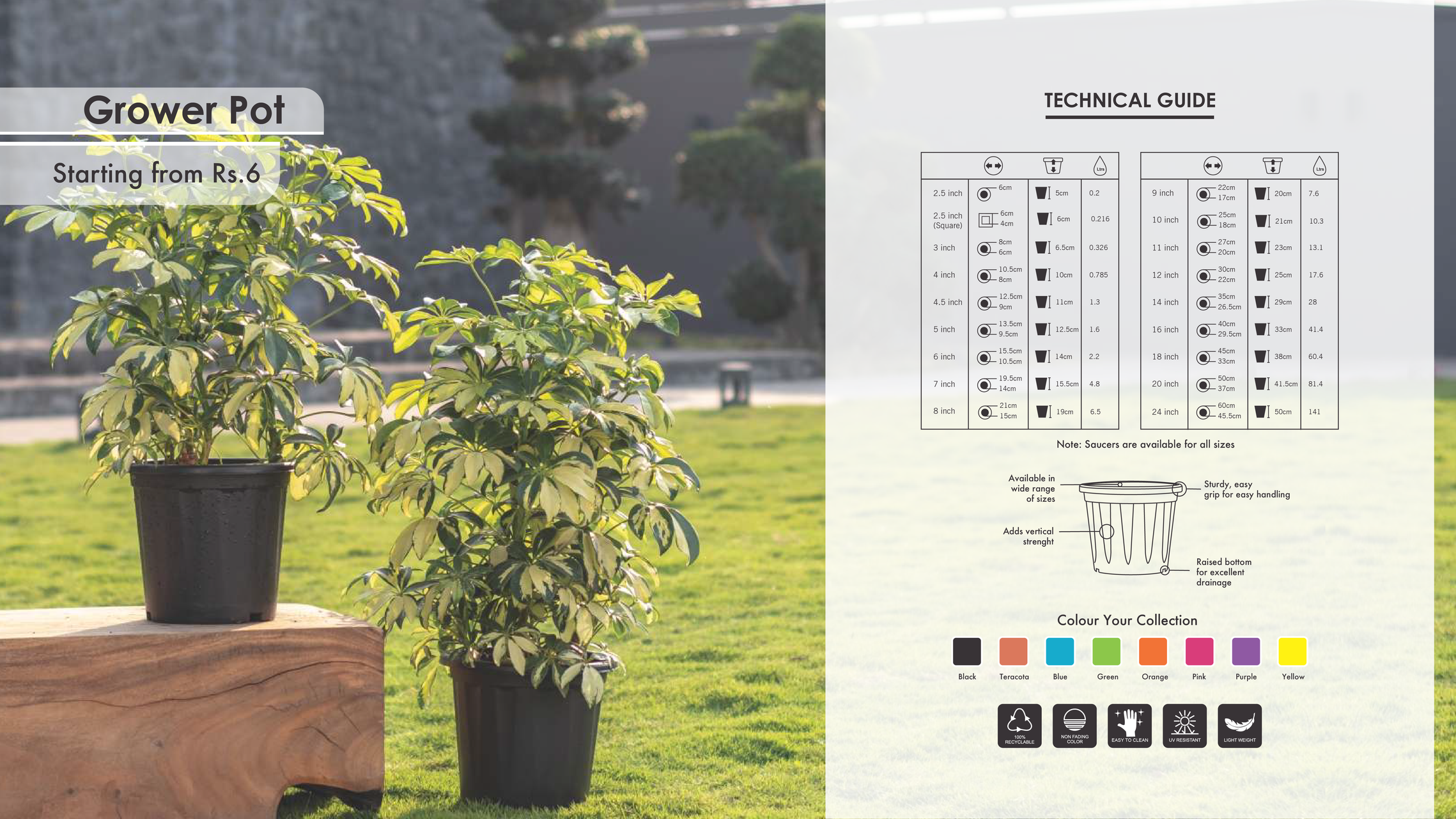
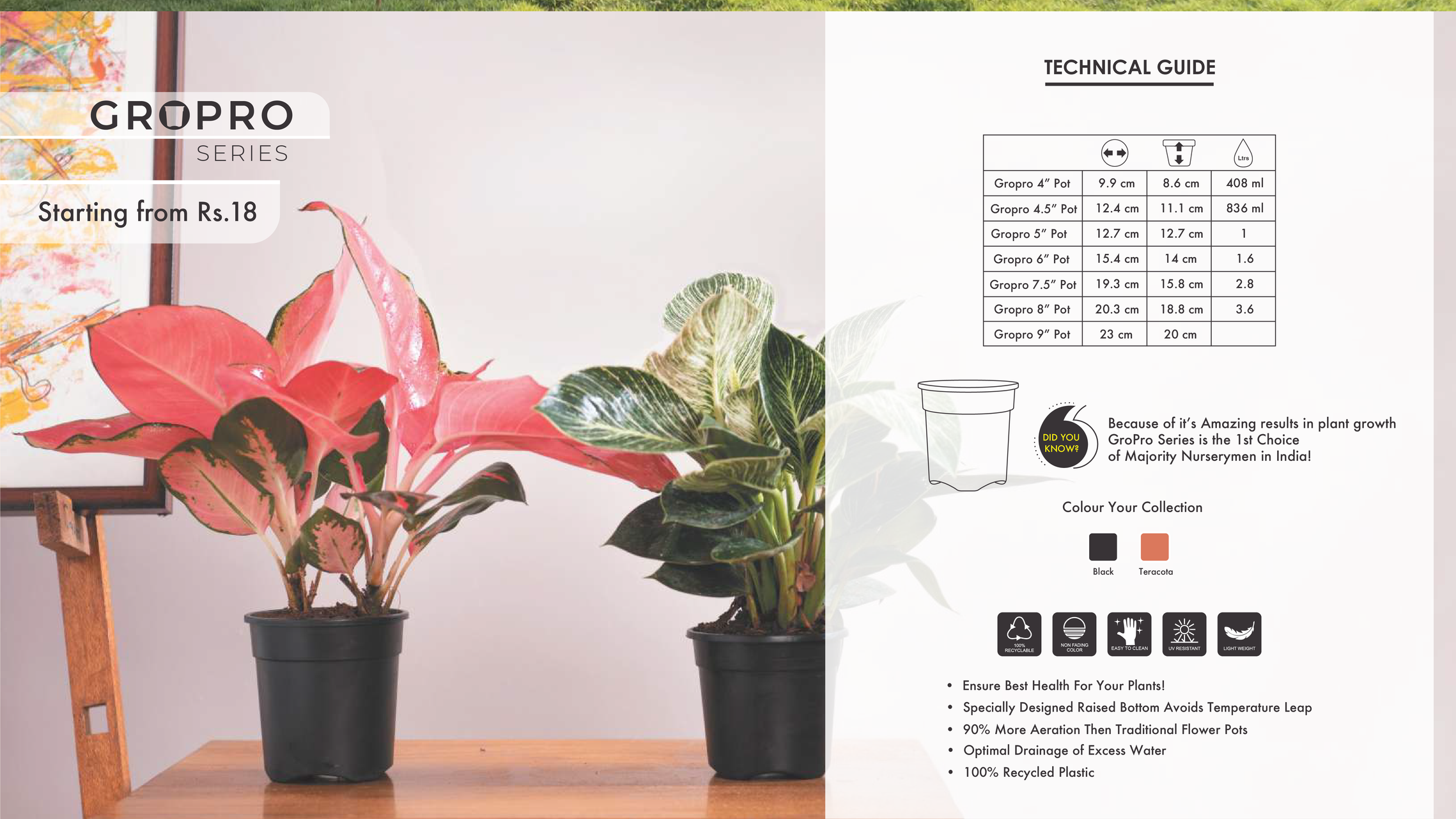
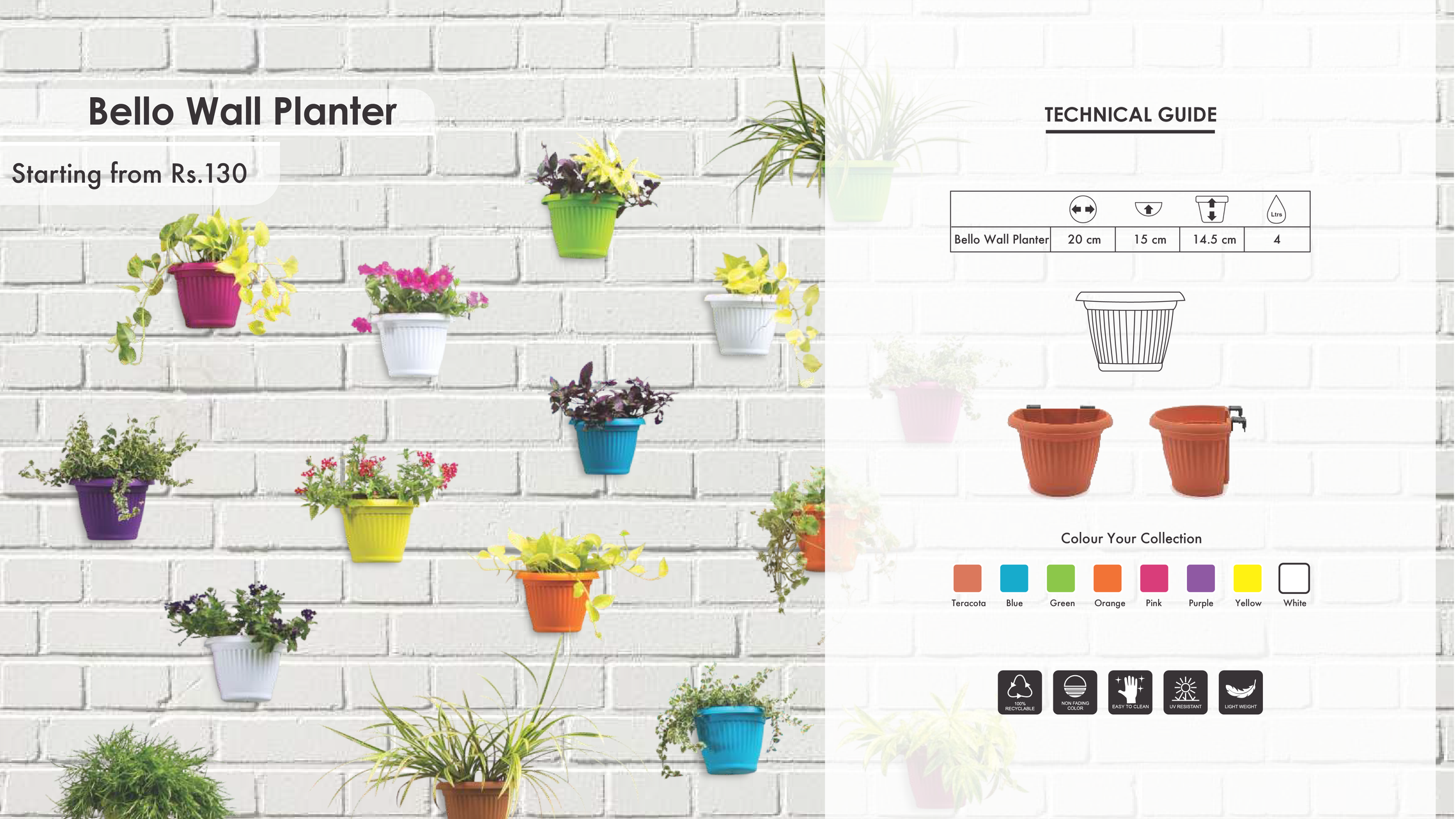
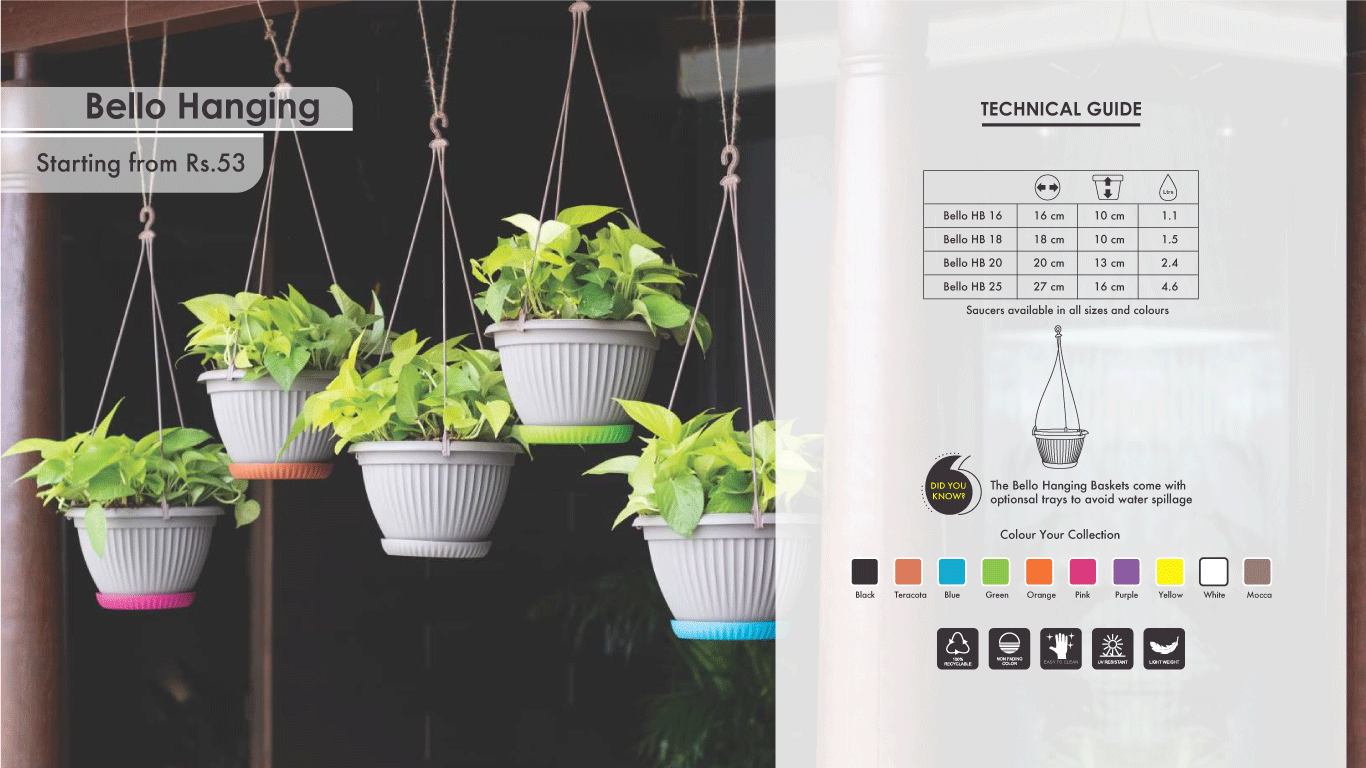
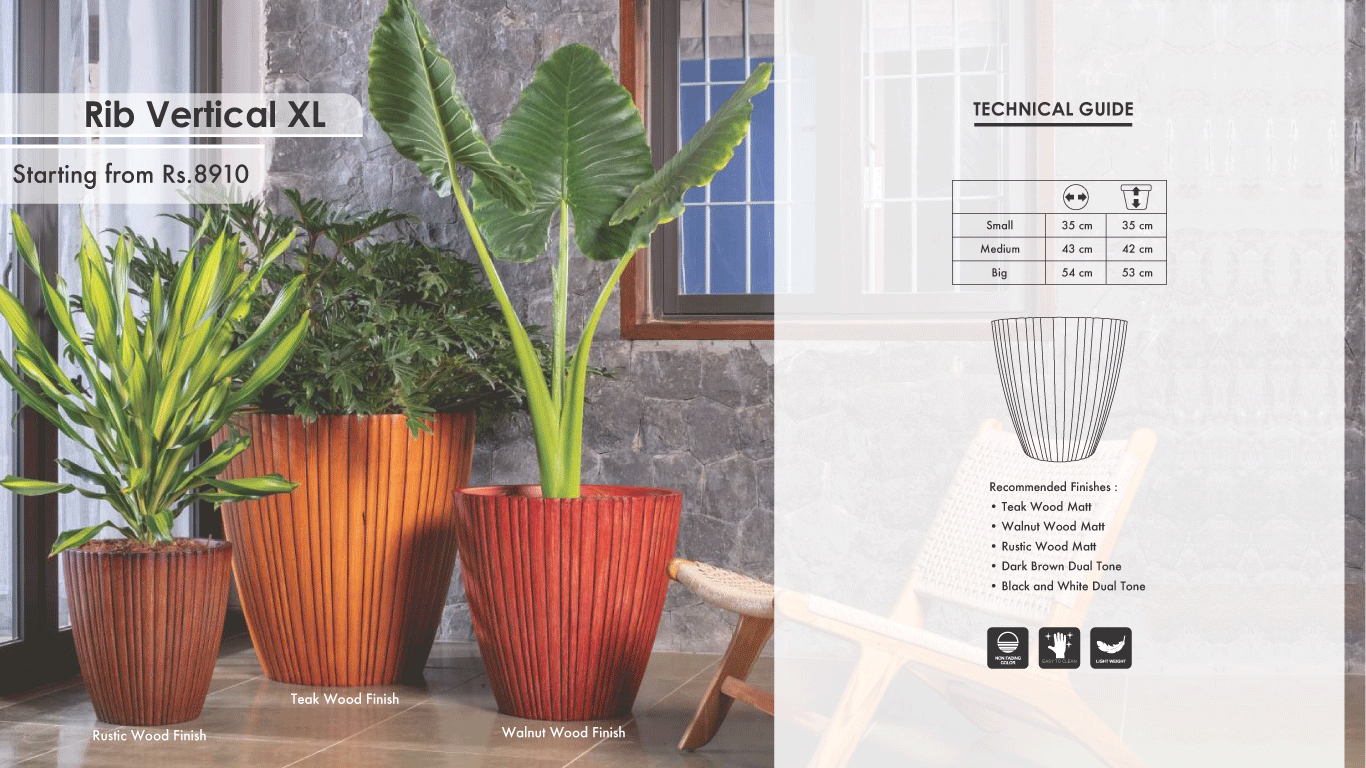
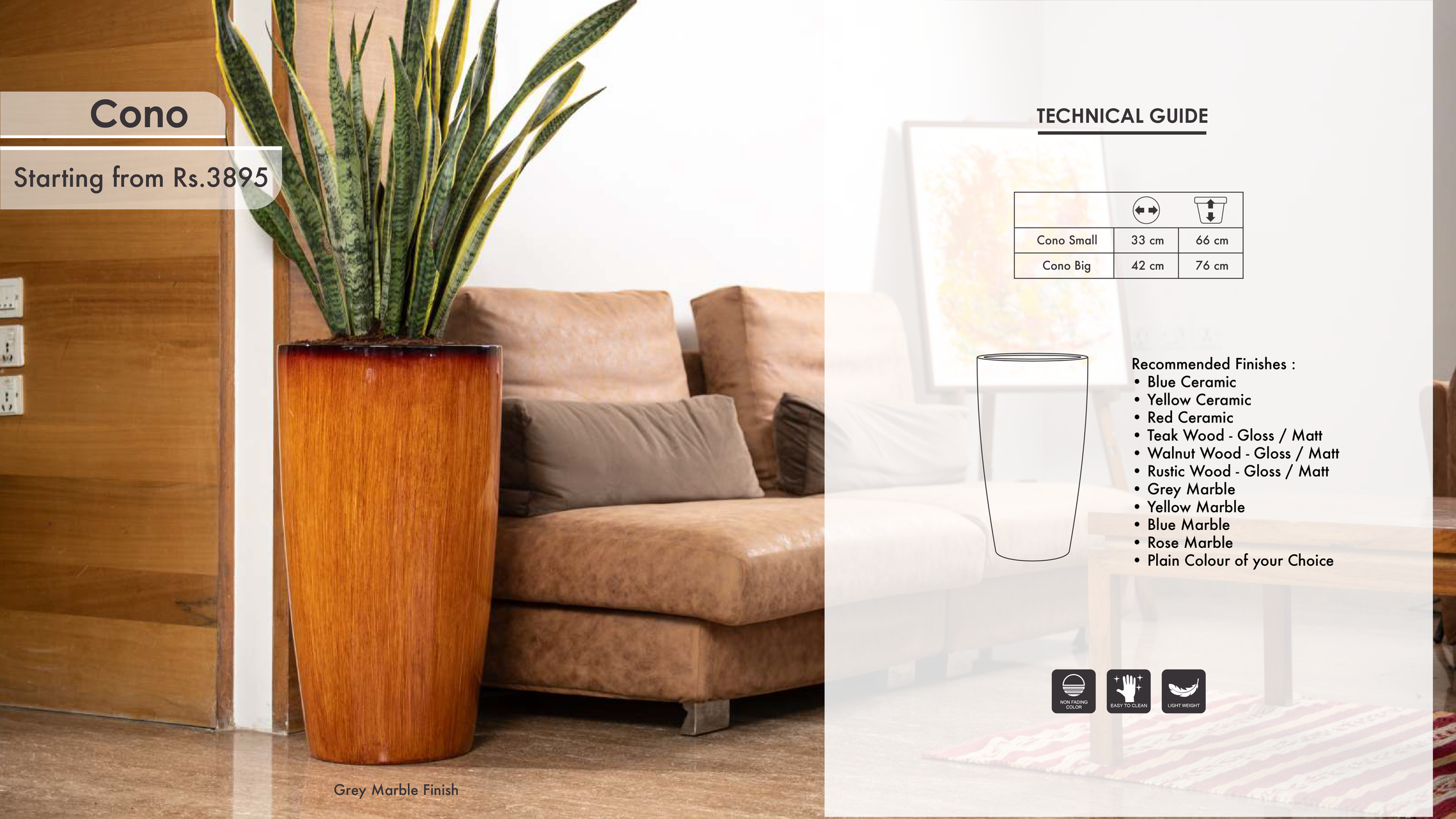
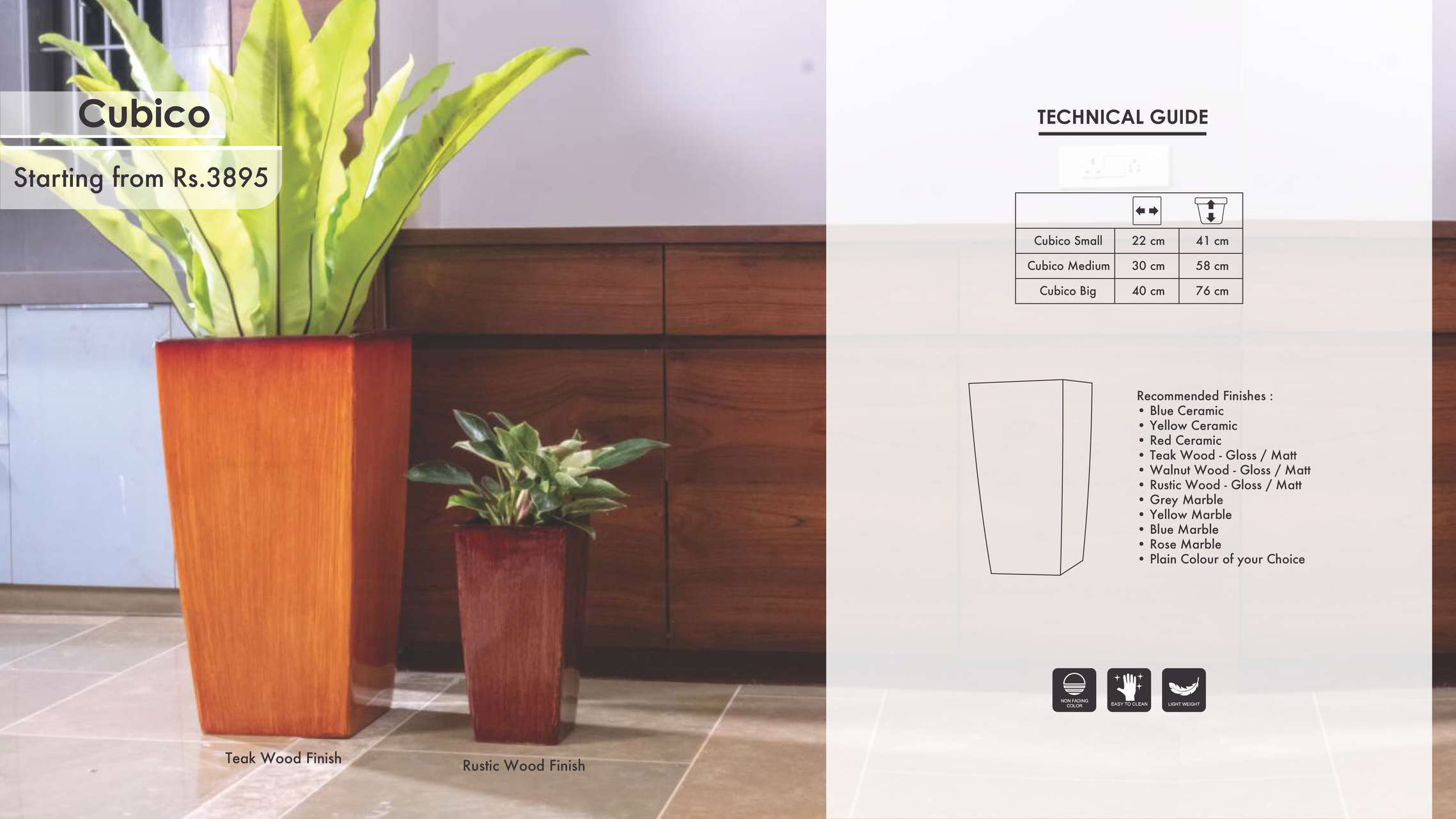
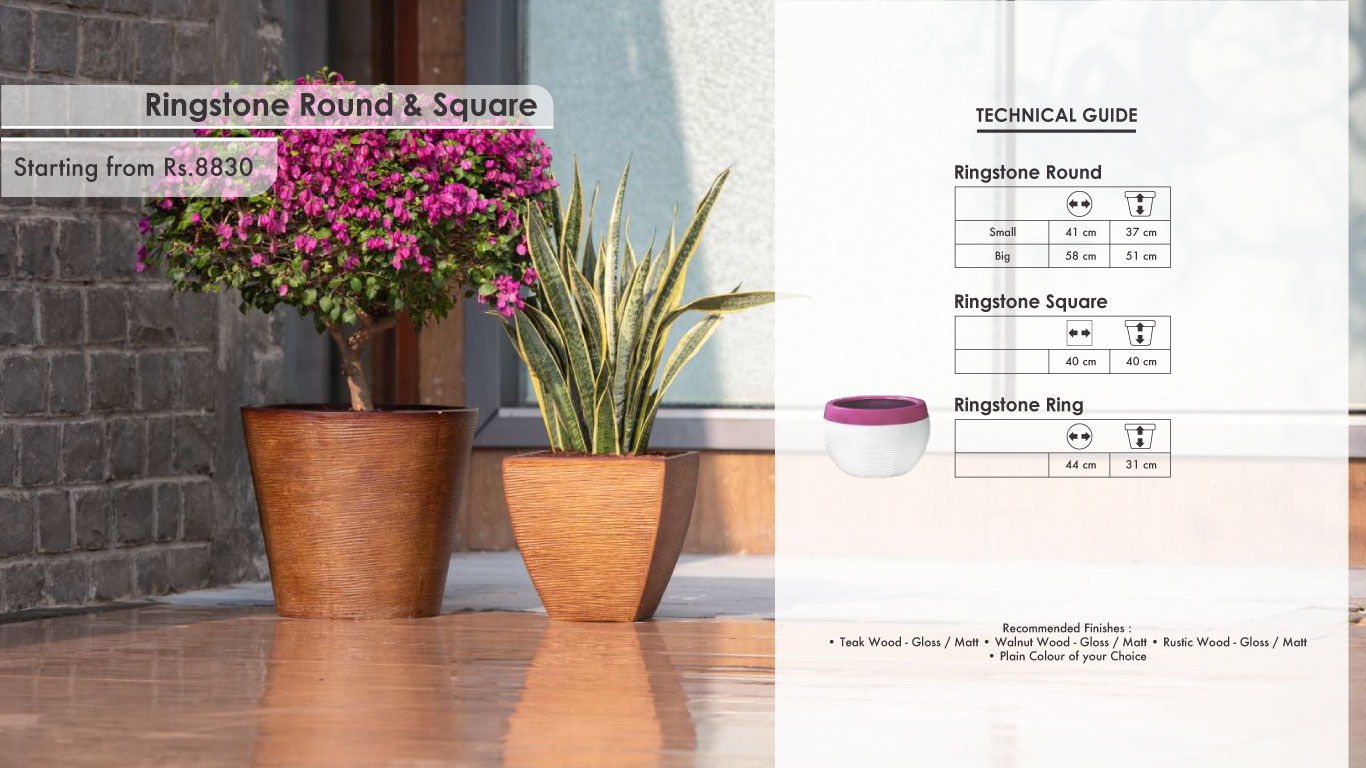
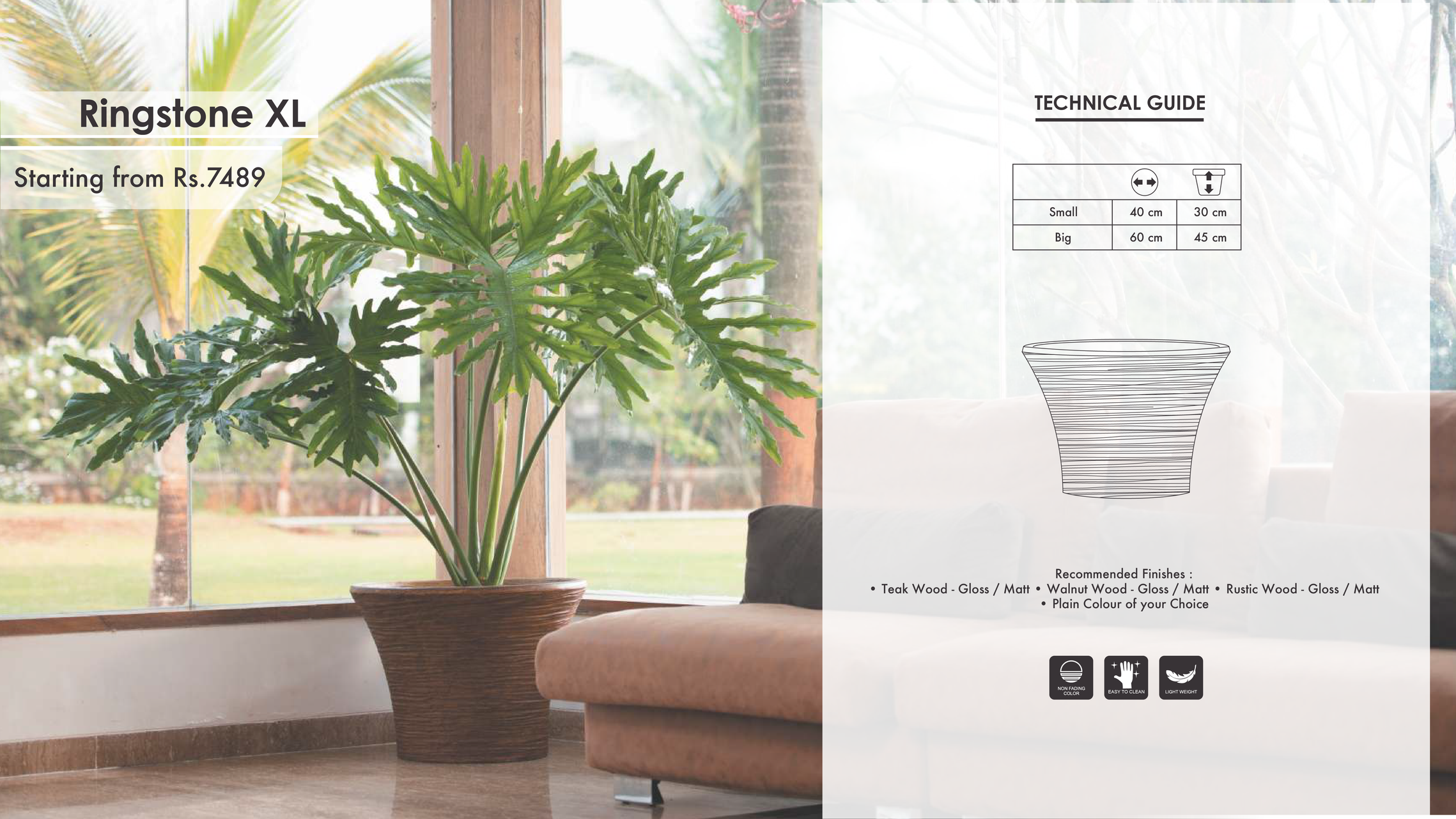
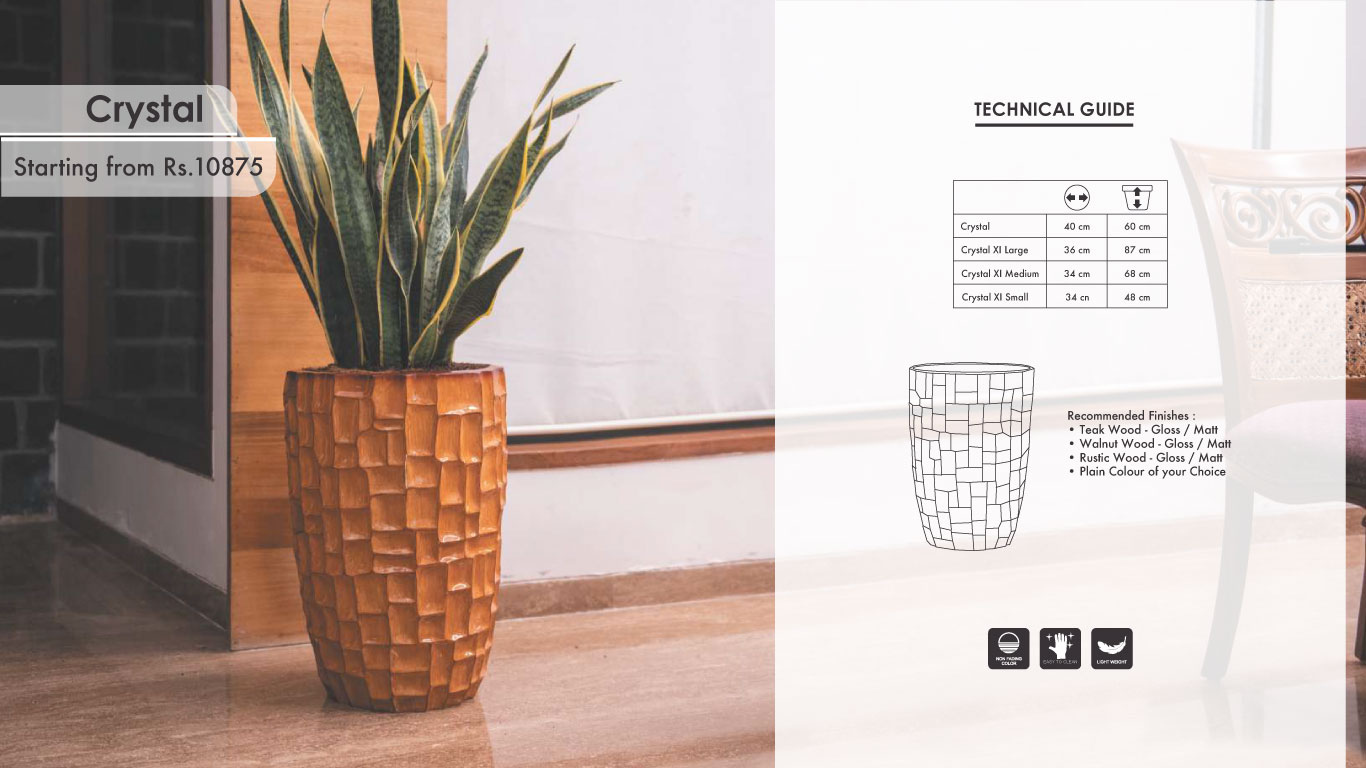
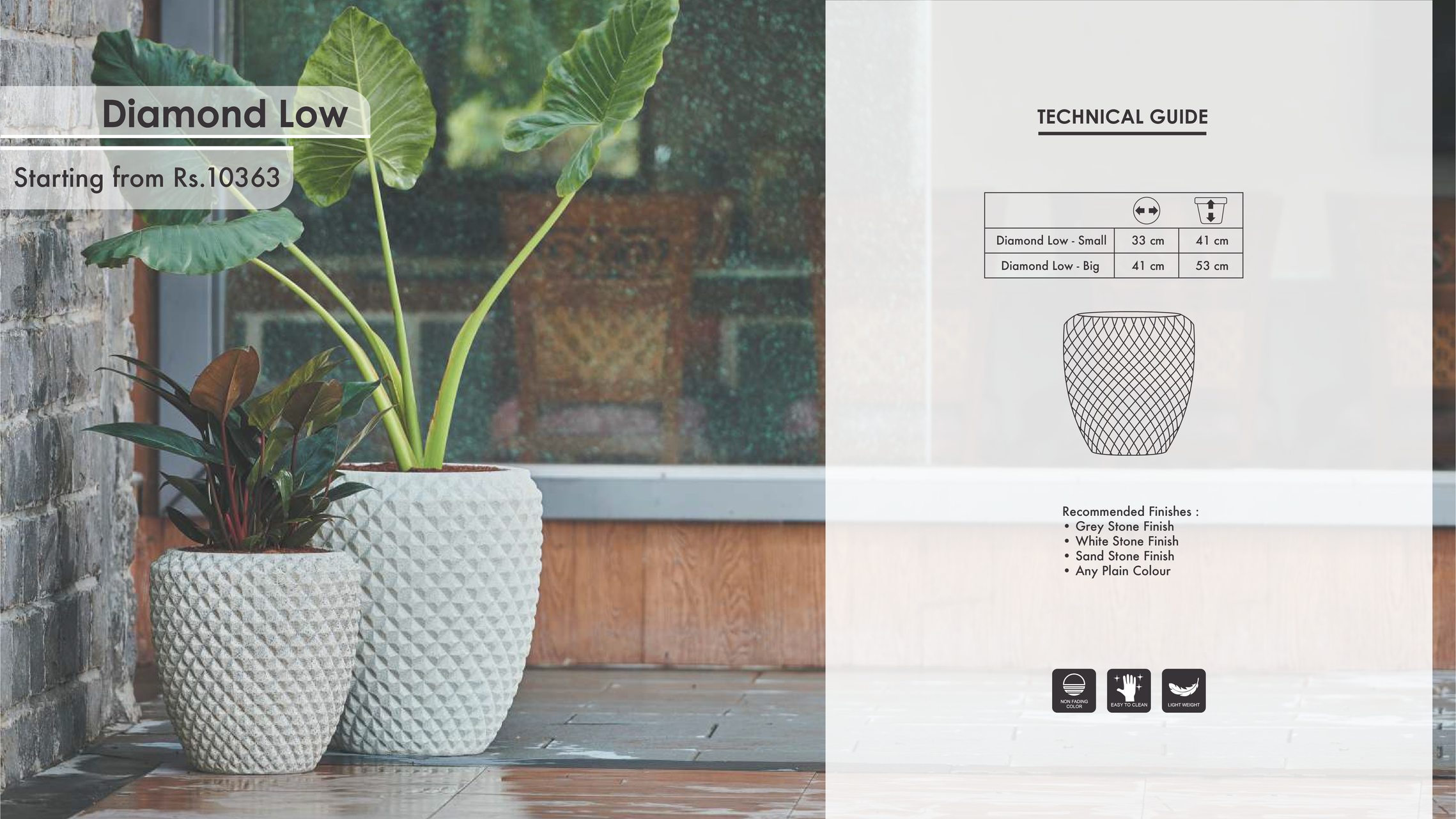
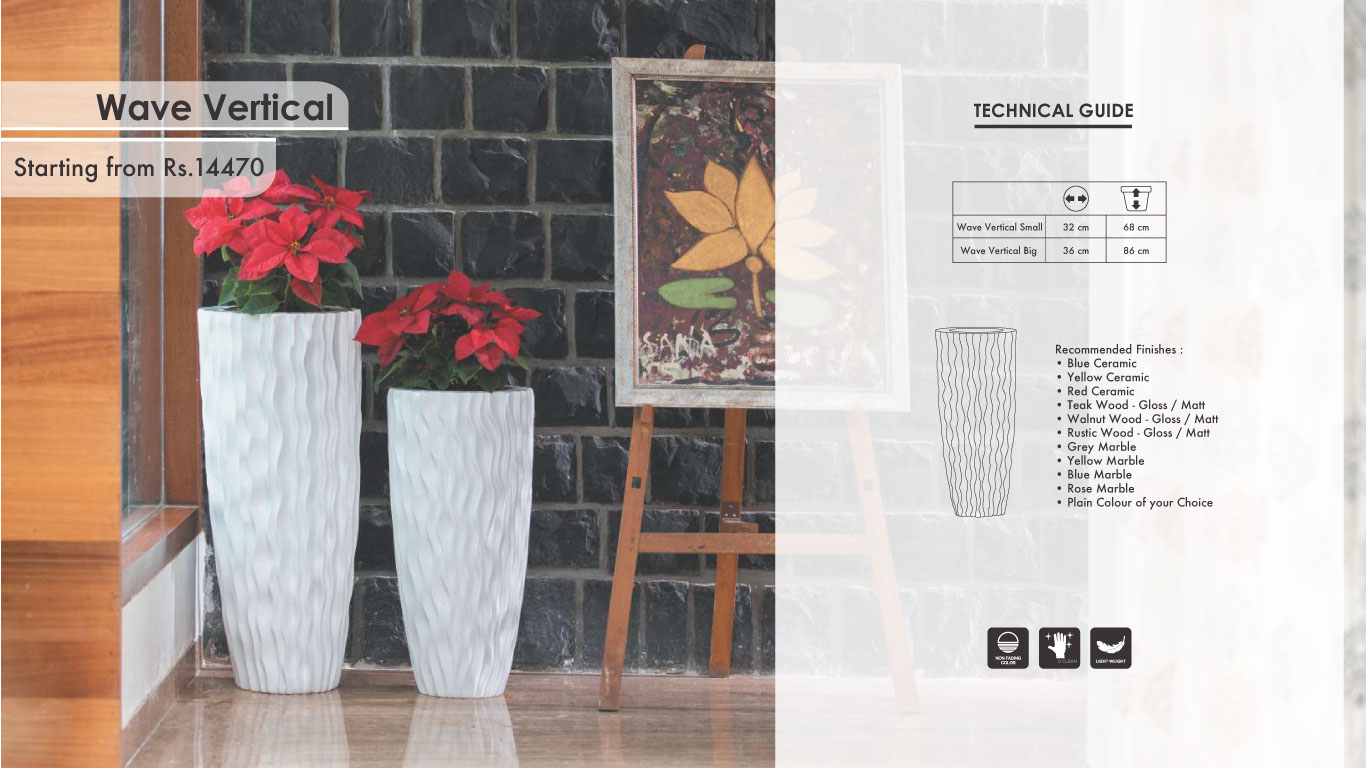

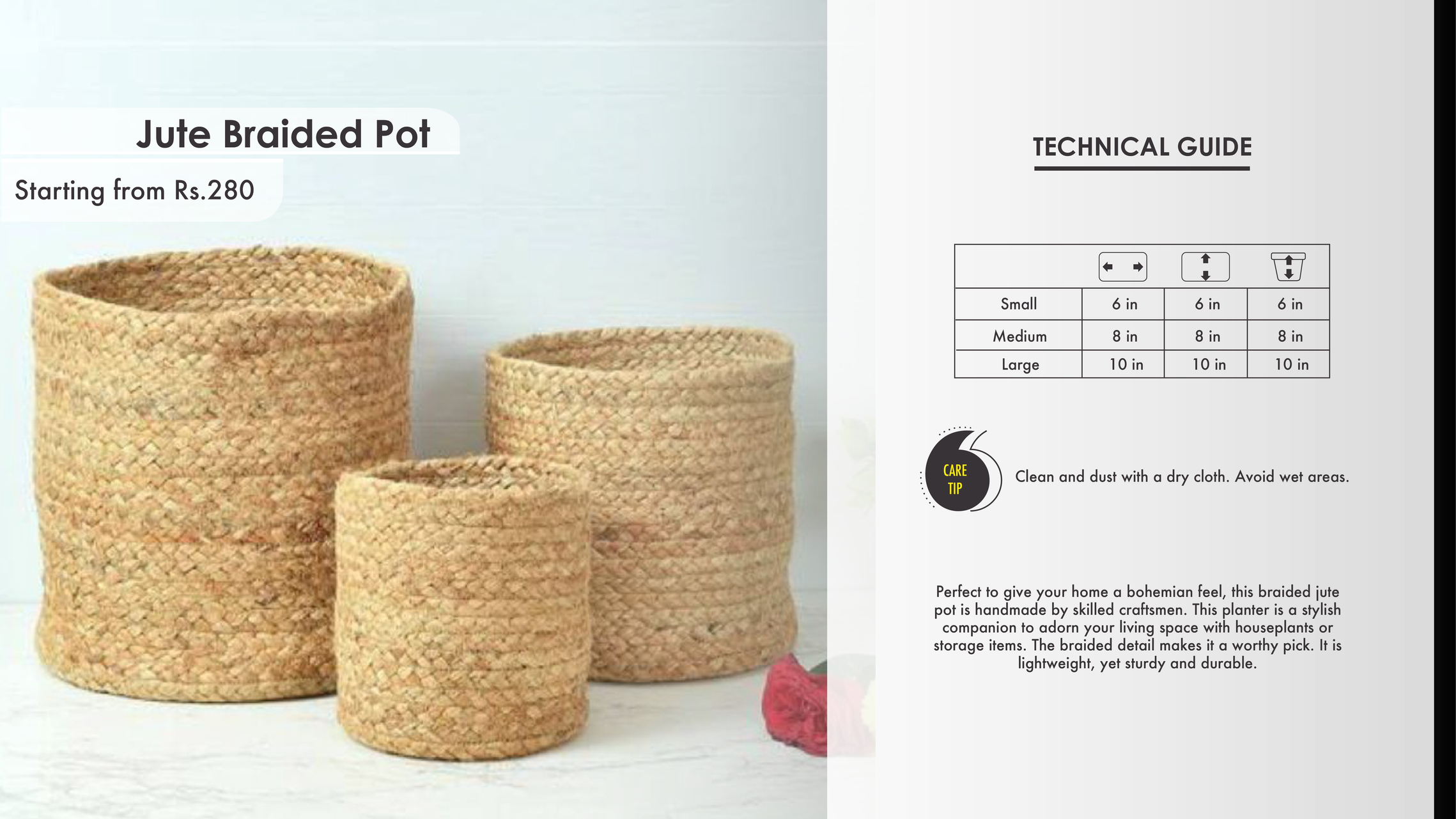
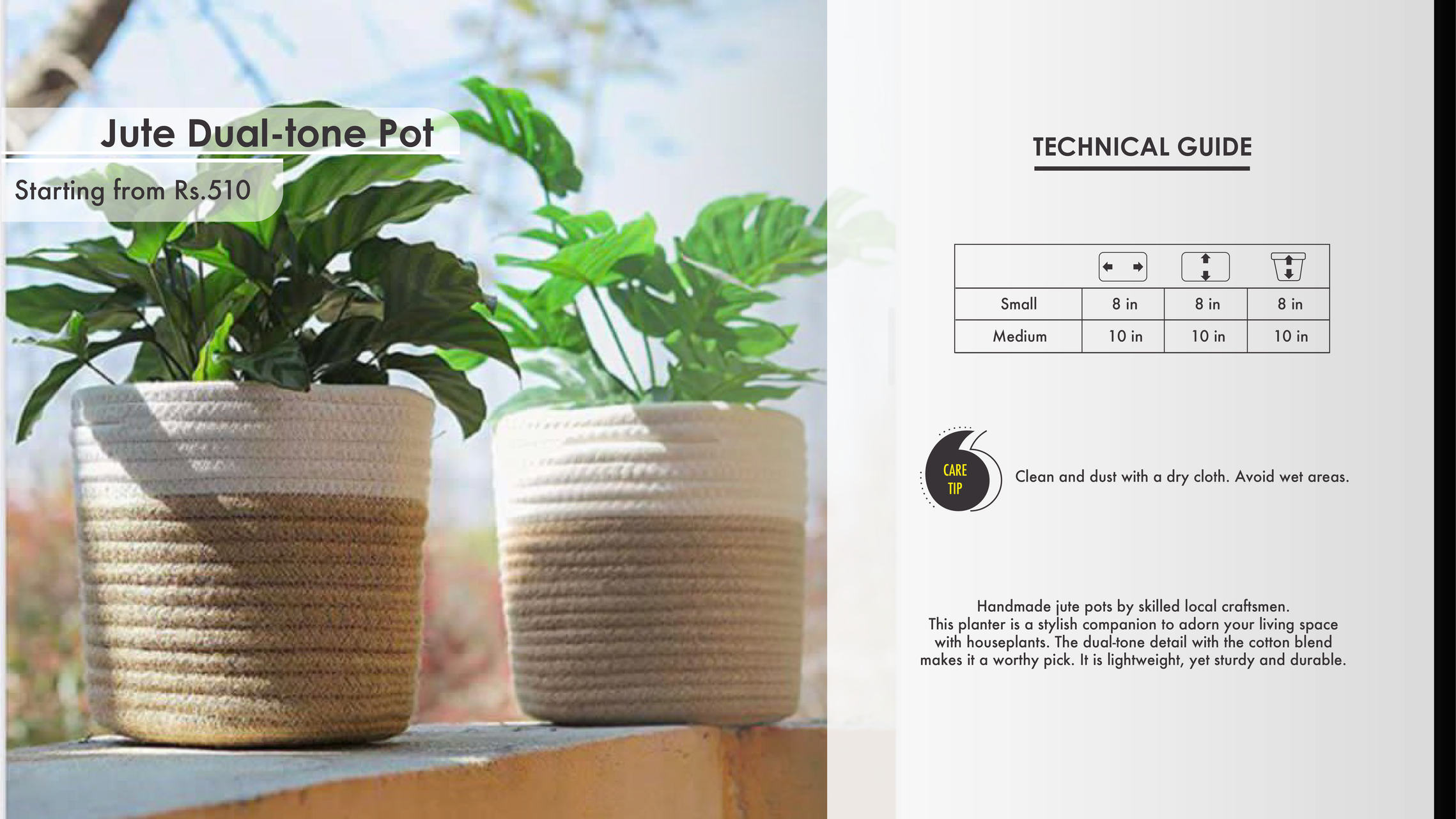
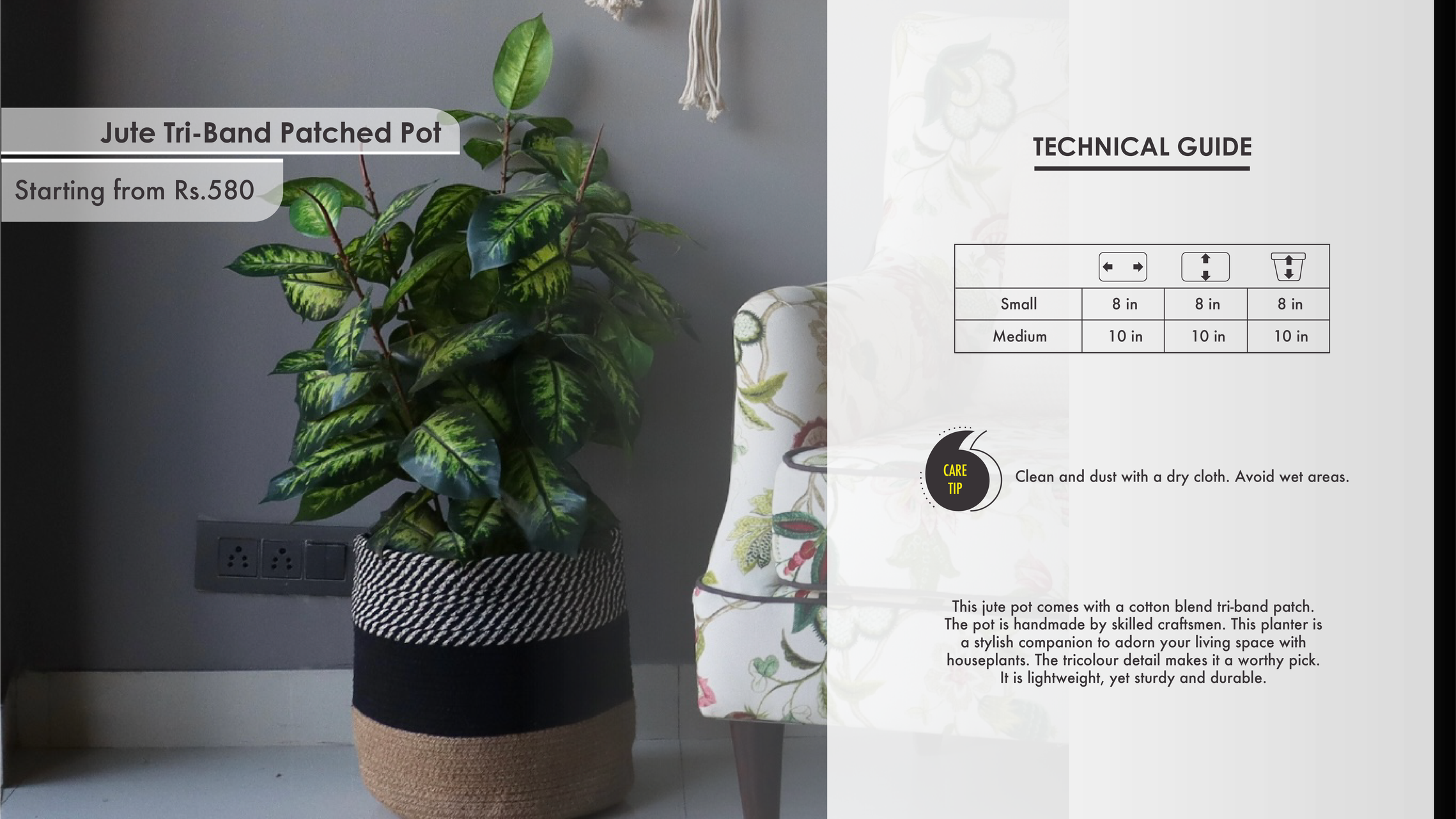
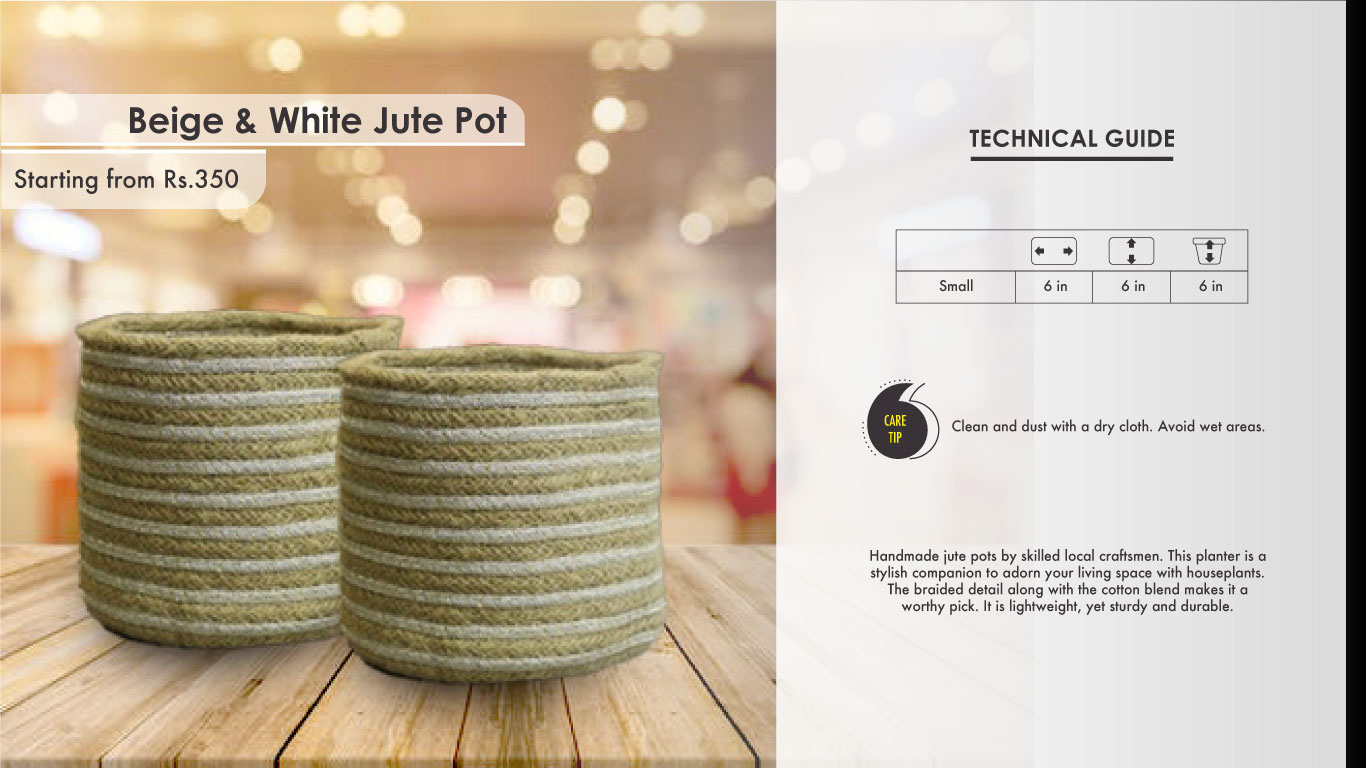

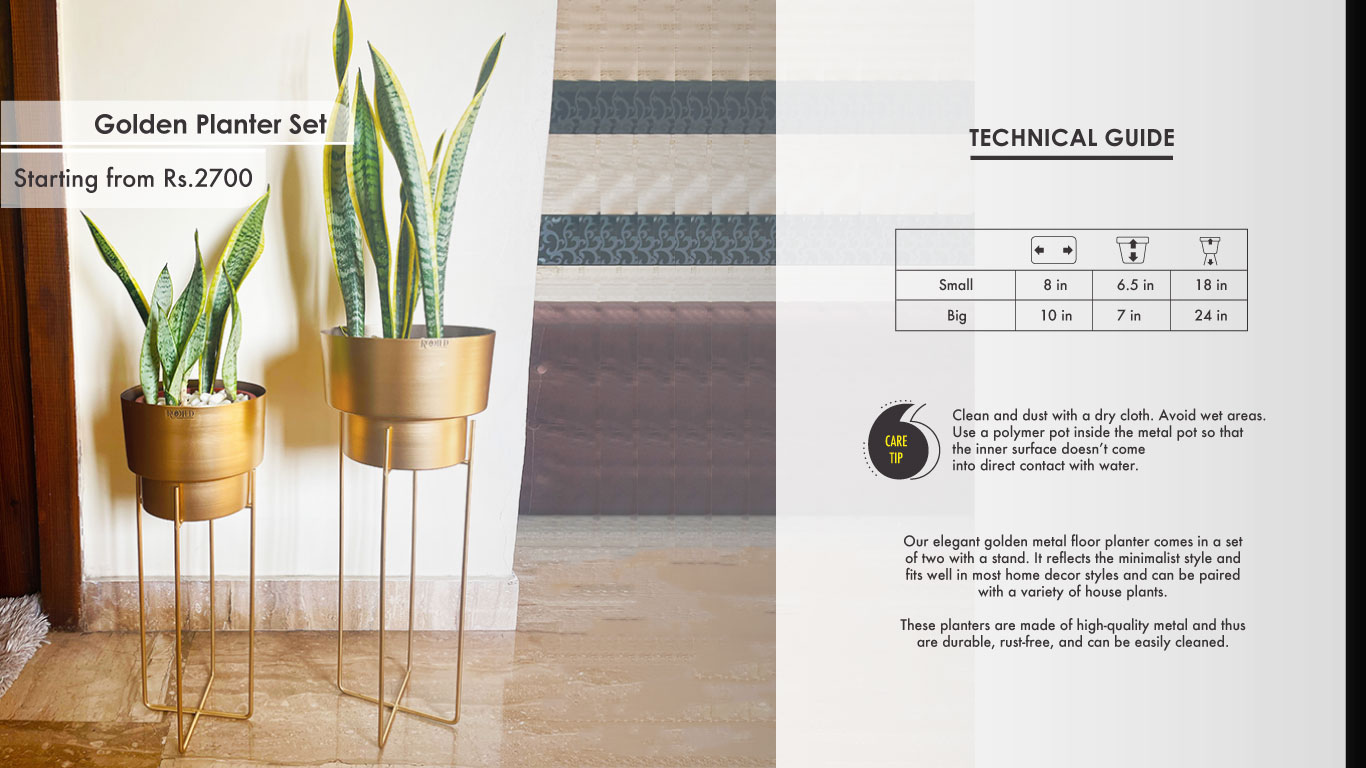
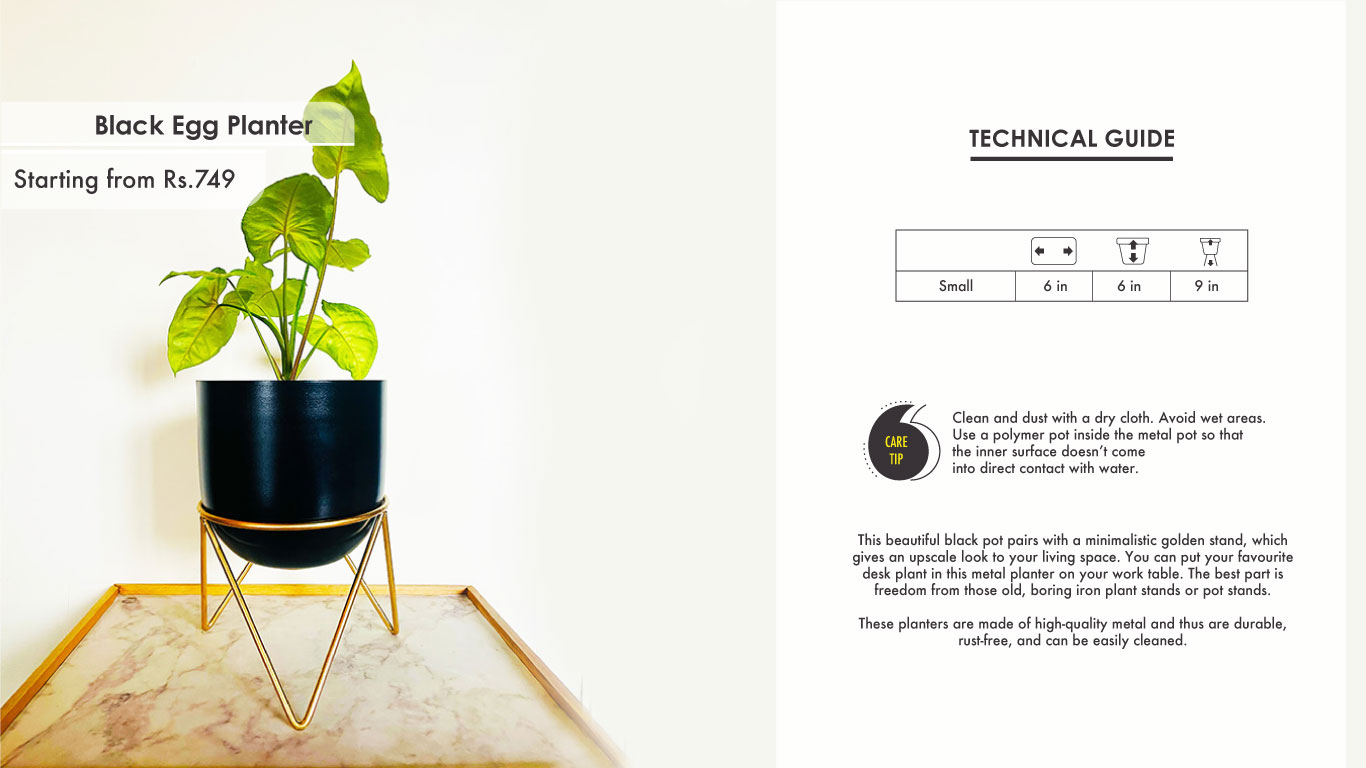
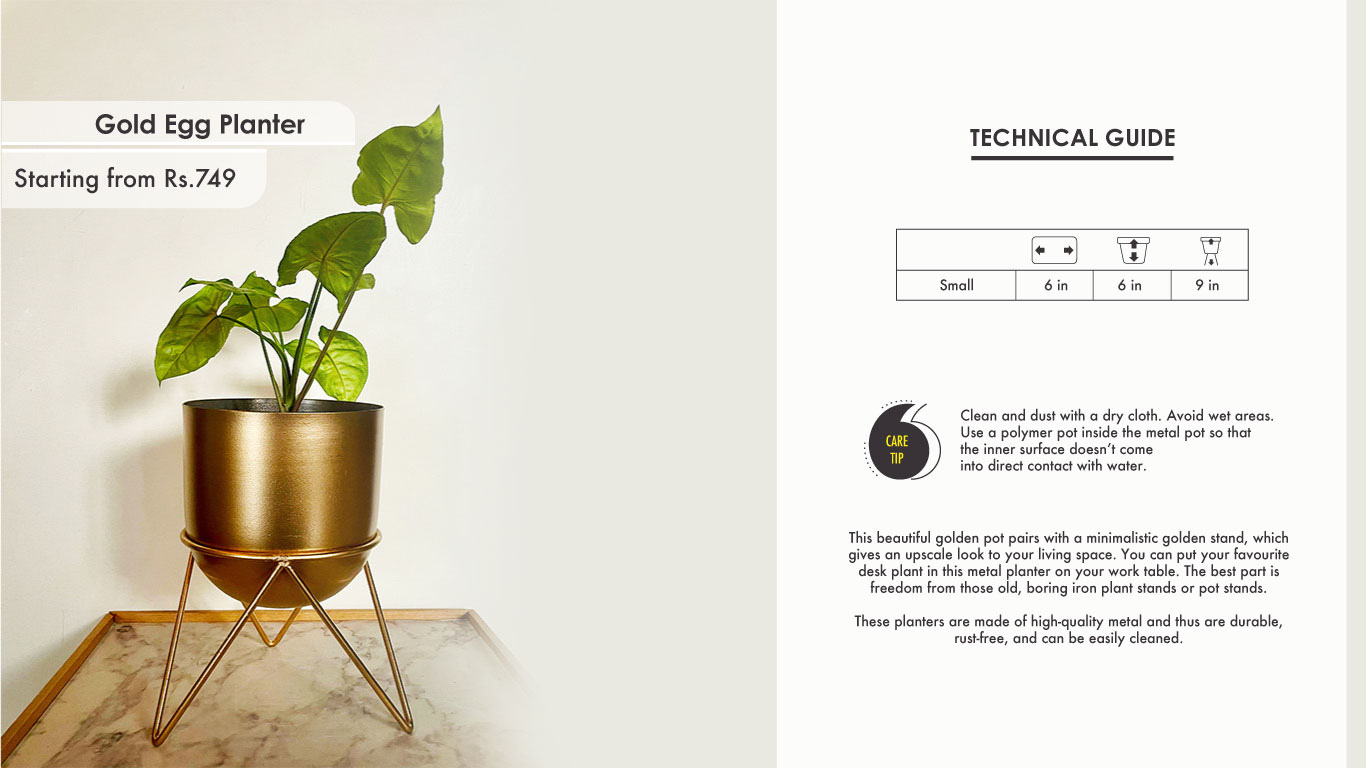
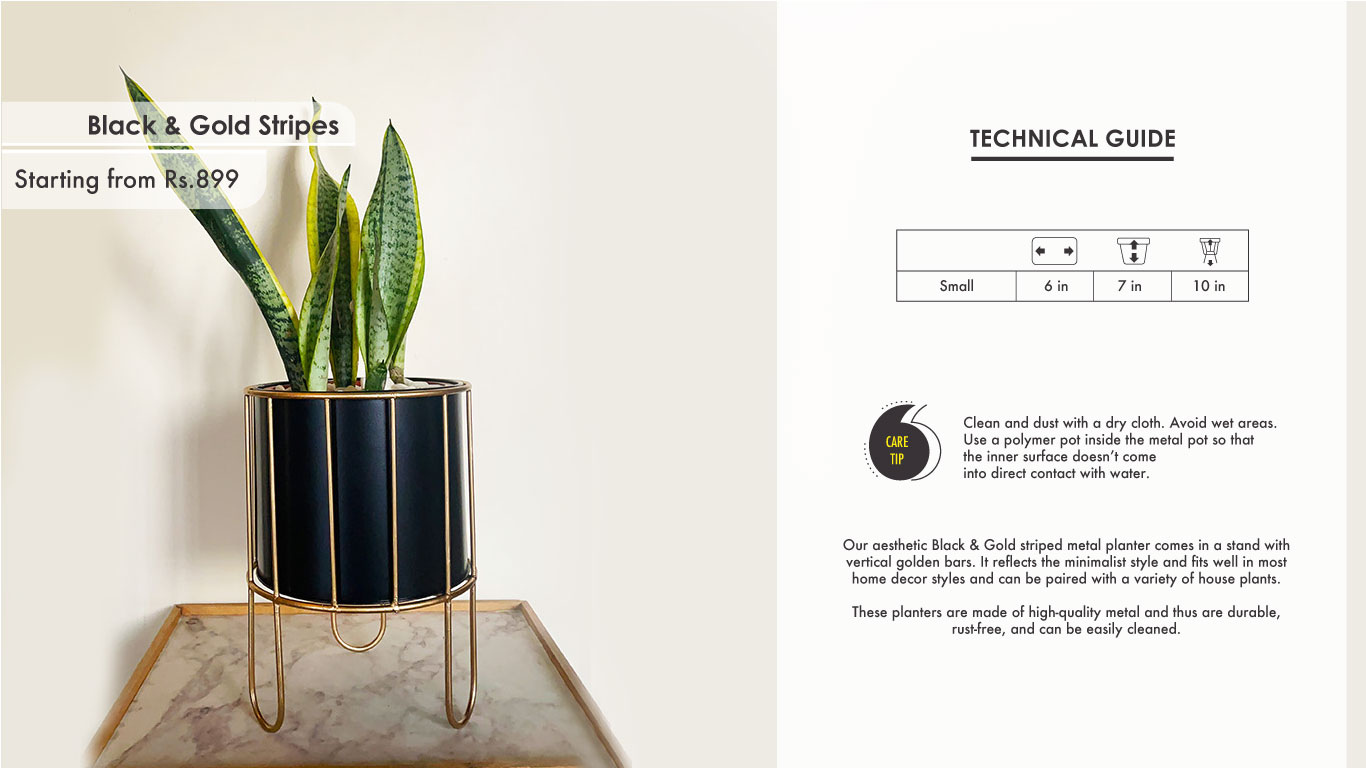
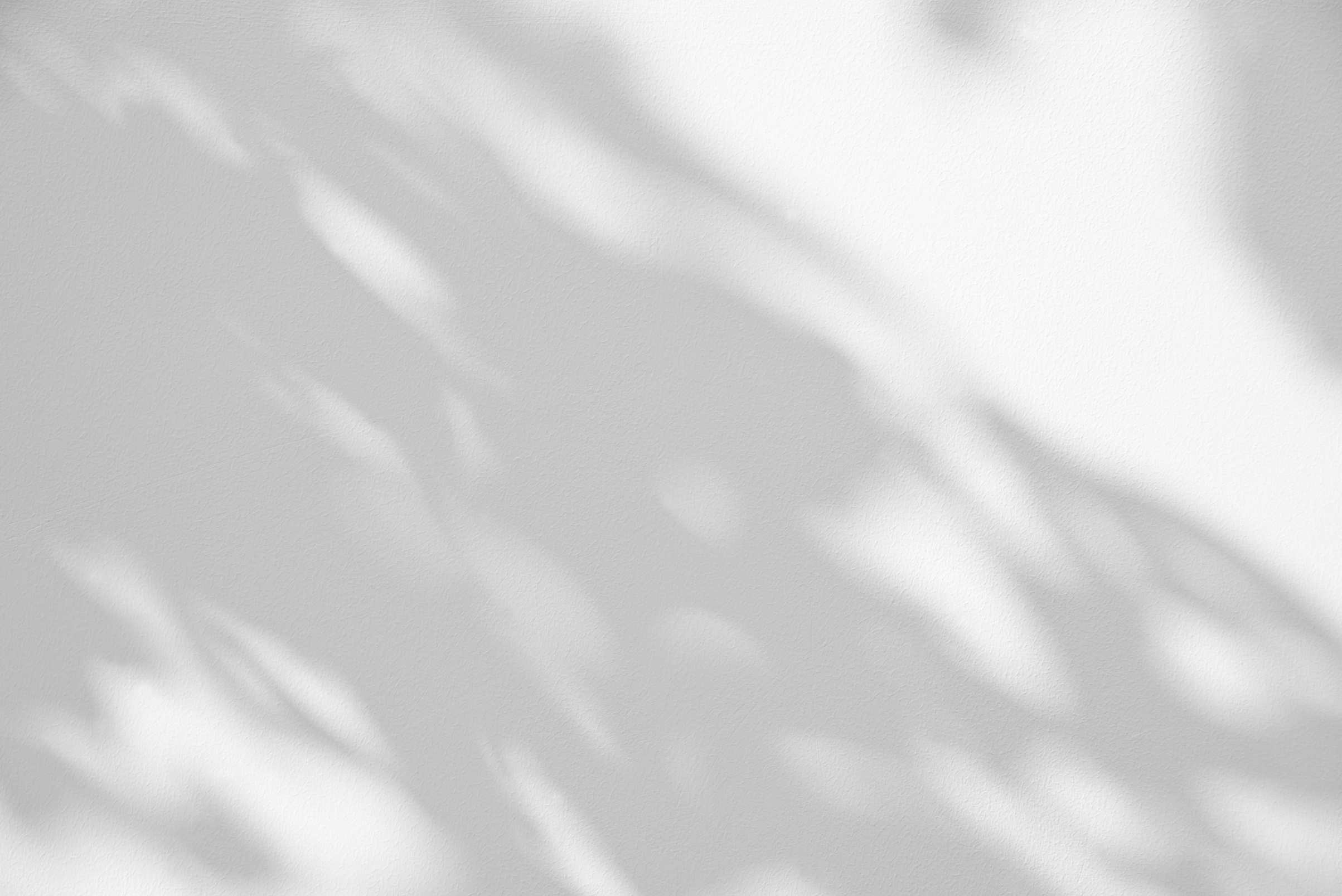
Please Note
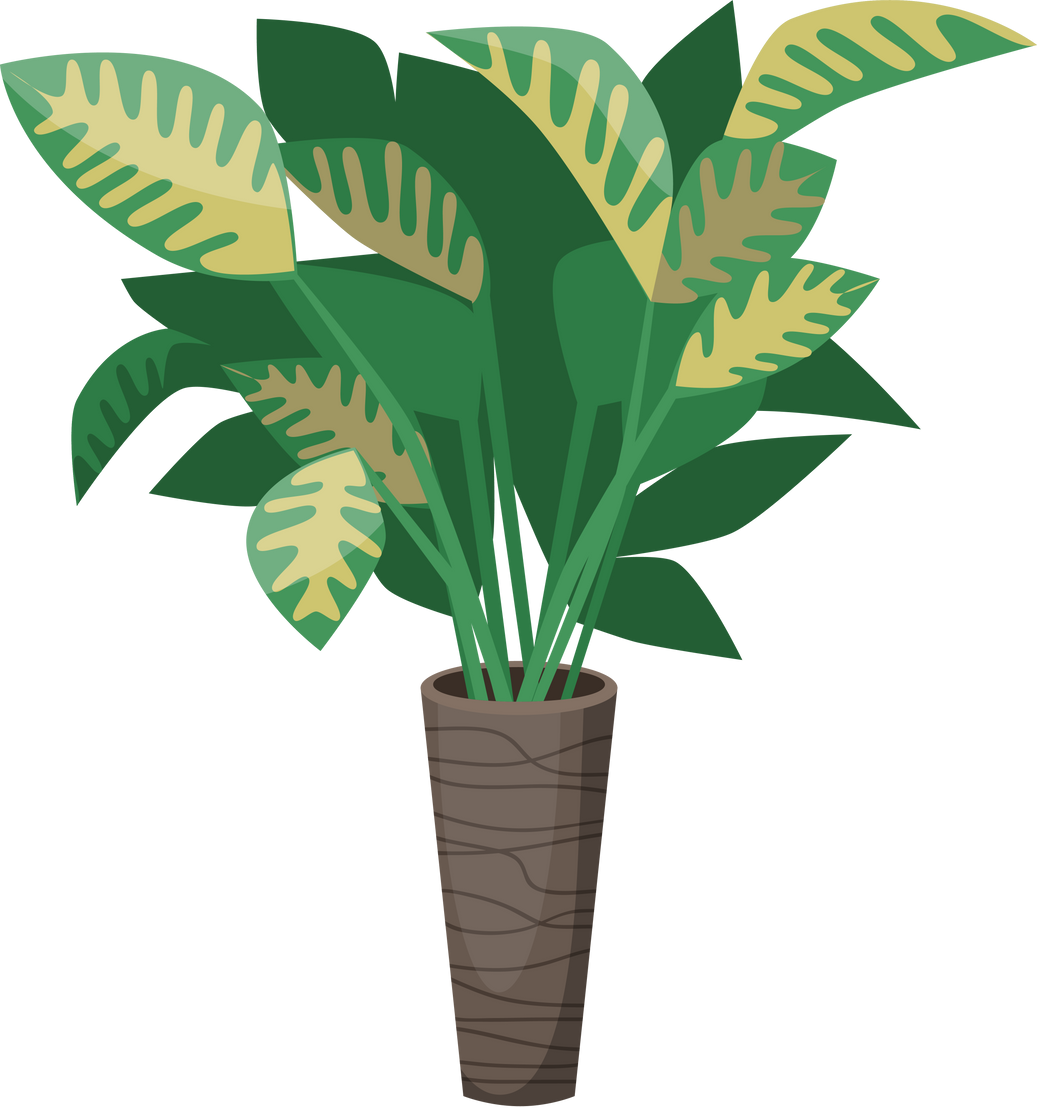
- All images are for reference only.
- Payment Options: Cash, Google Pay, Paytm, and Bank Transfer.
- Delivery Options: Self pickup and doorstep delivery. Delivery cost are based on actuals. Delivery Date will be confirmed at the time of order.
- Free delivery Pan-India on order value above Rs.5000
- Plant prices are based on actuals and hence, can be disclosed only in real time.
- Planters are subject to availability - please reach out to us for available planters.

Contact Us

Follow us on social media


